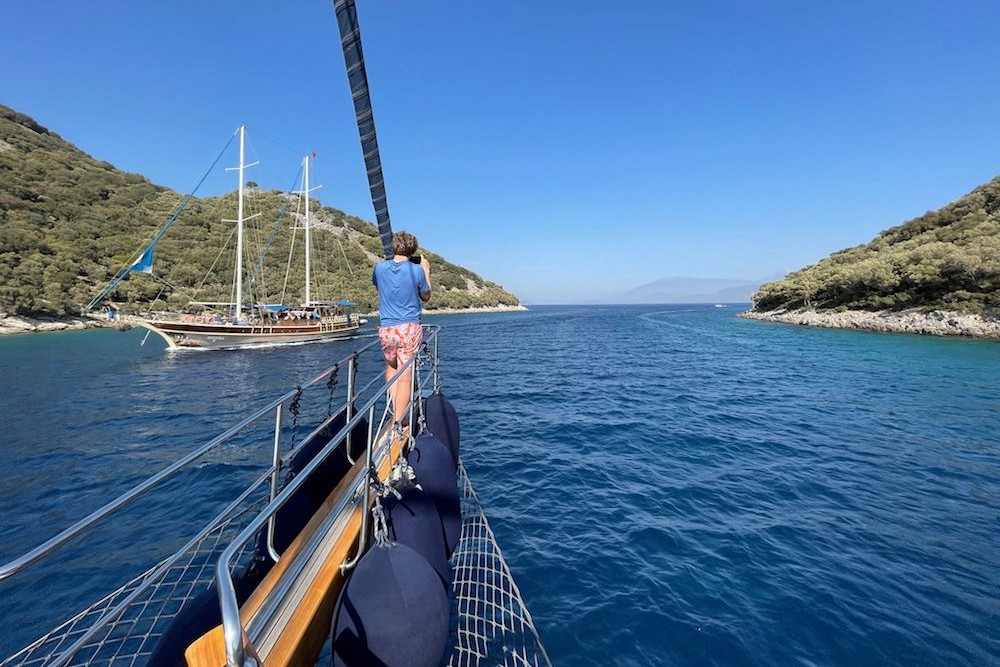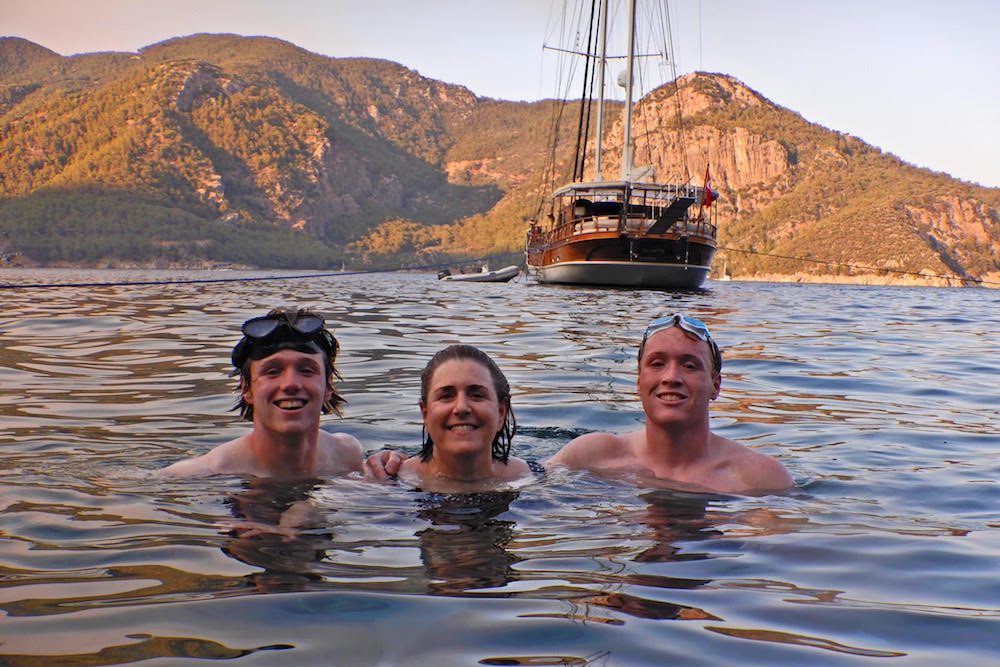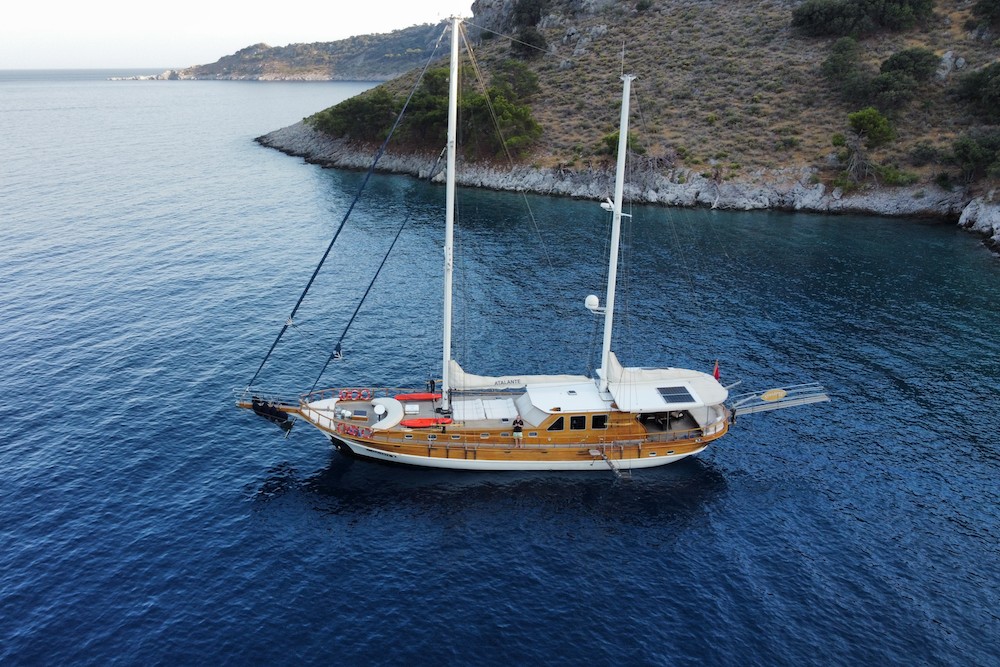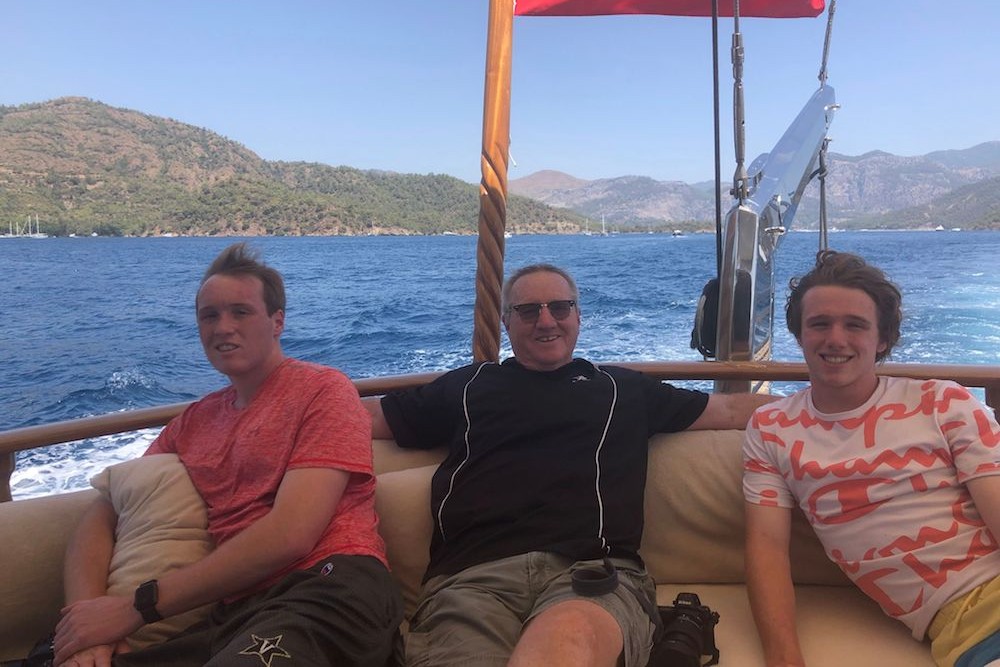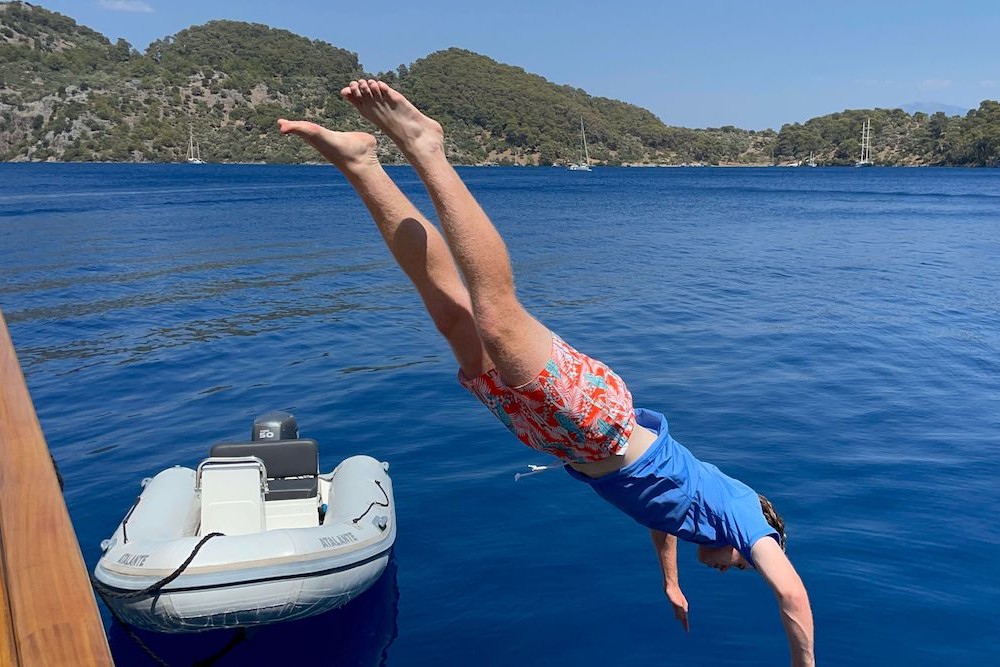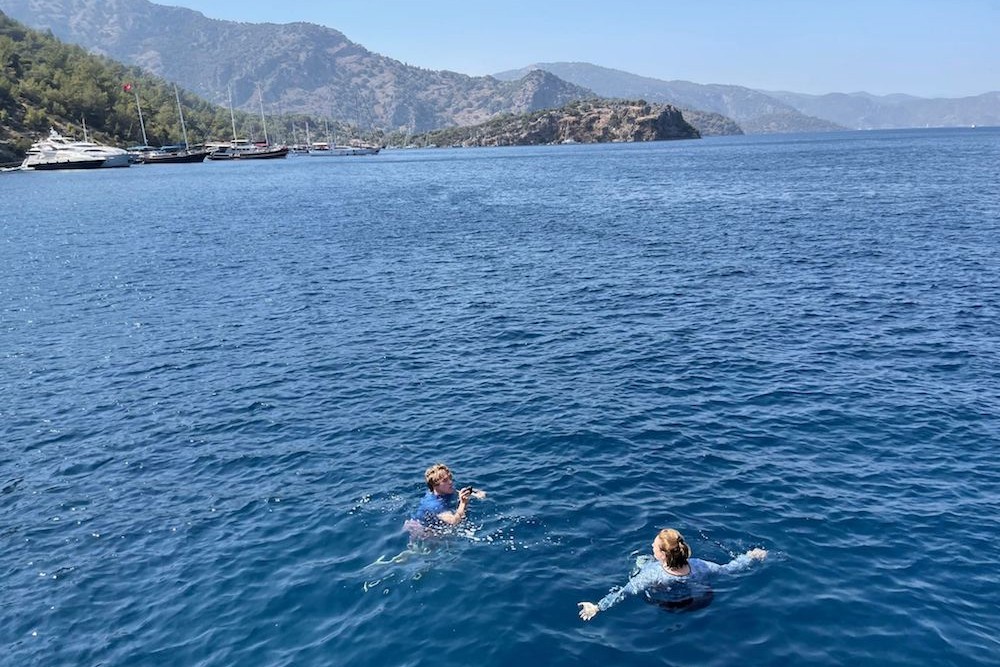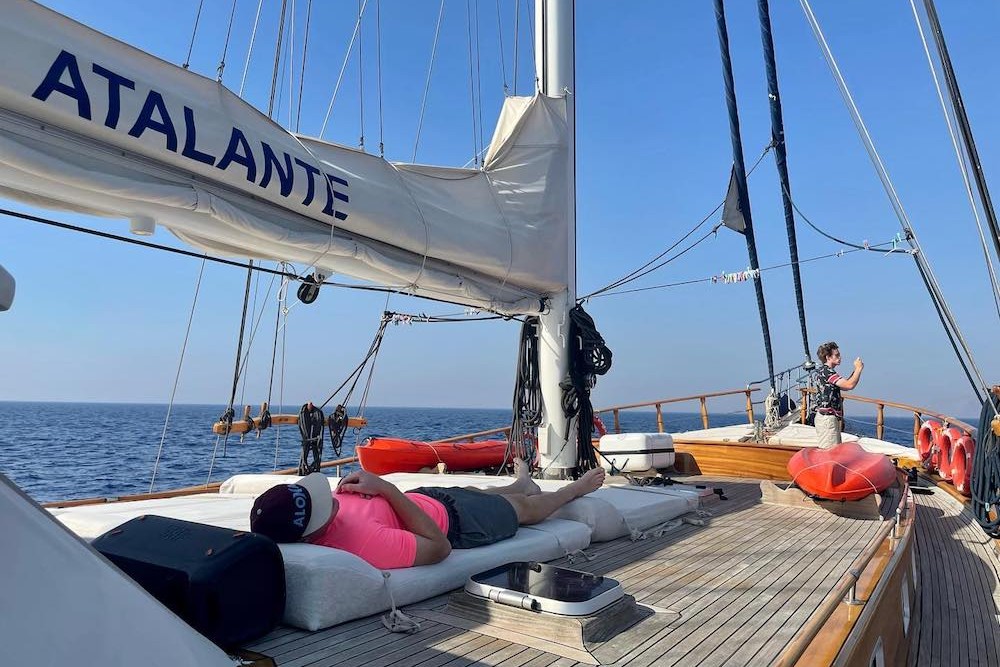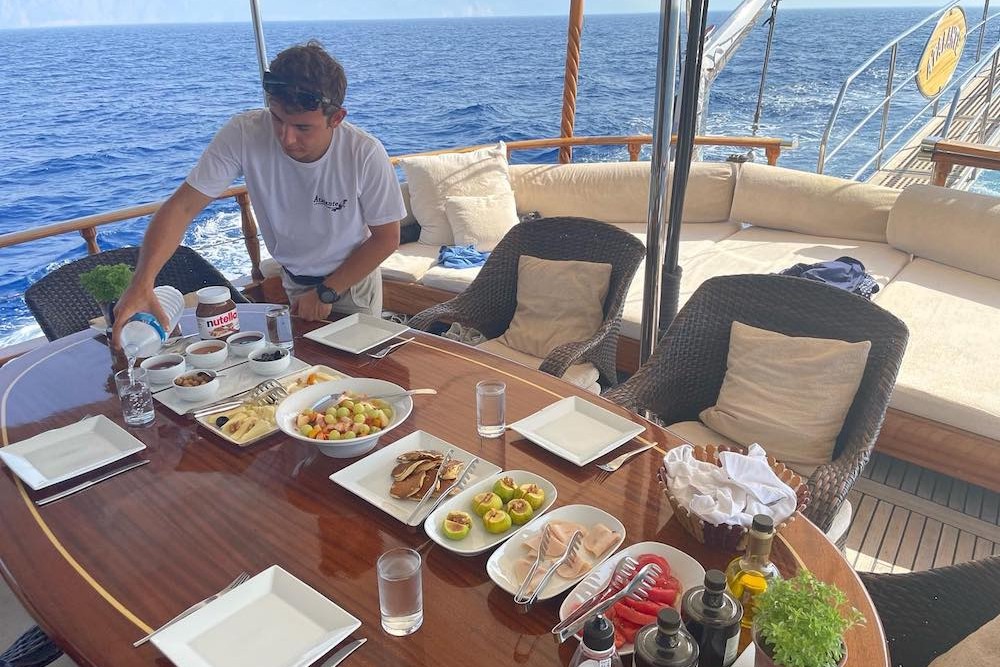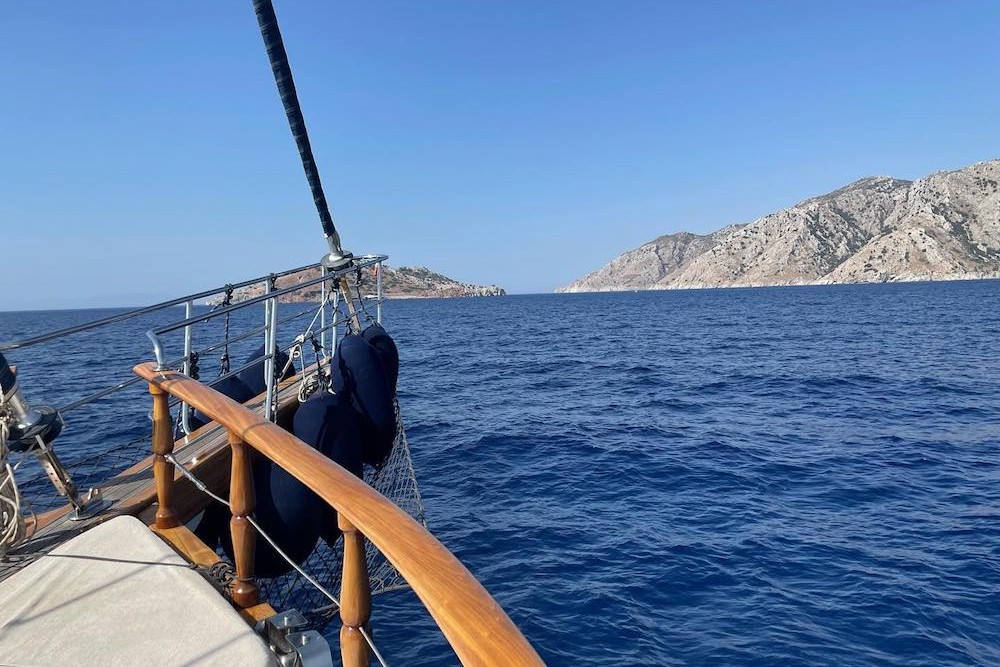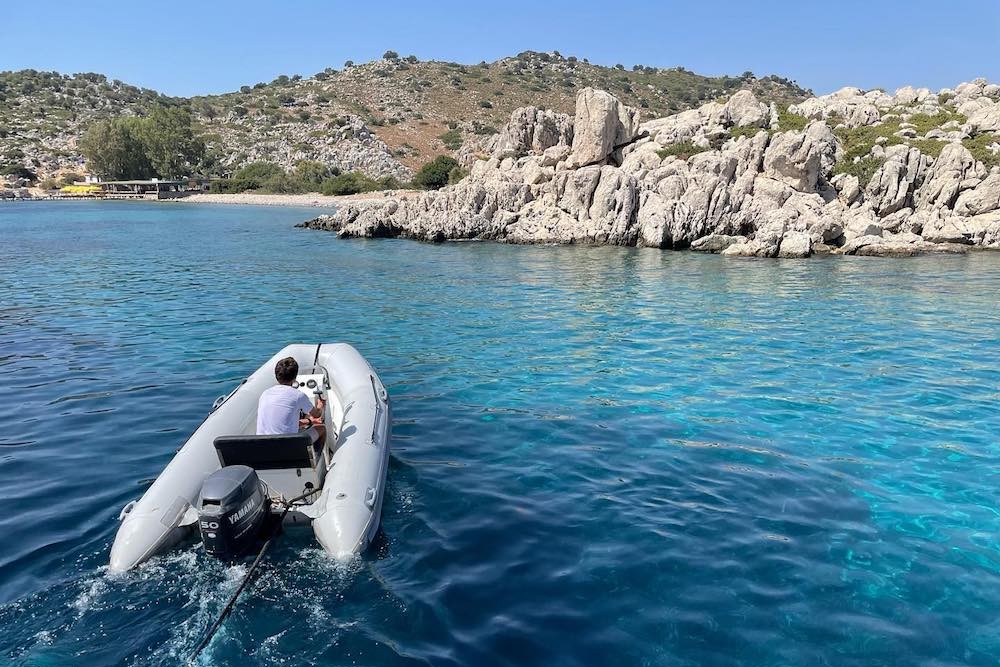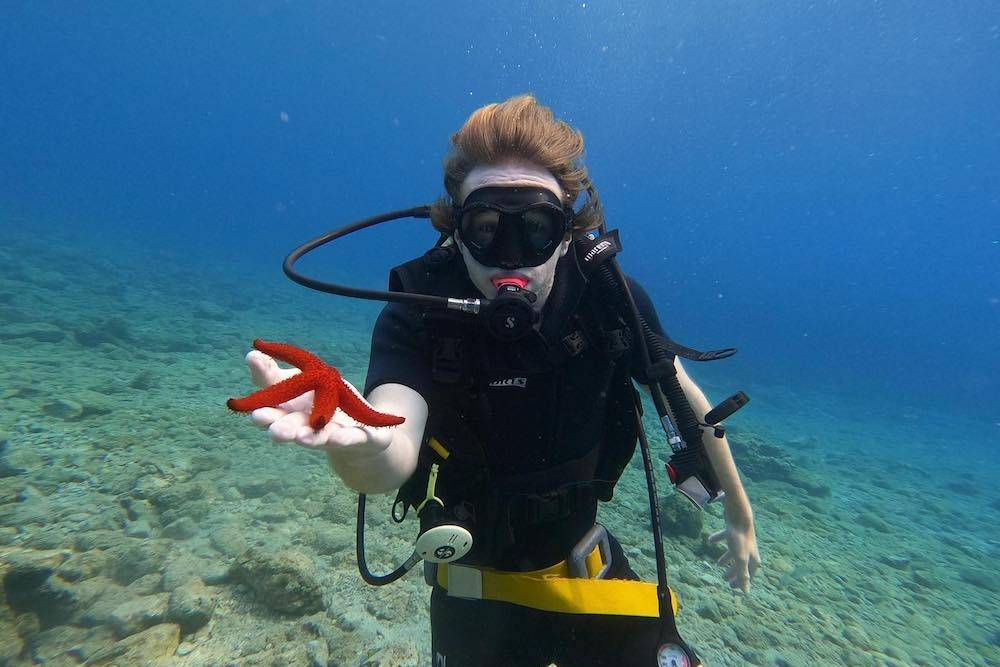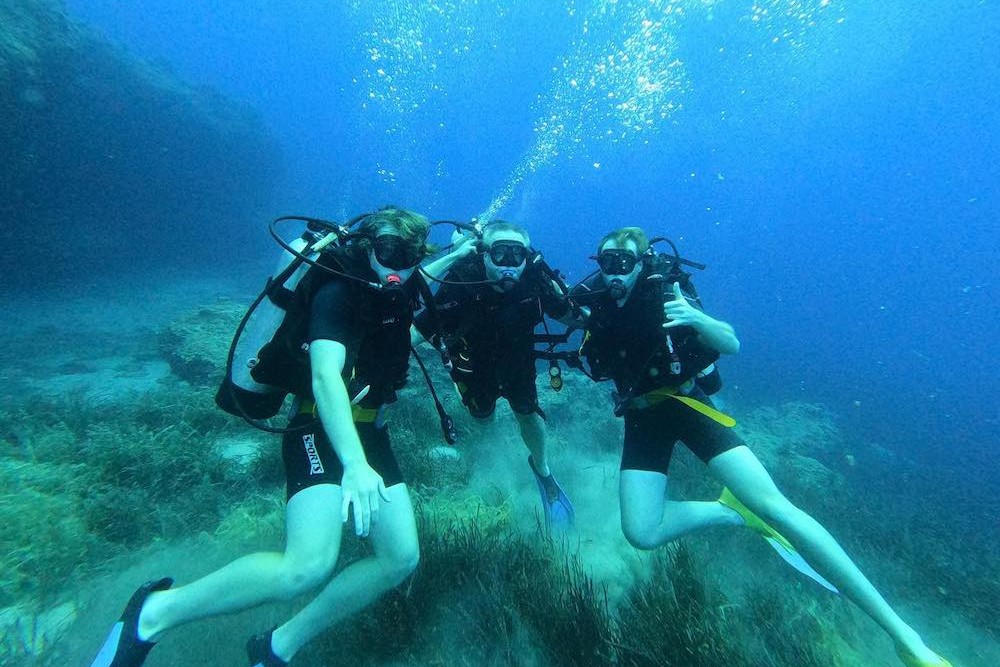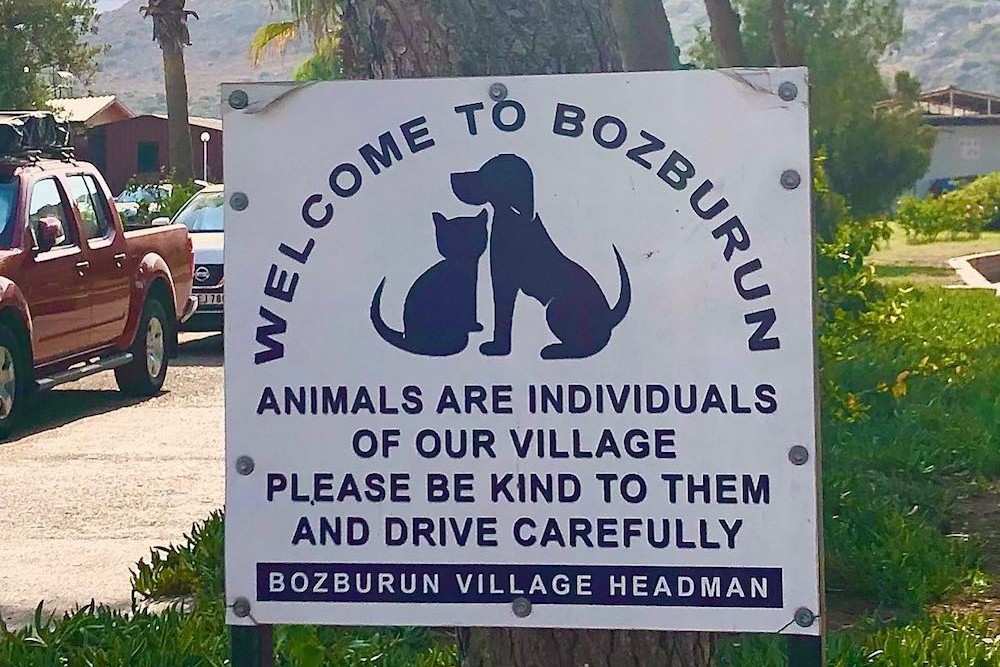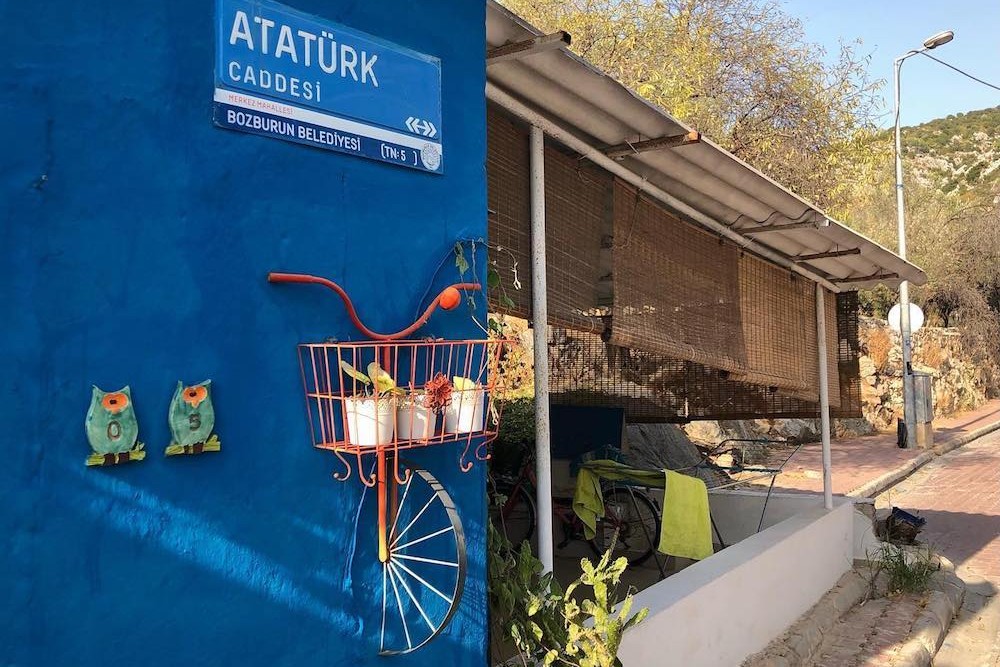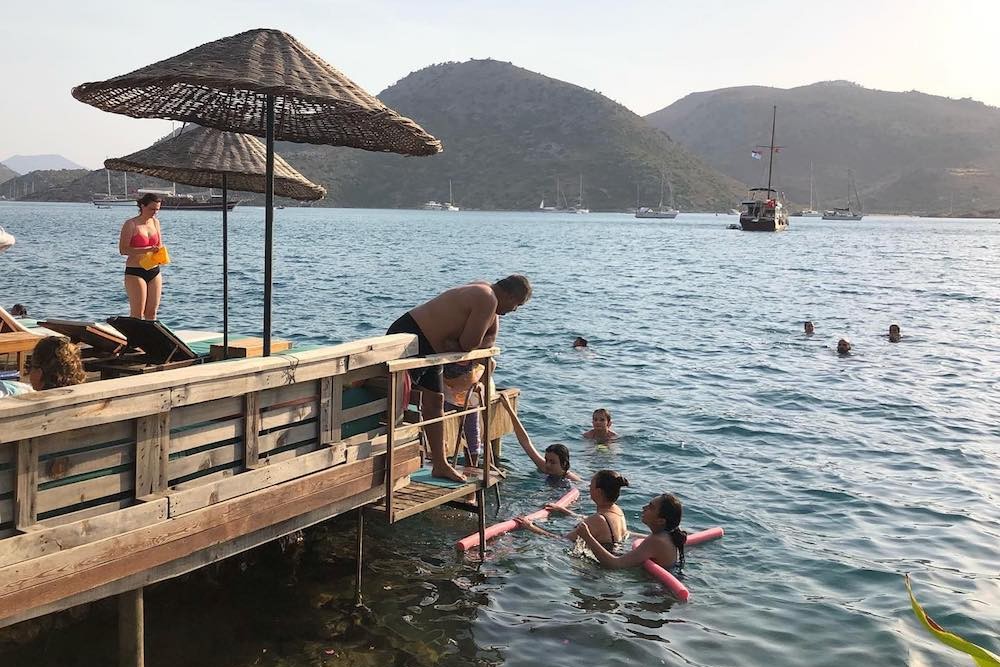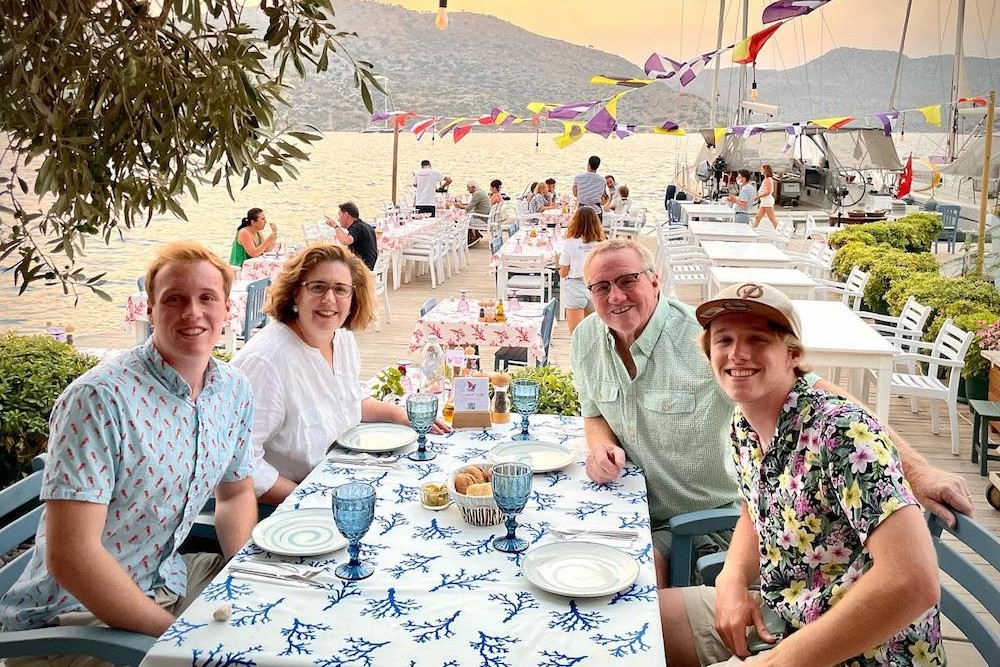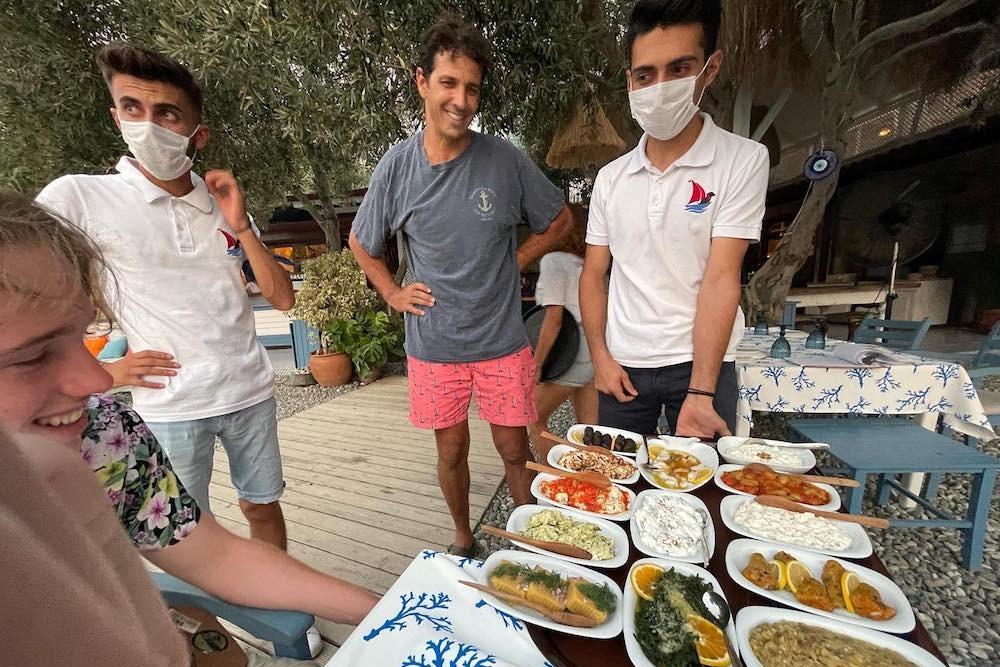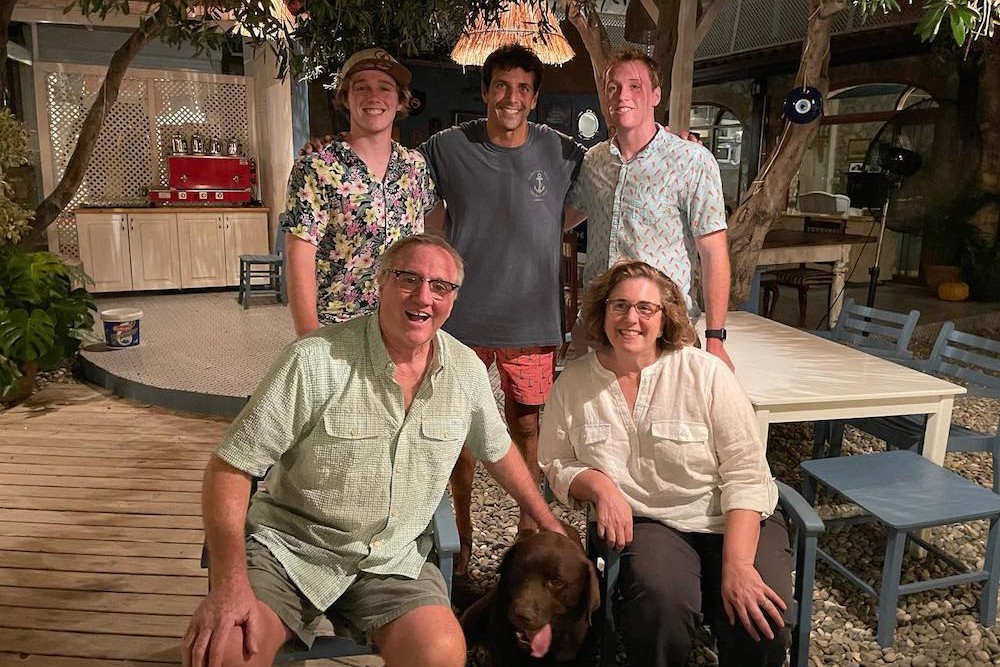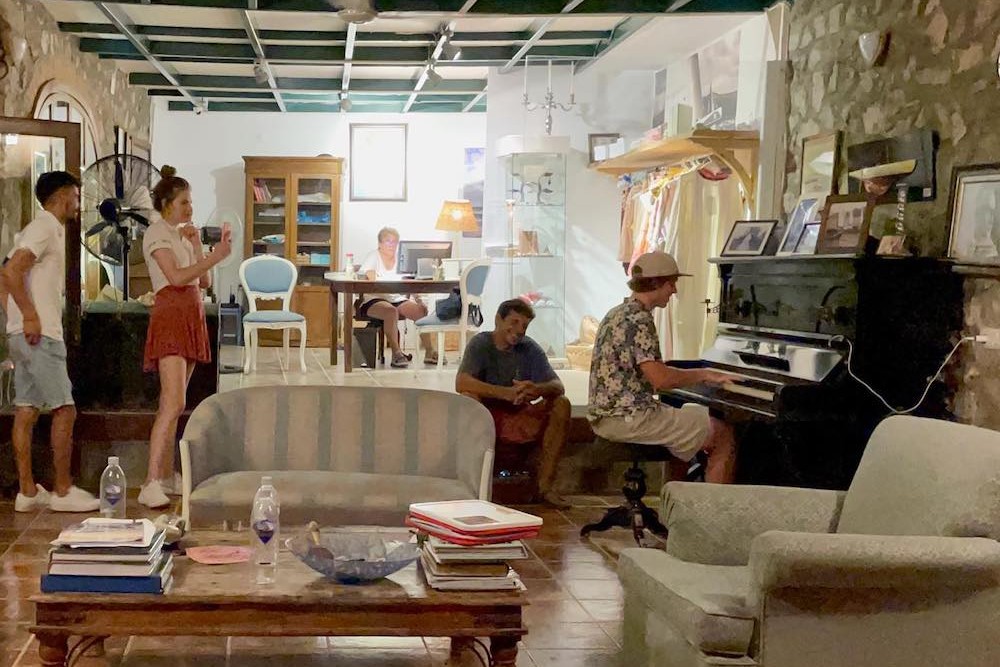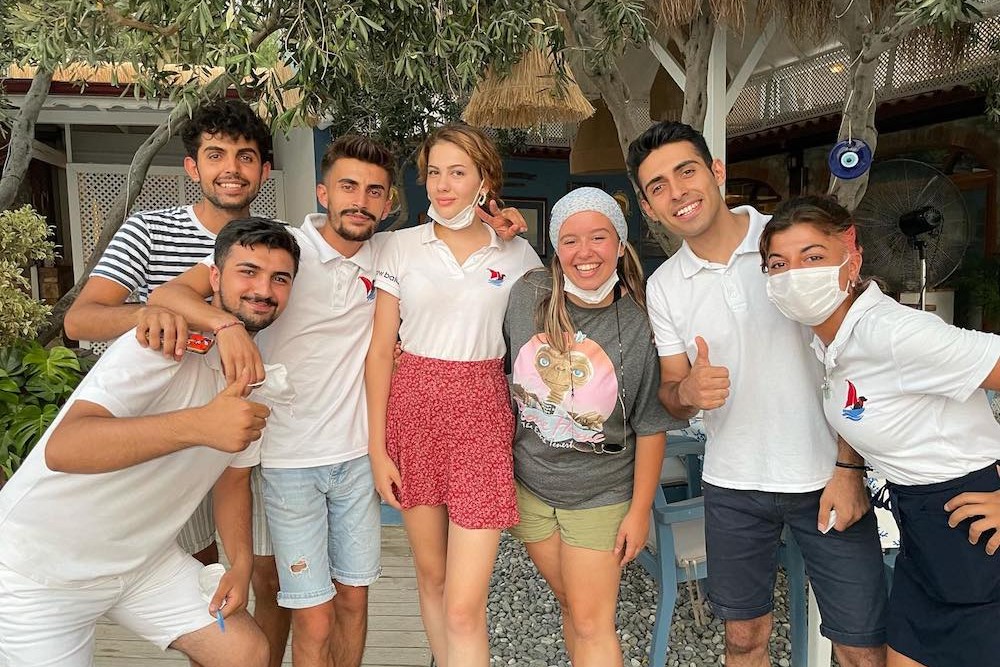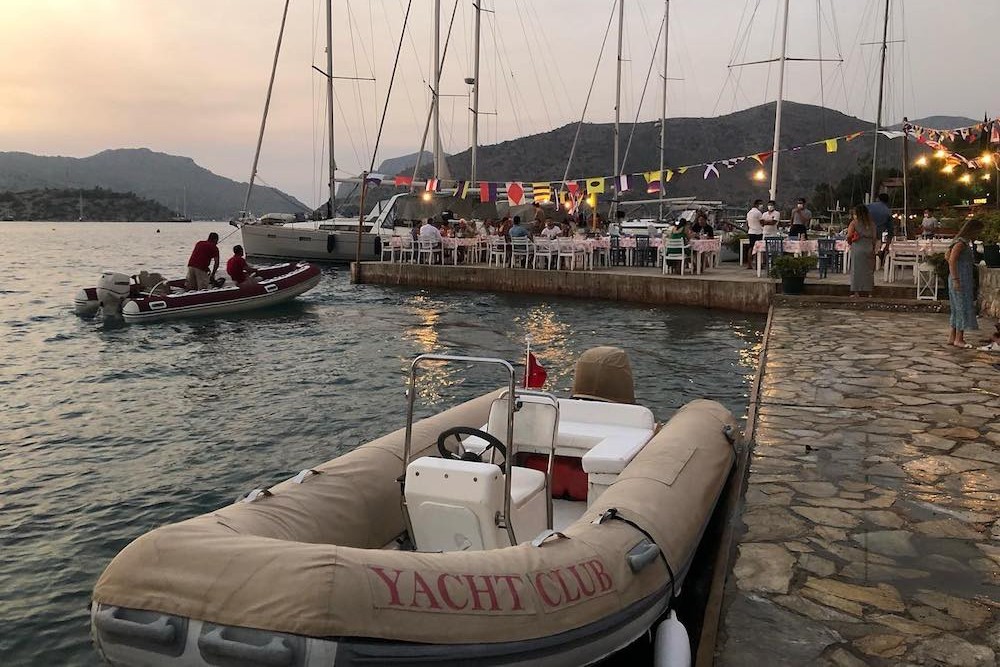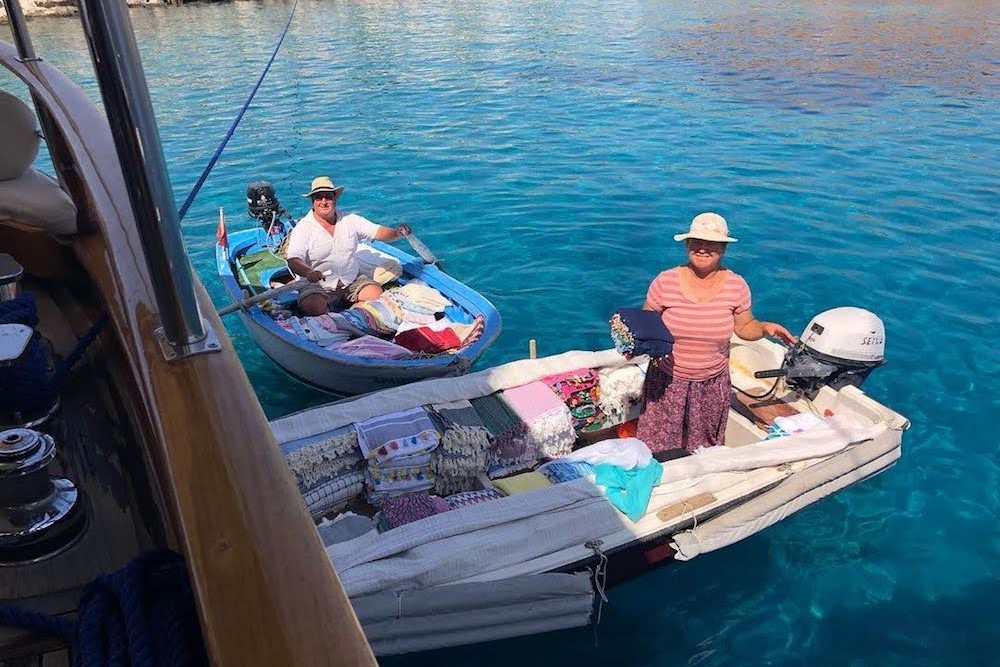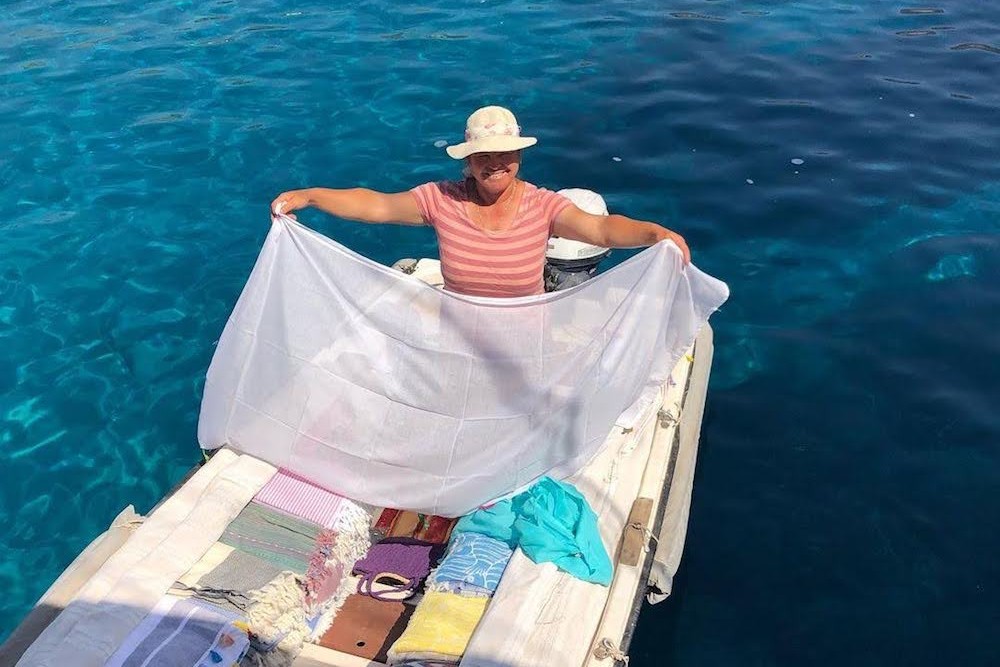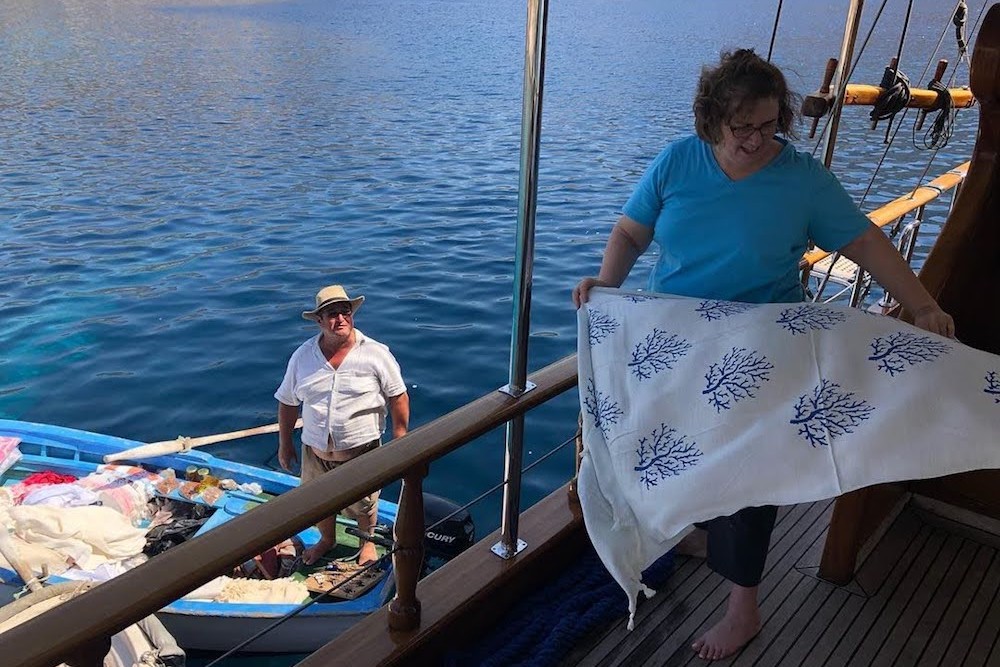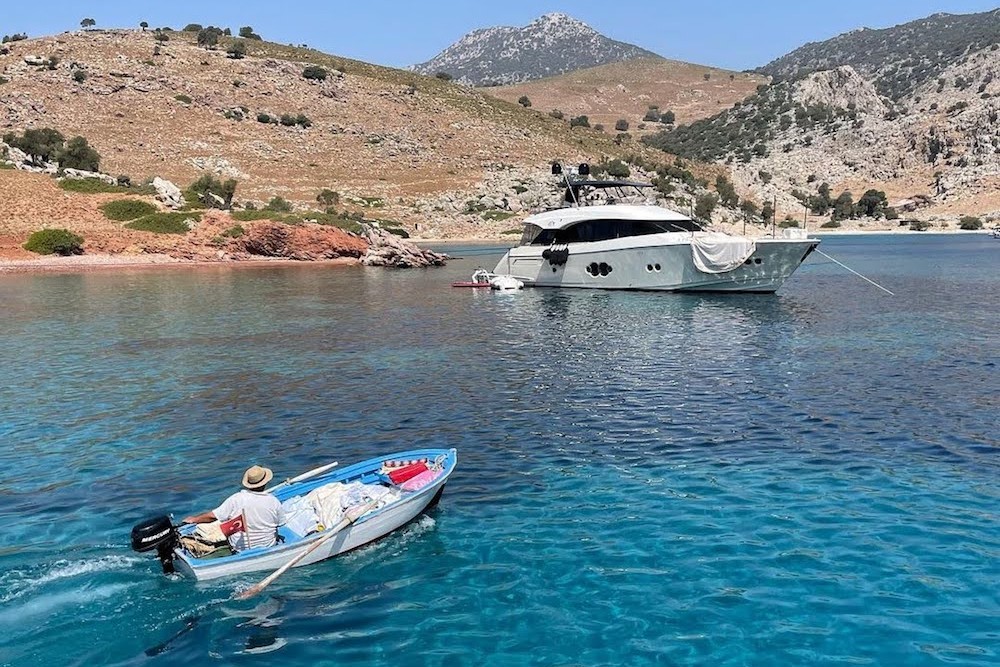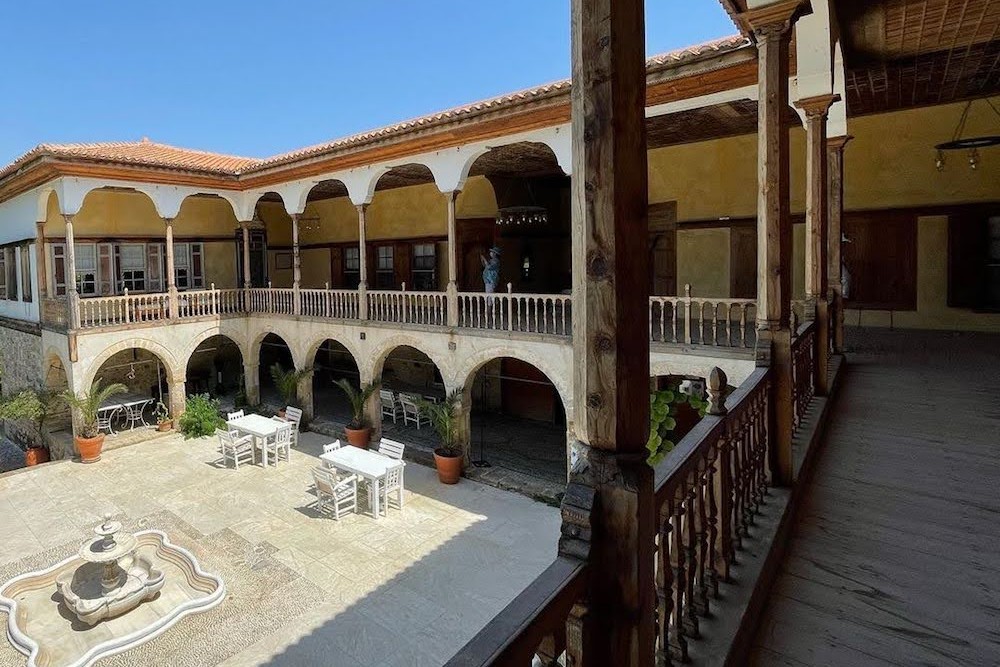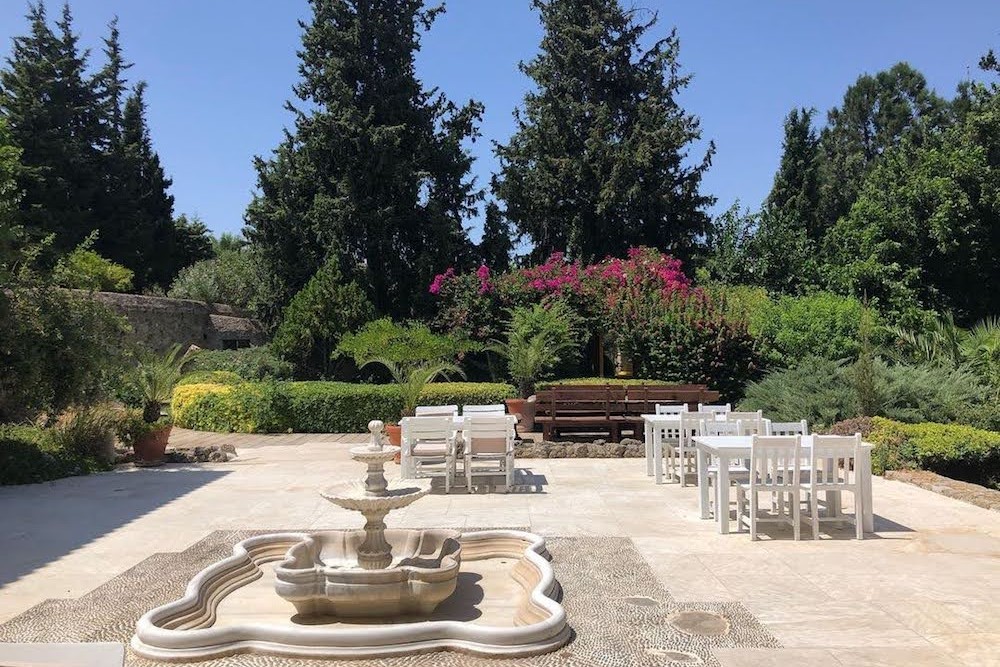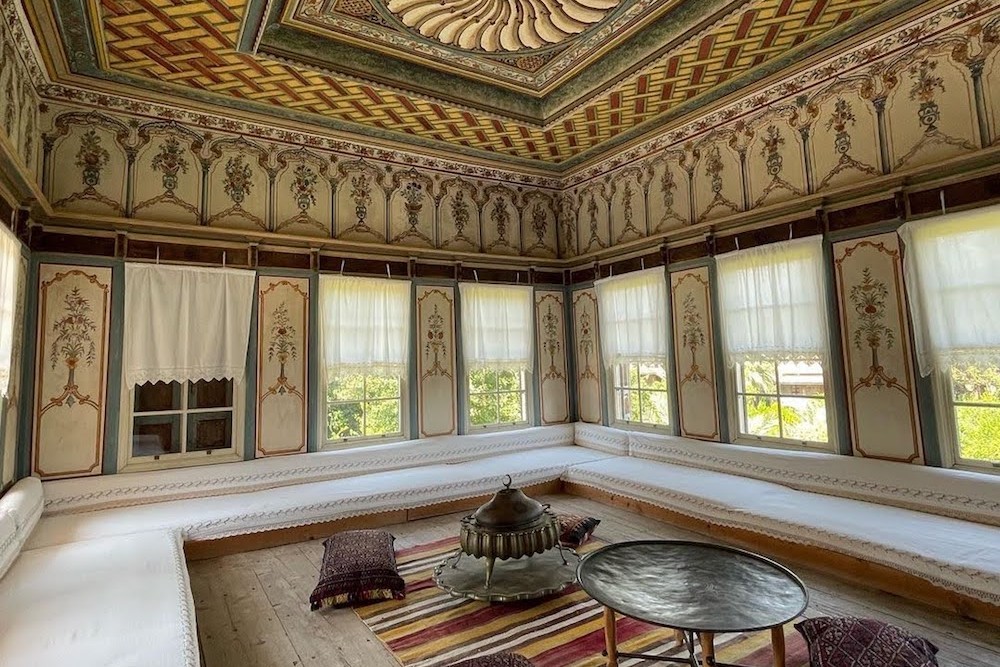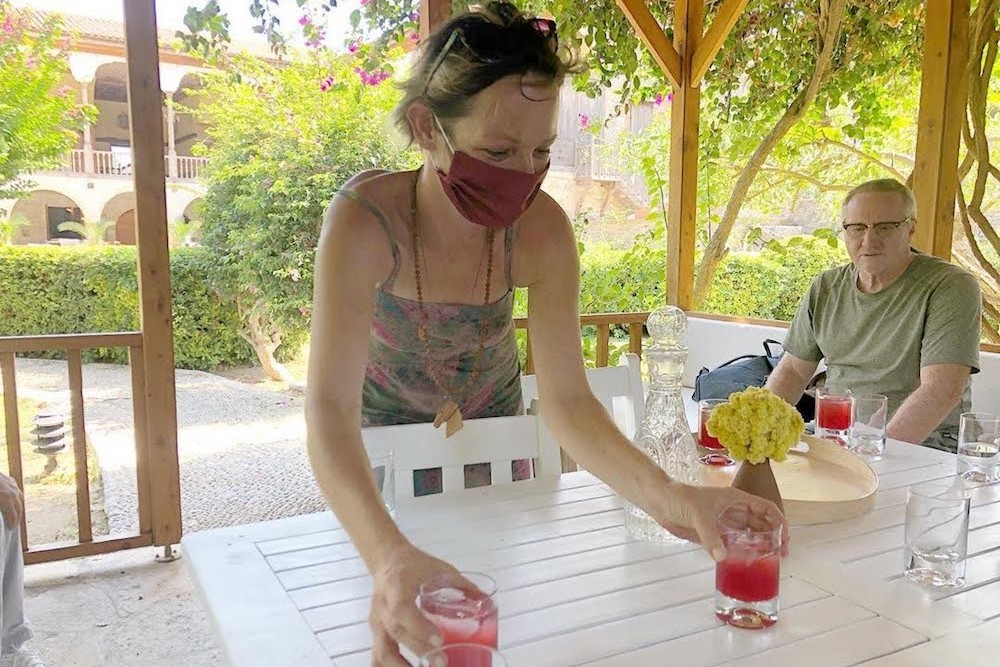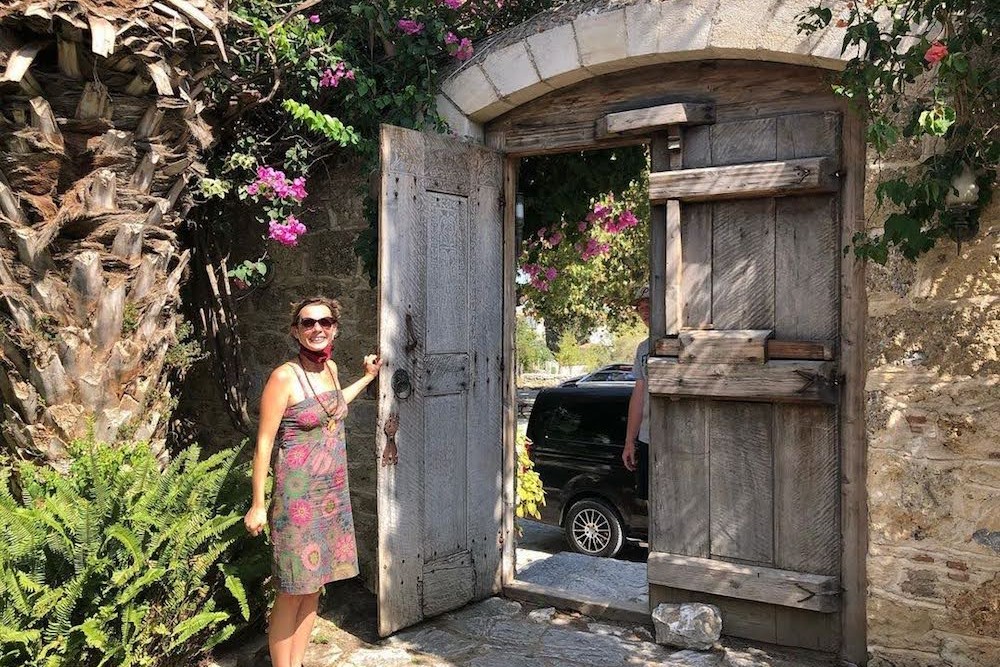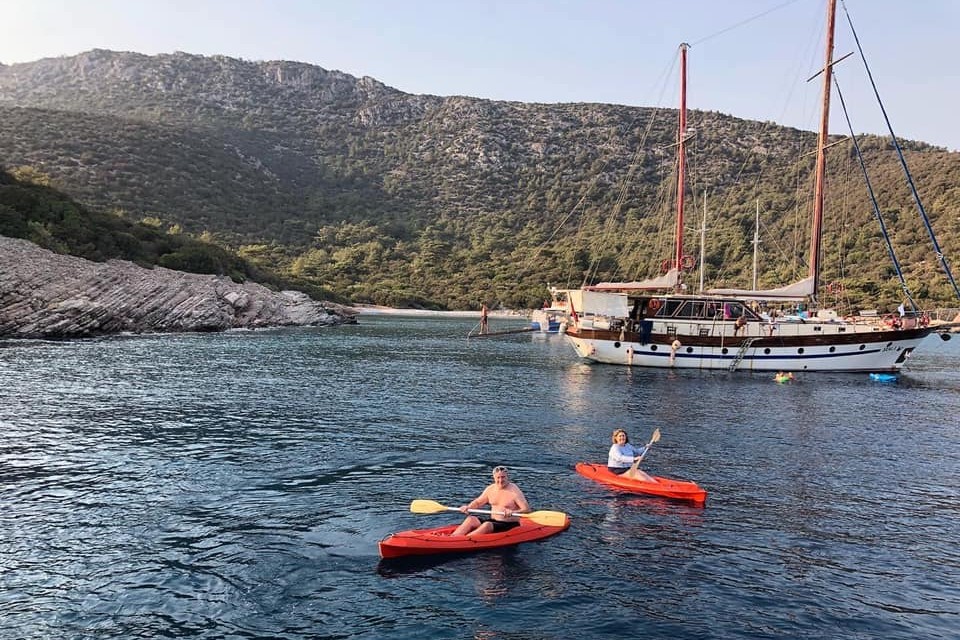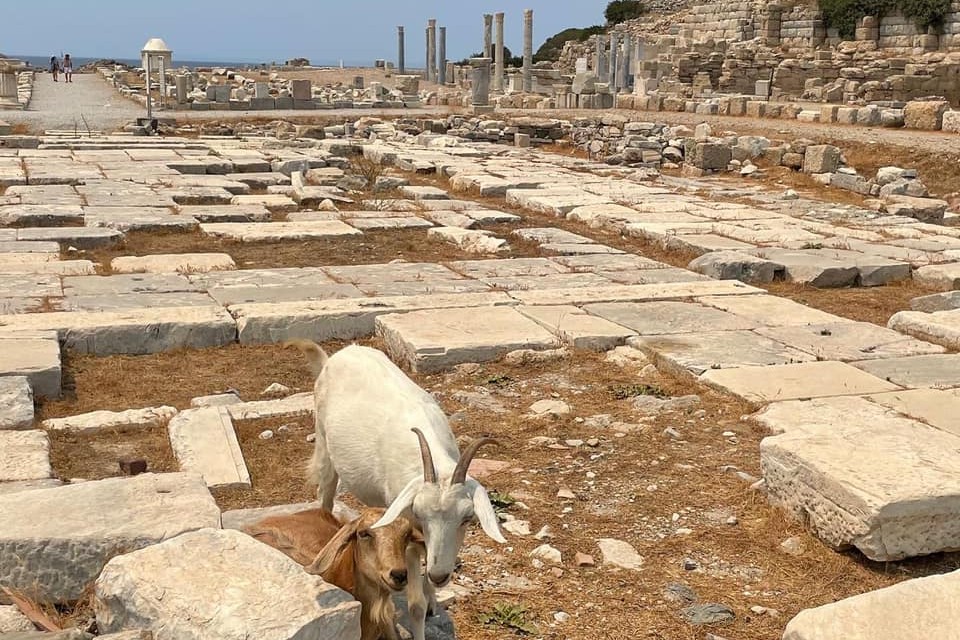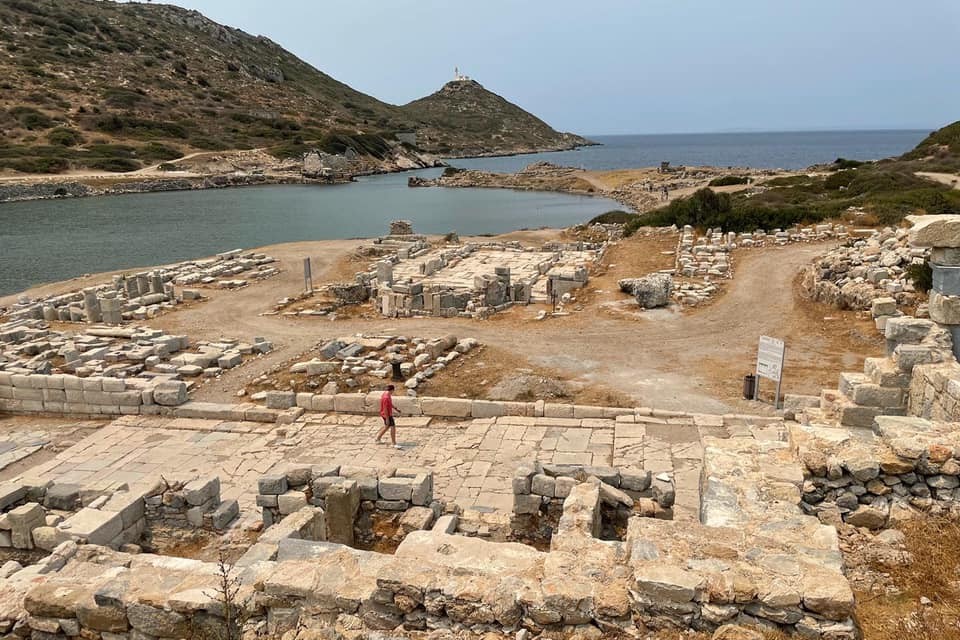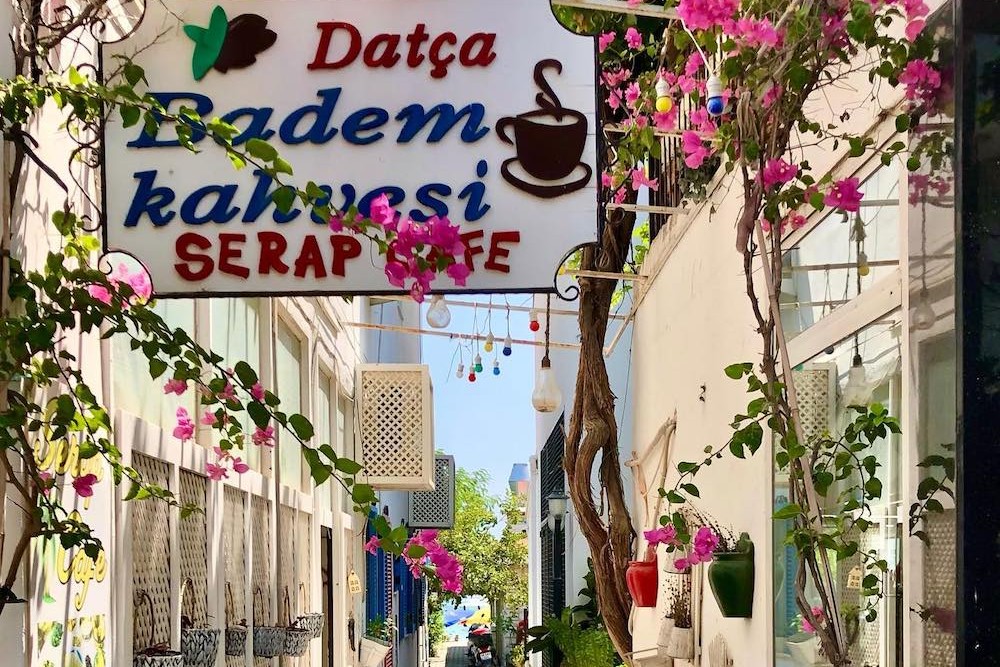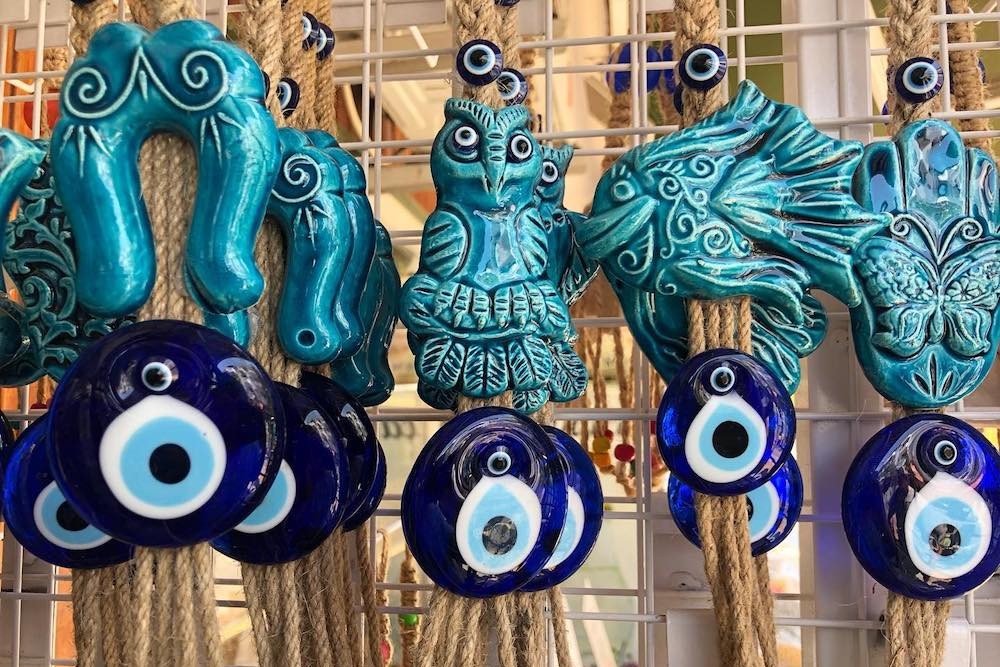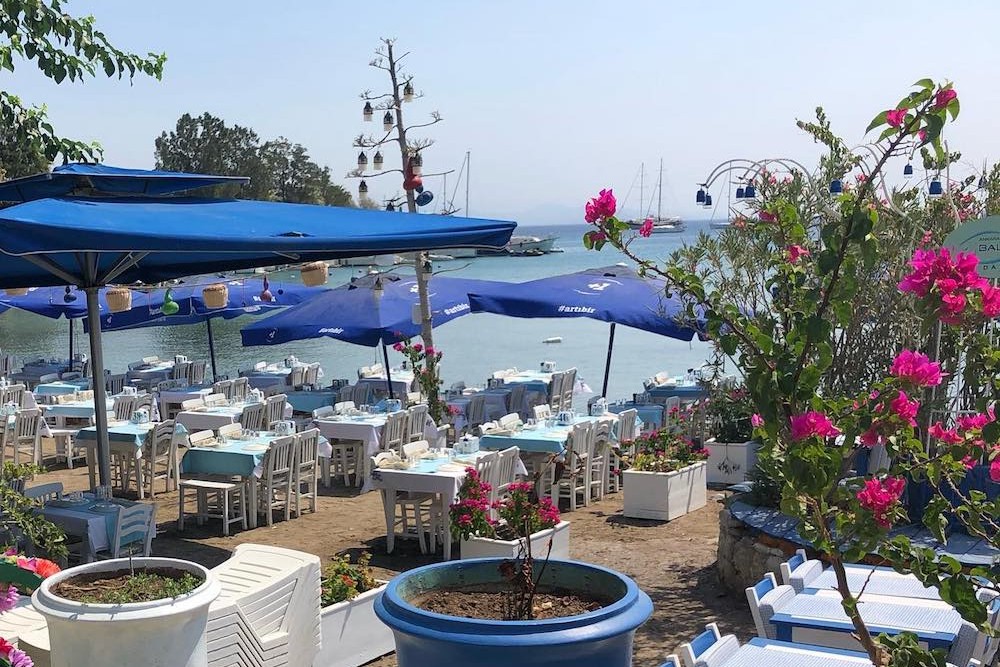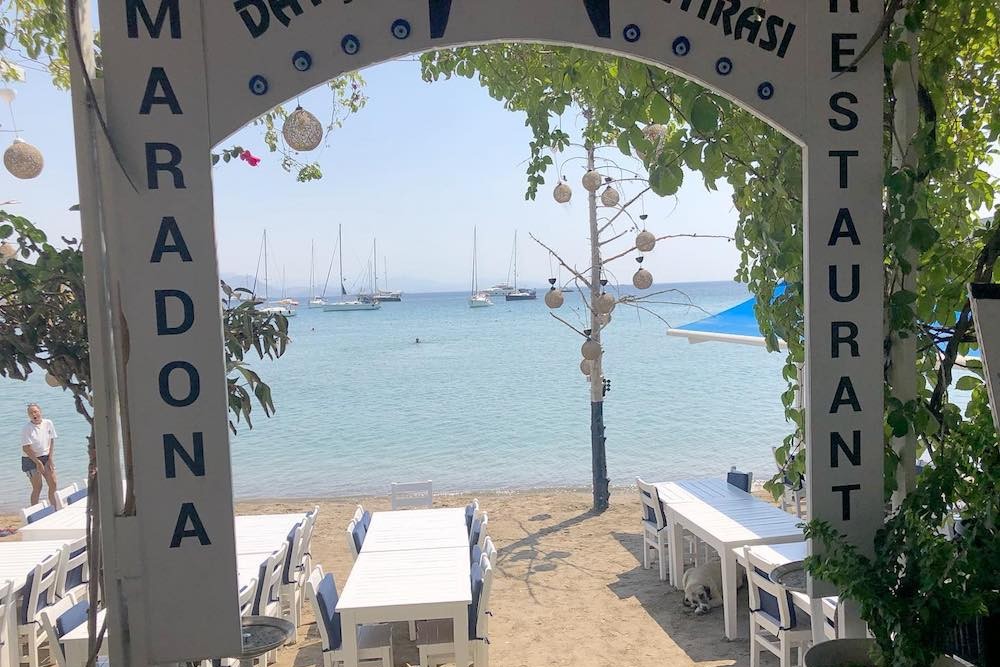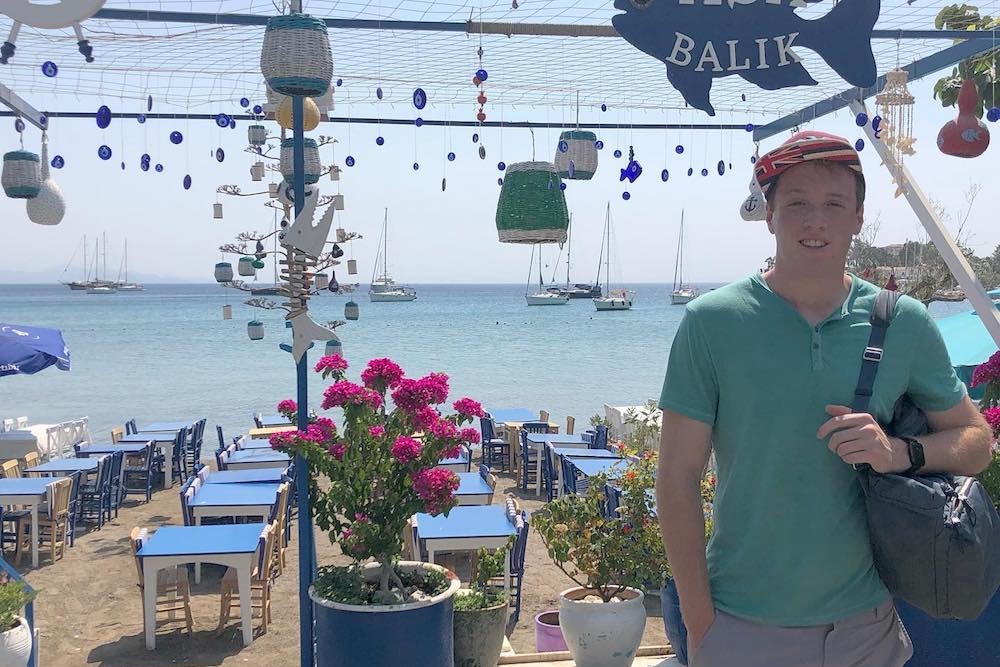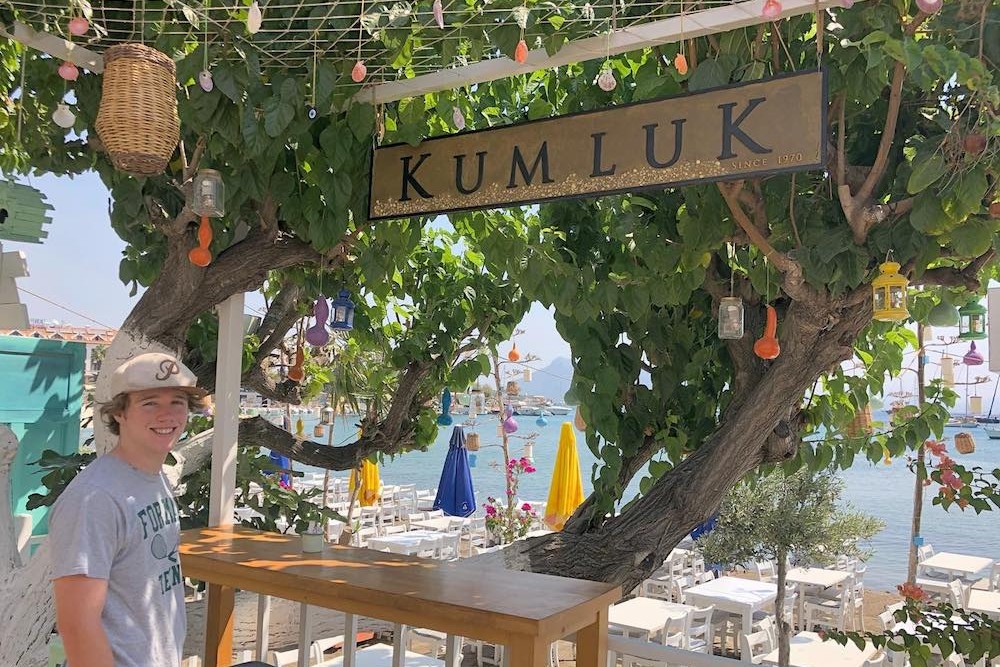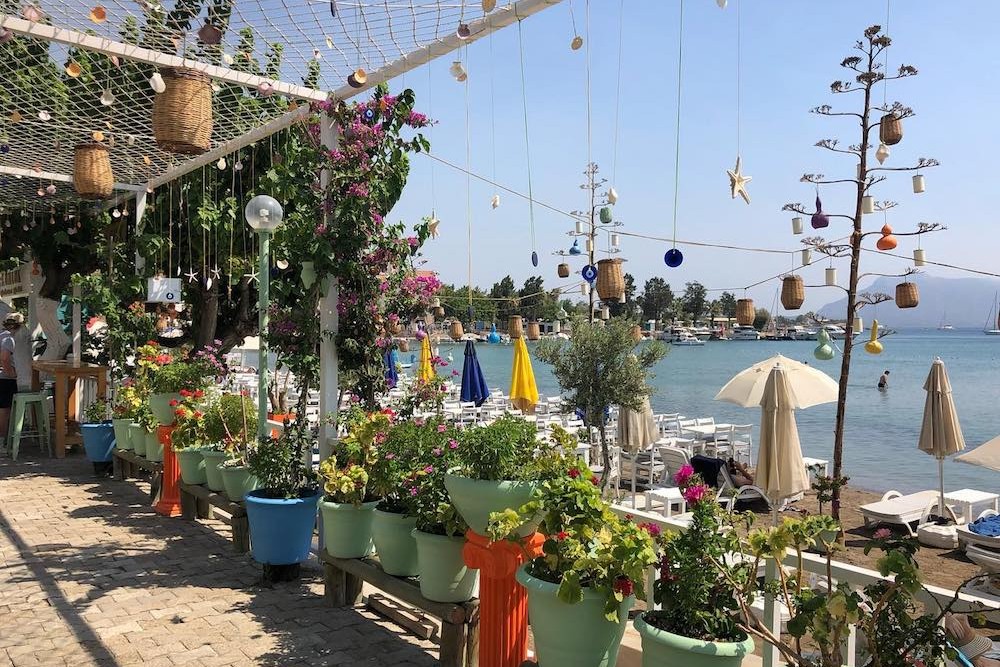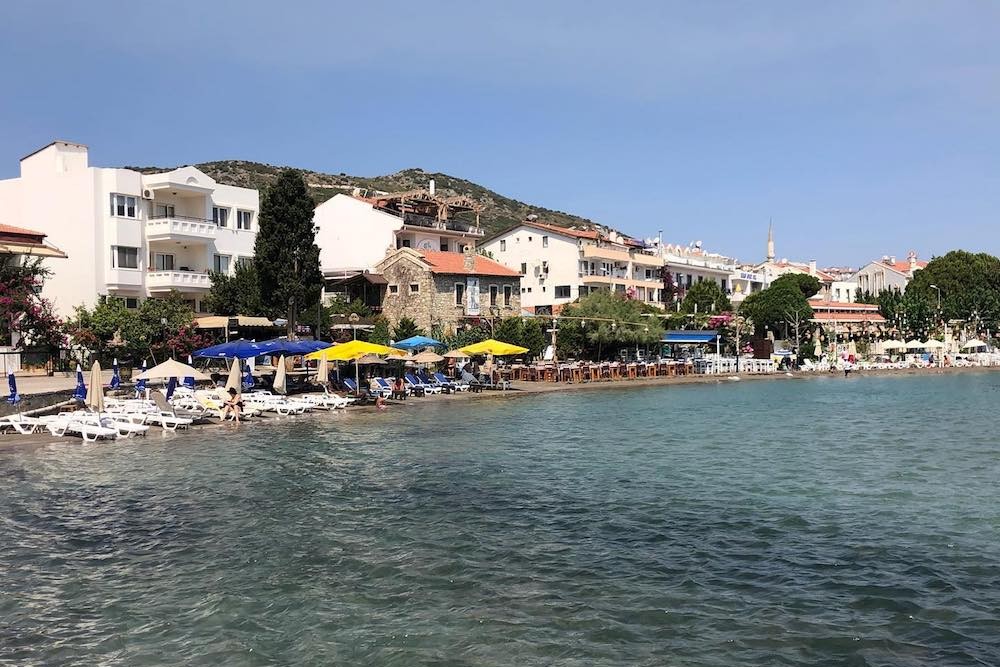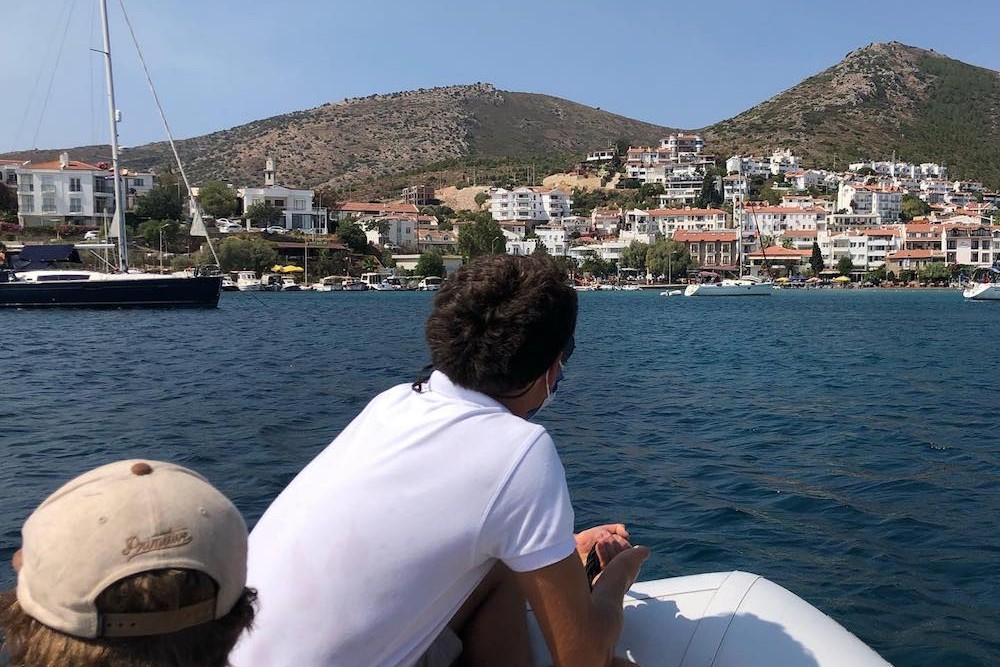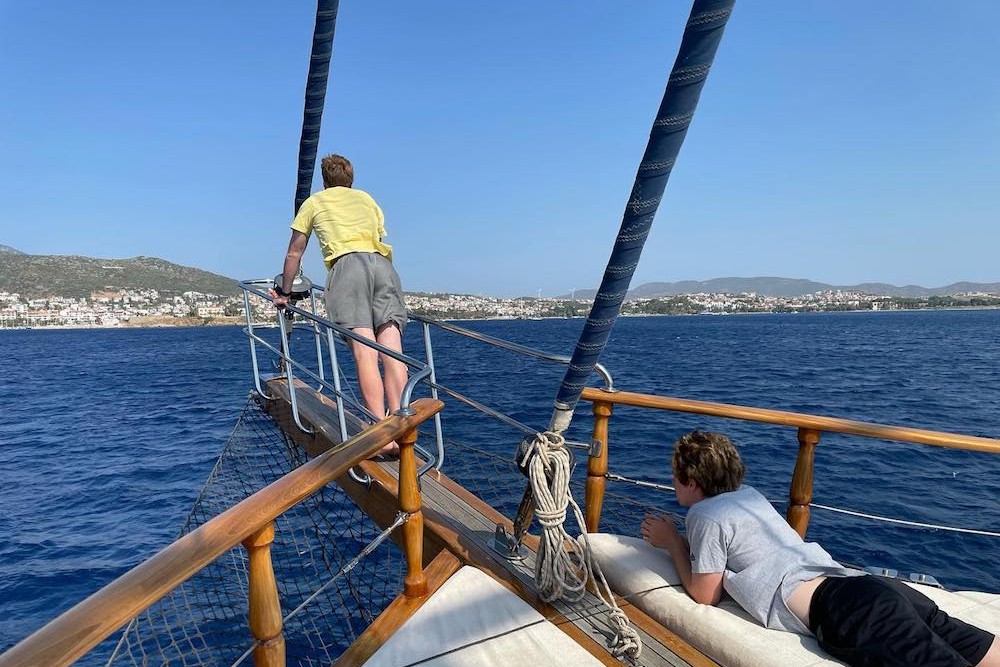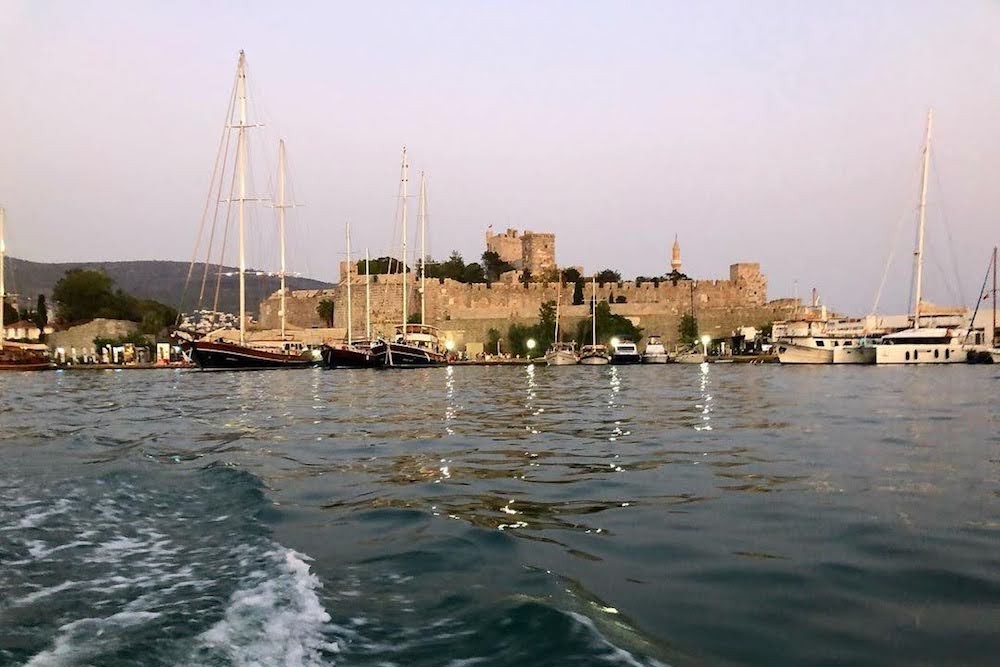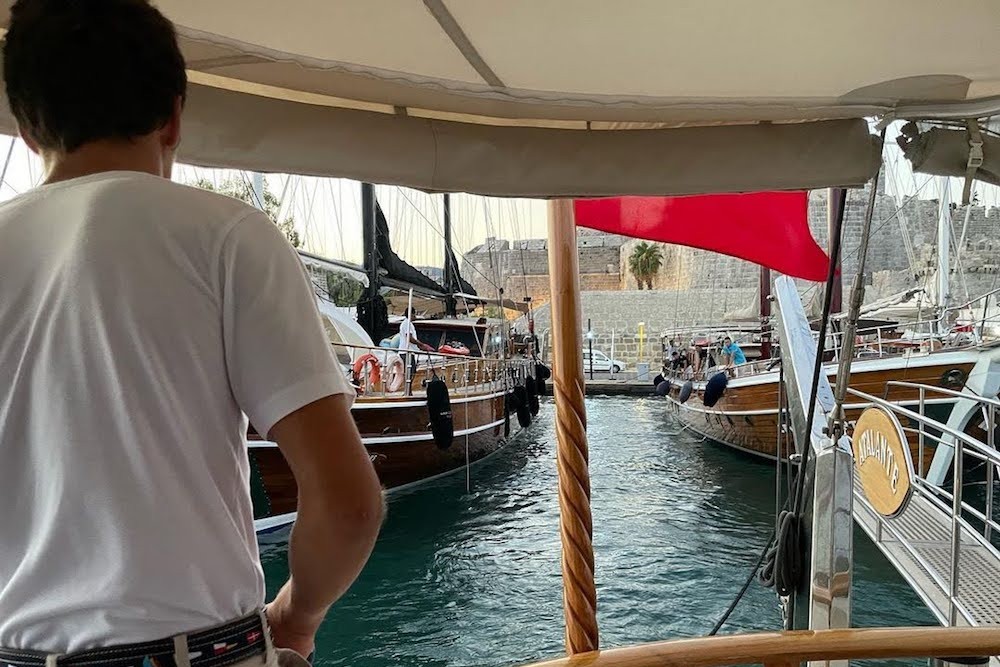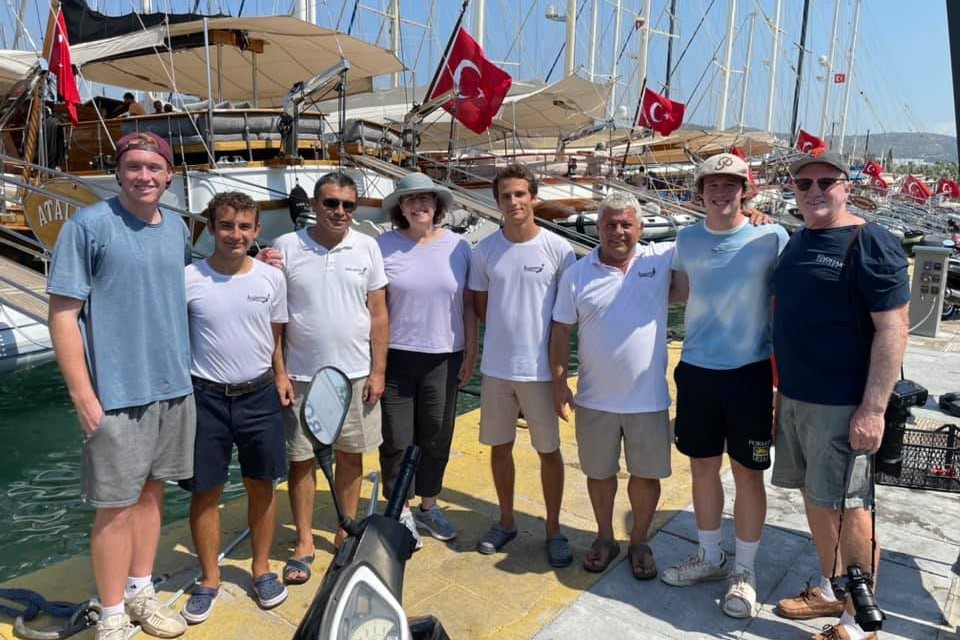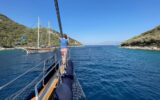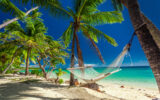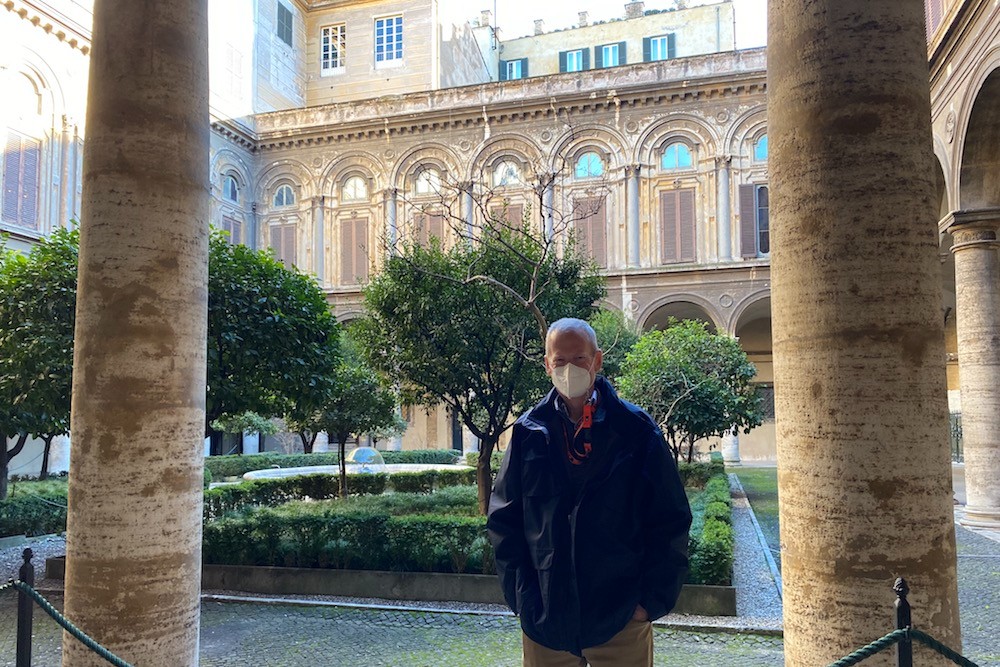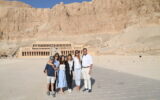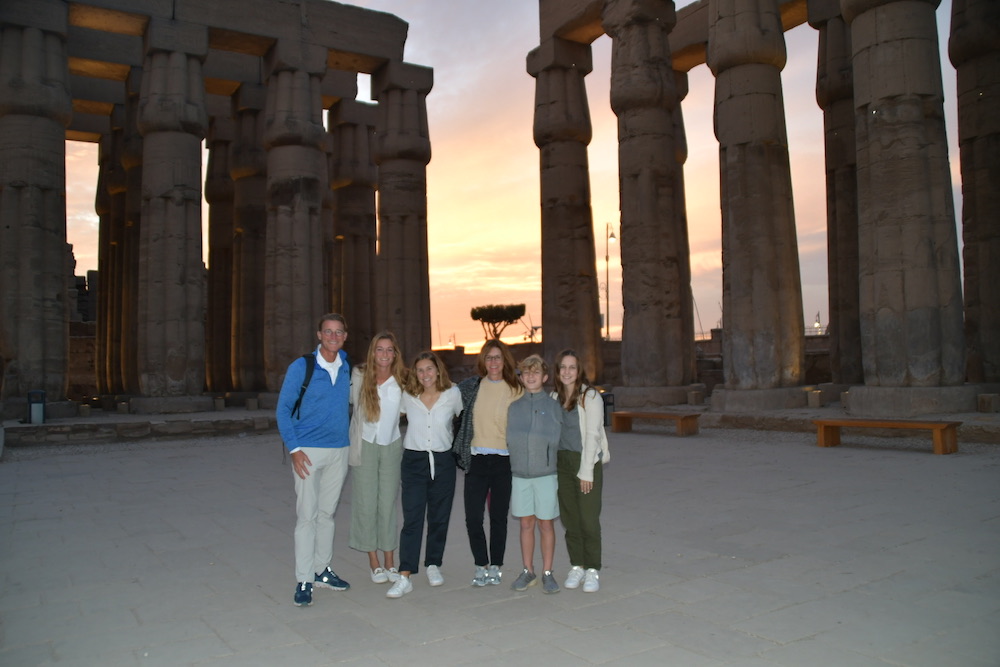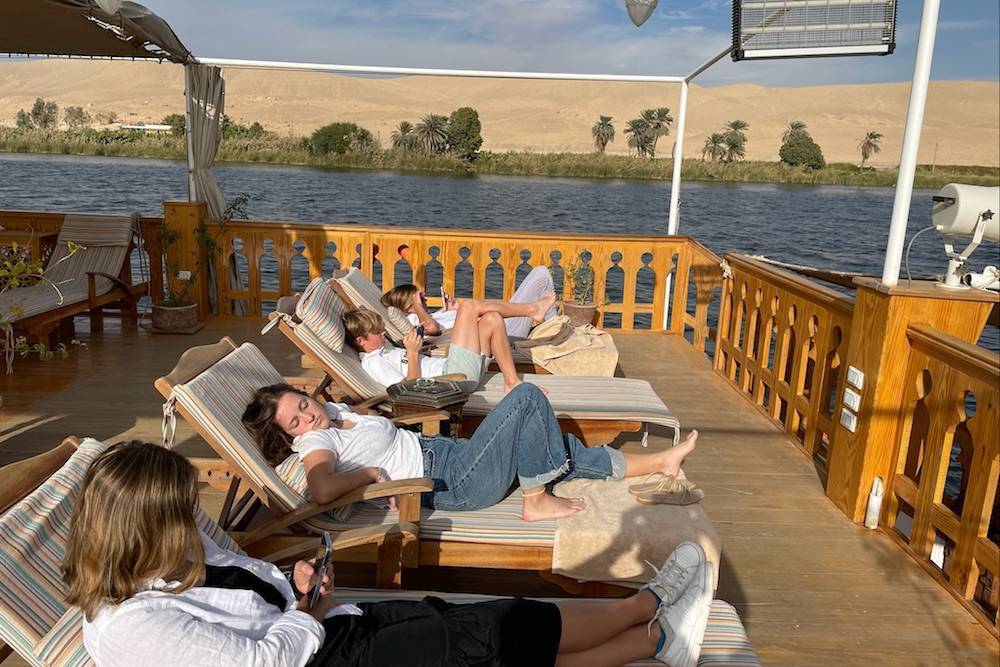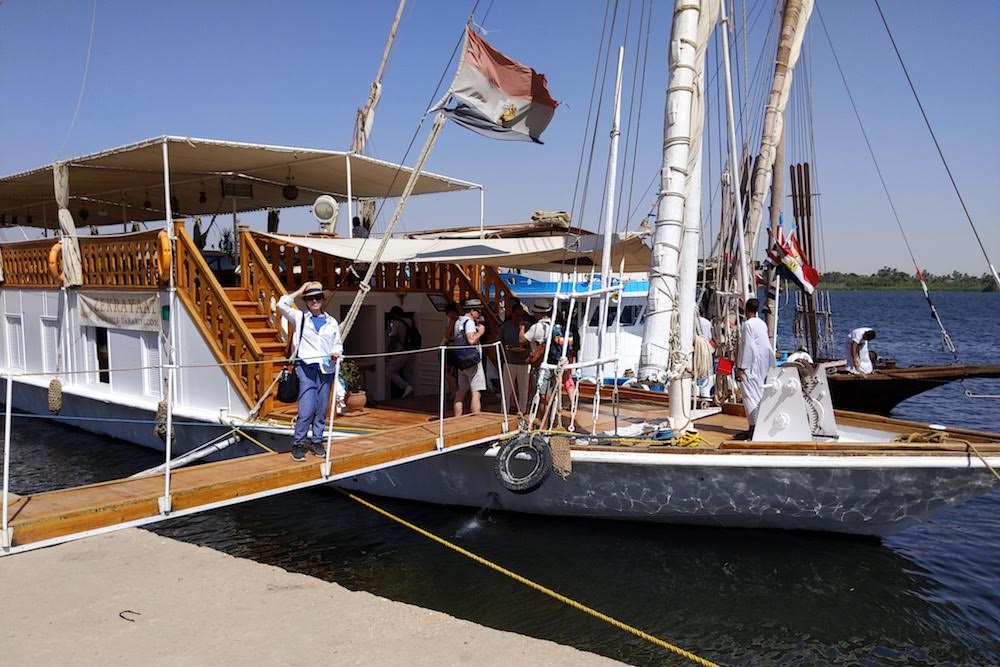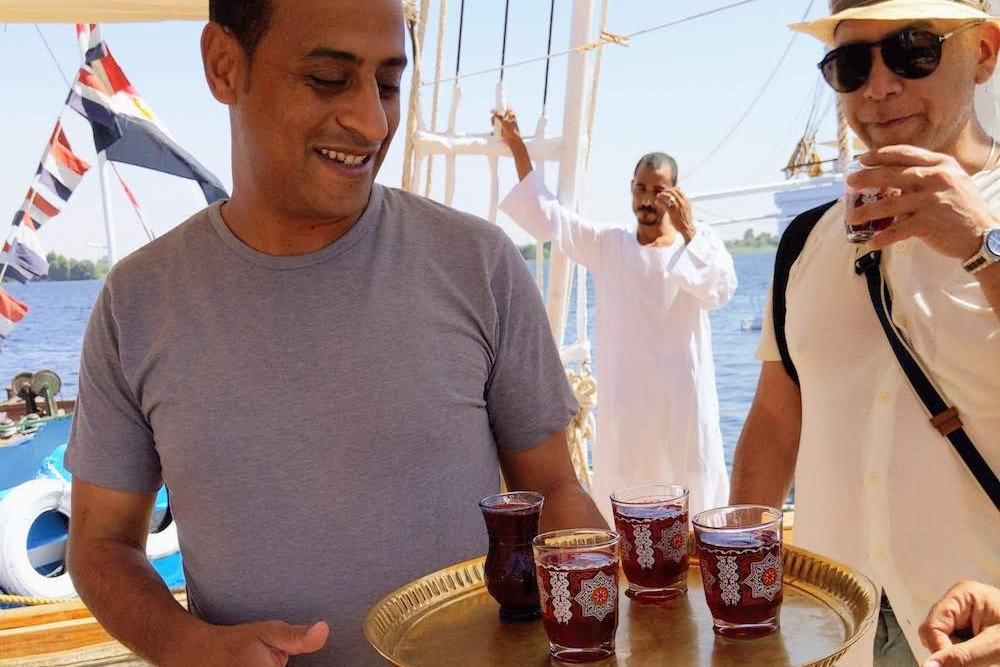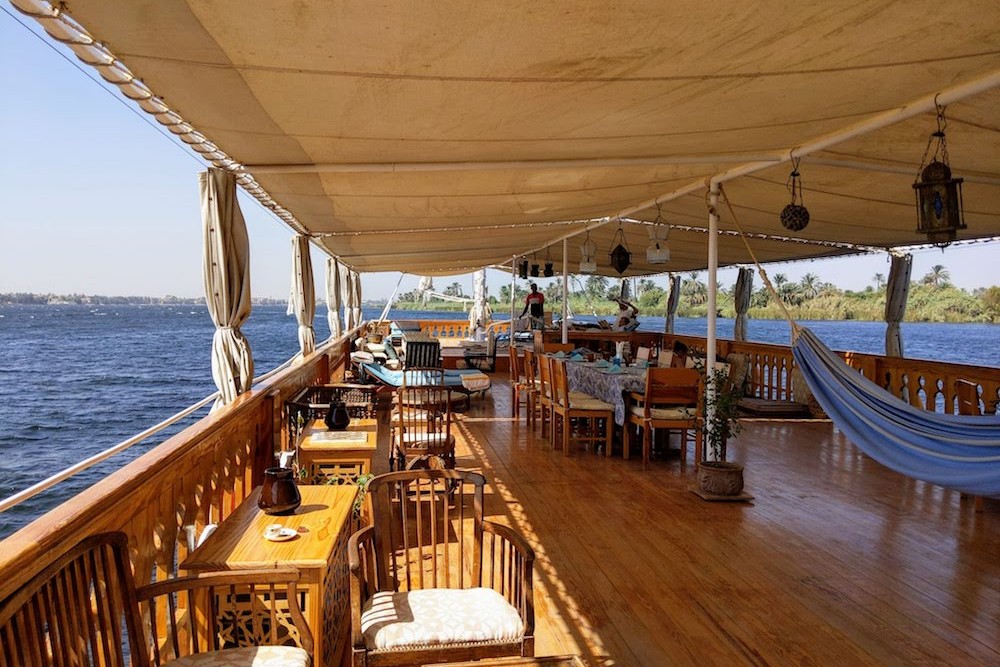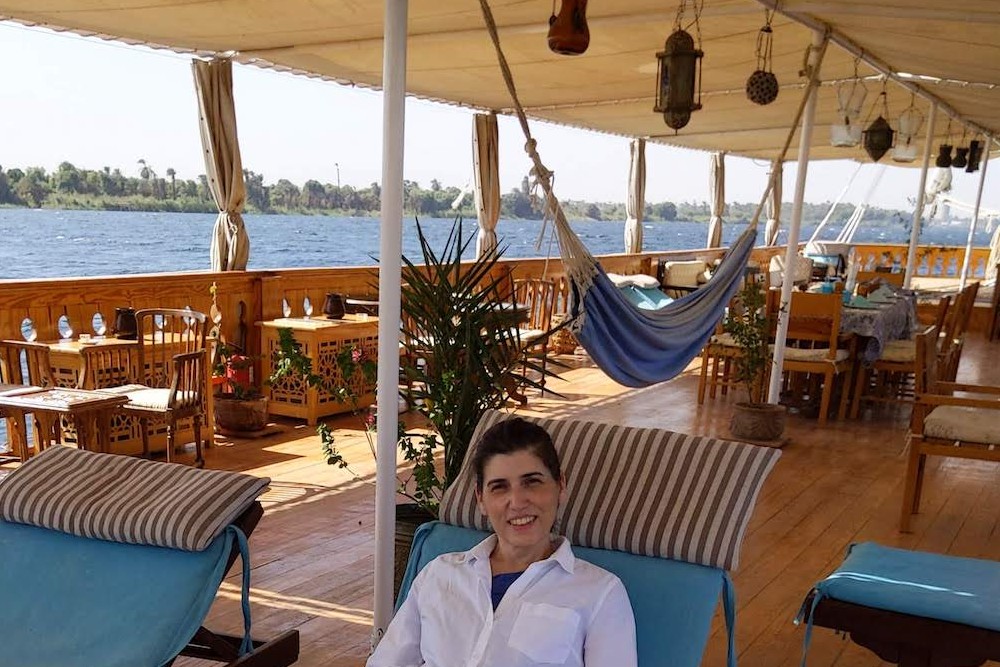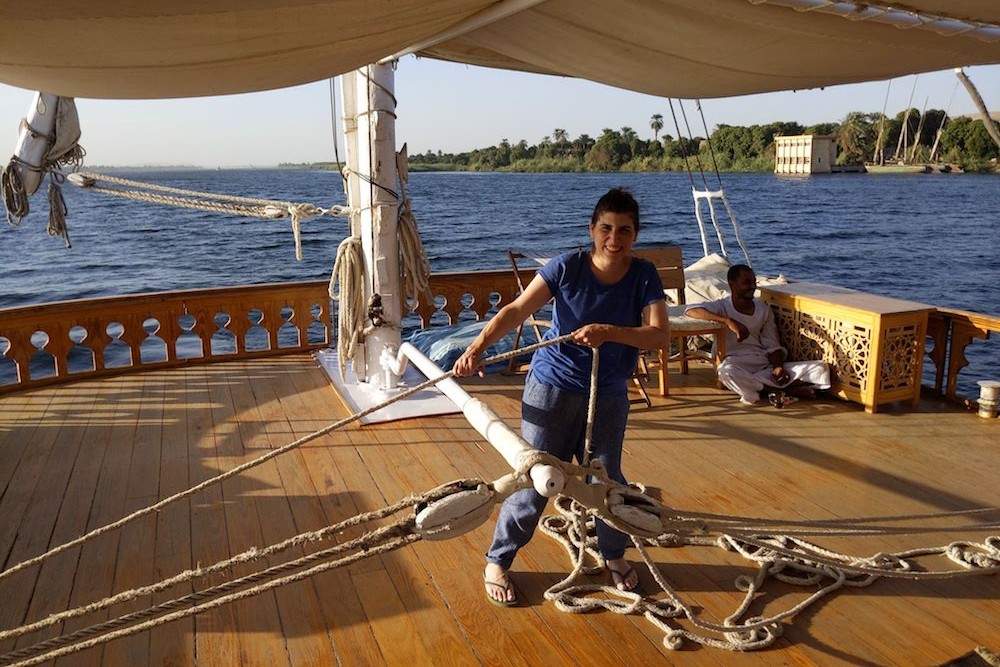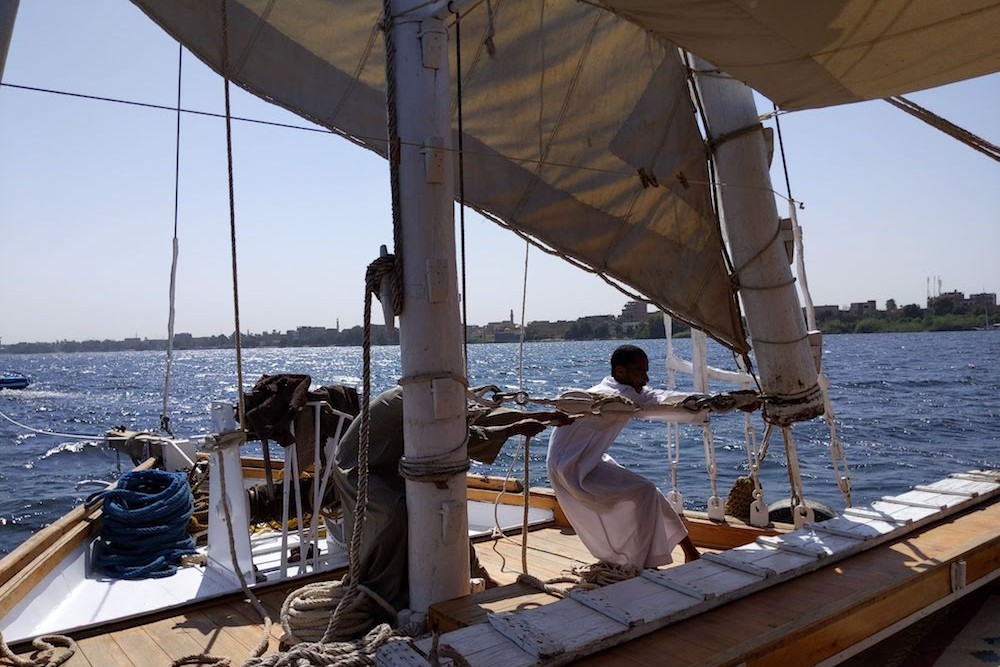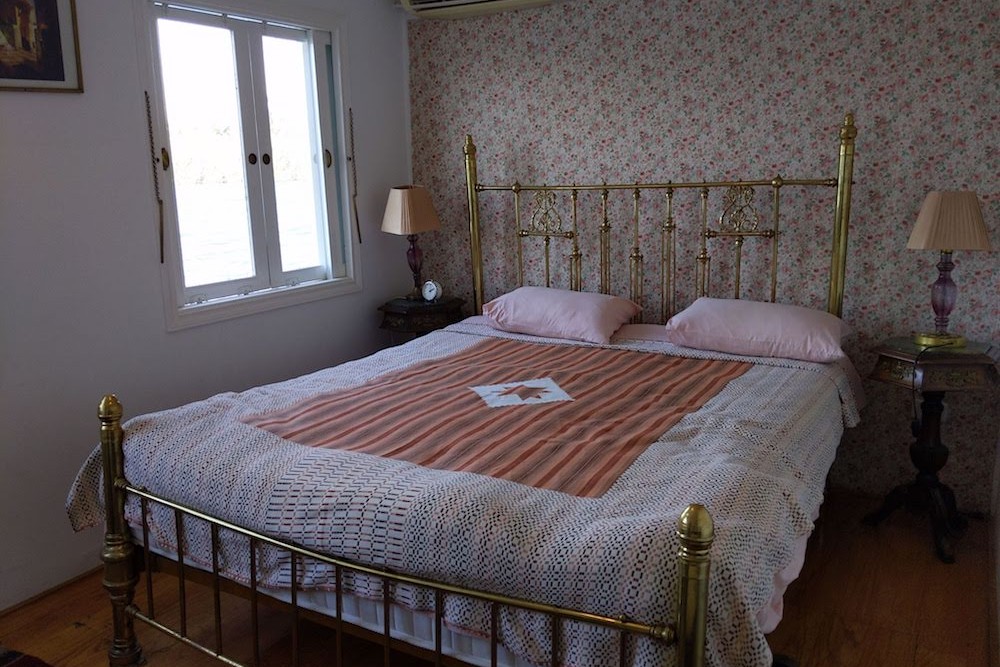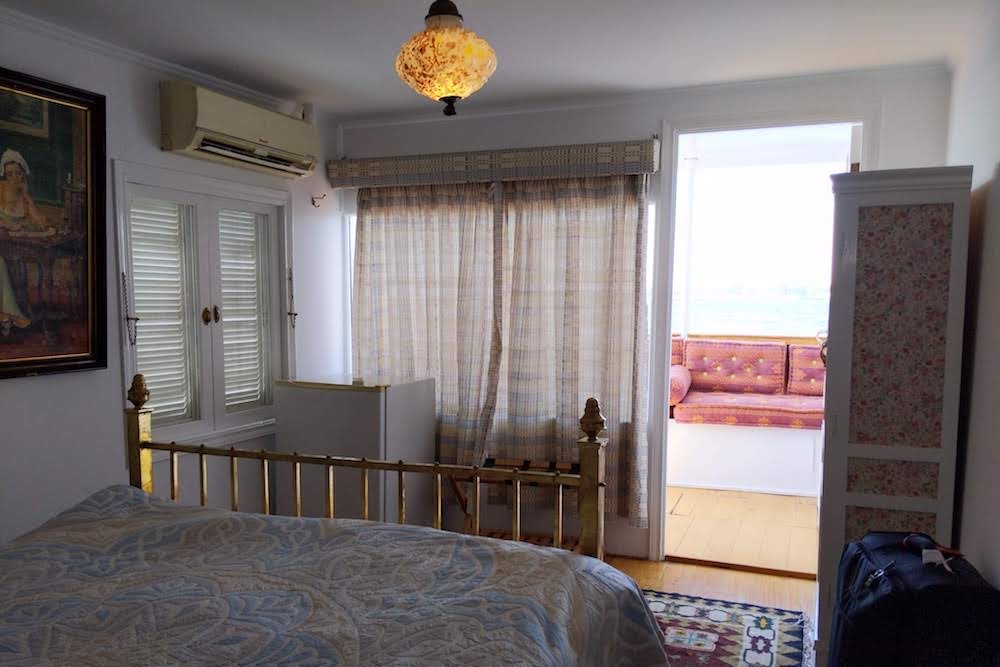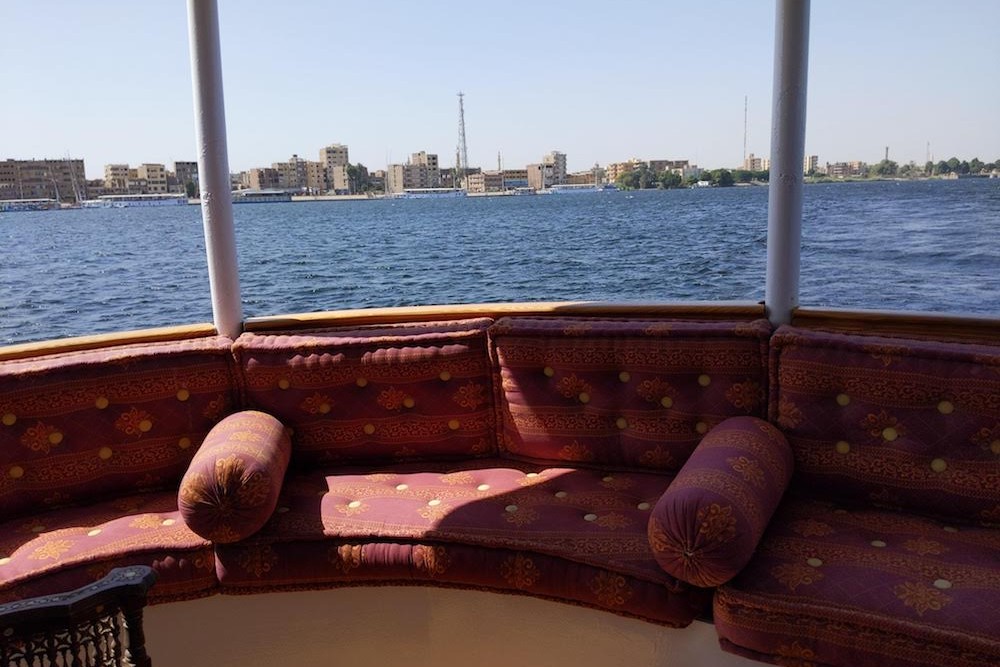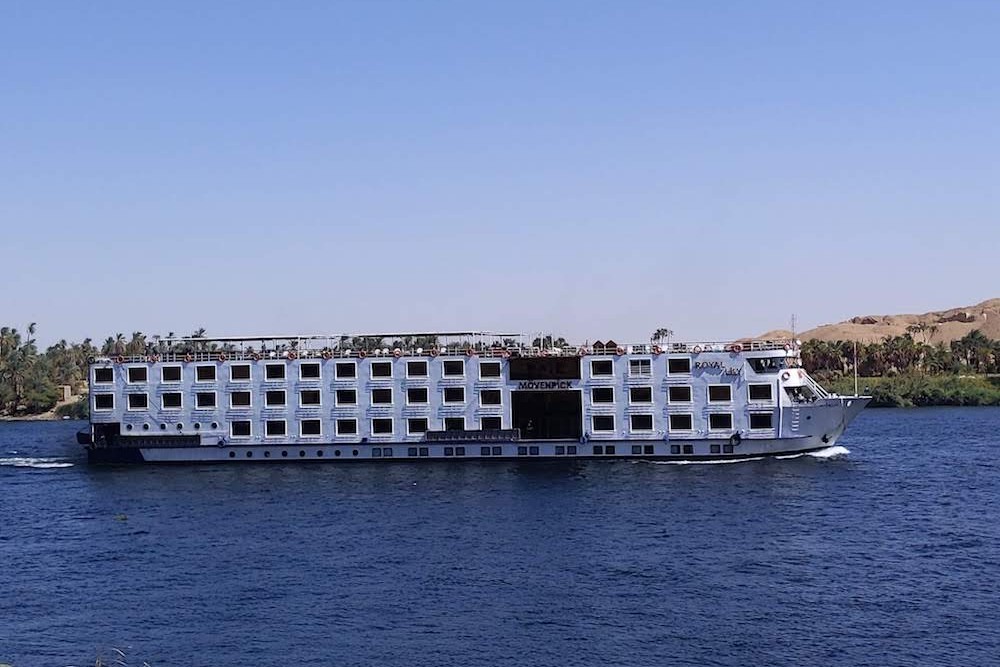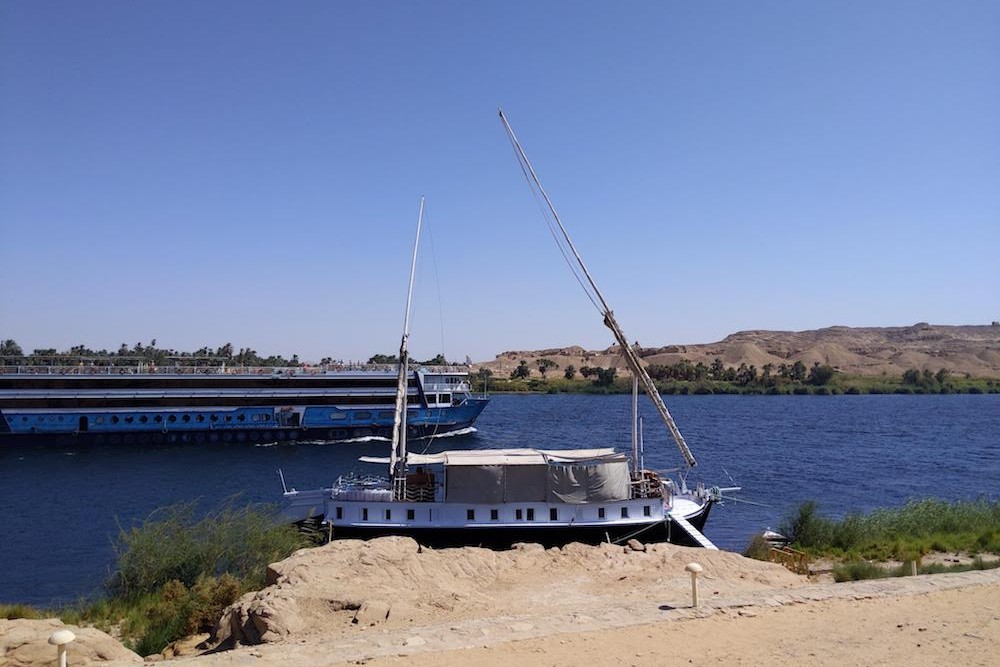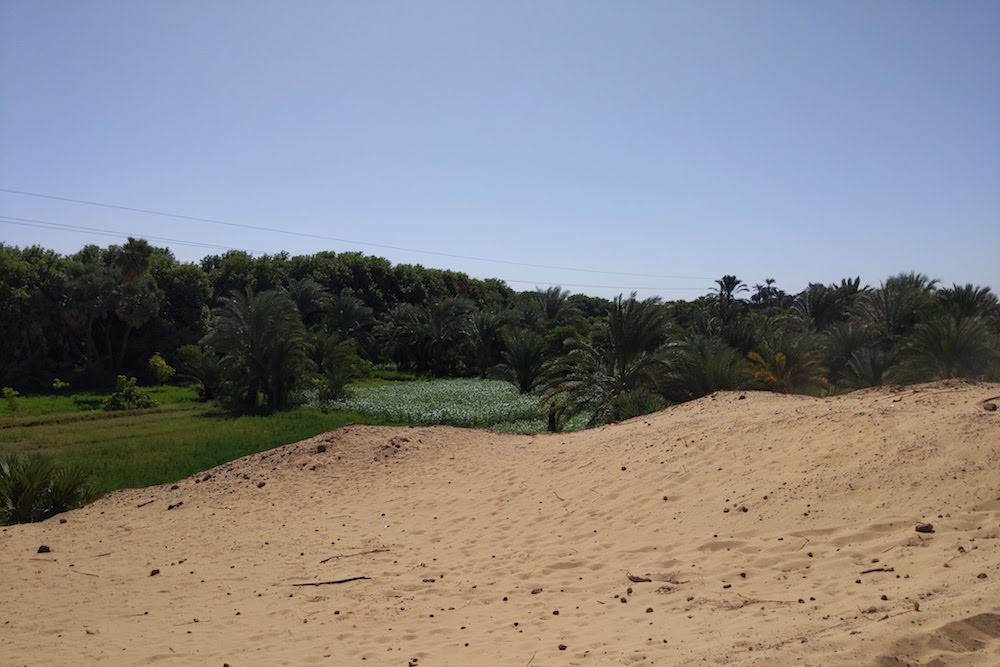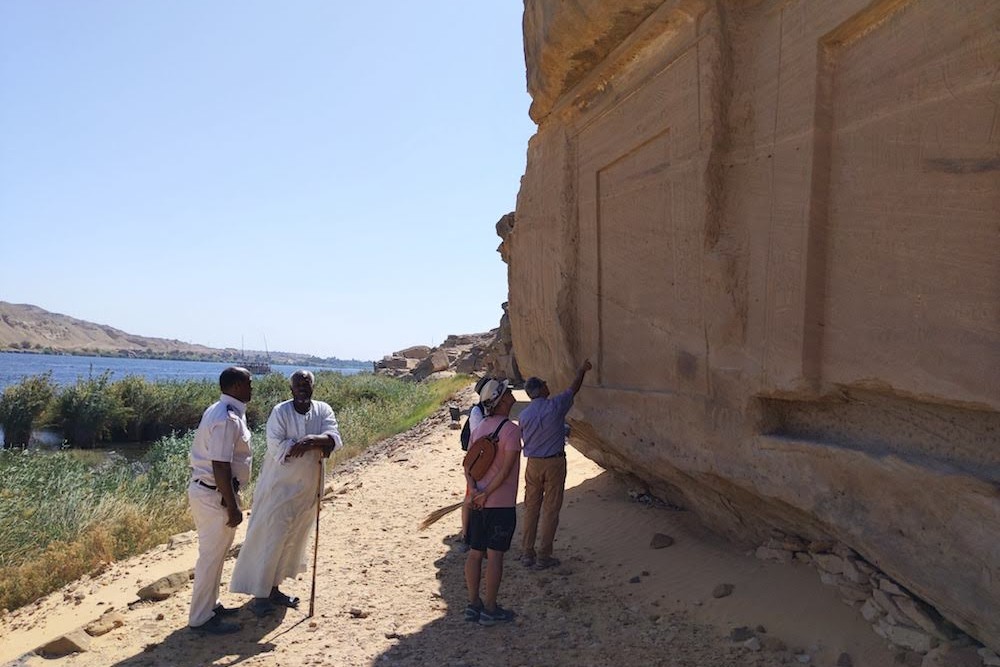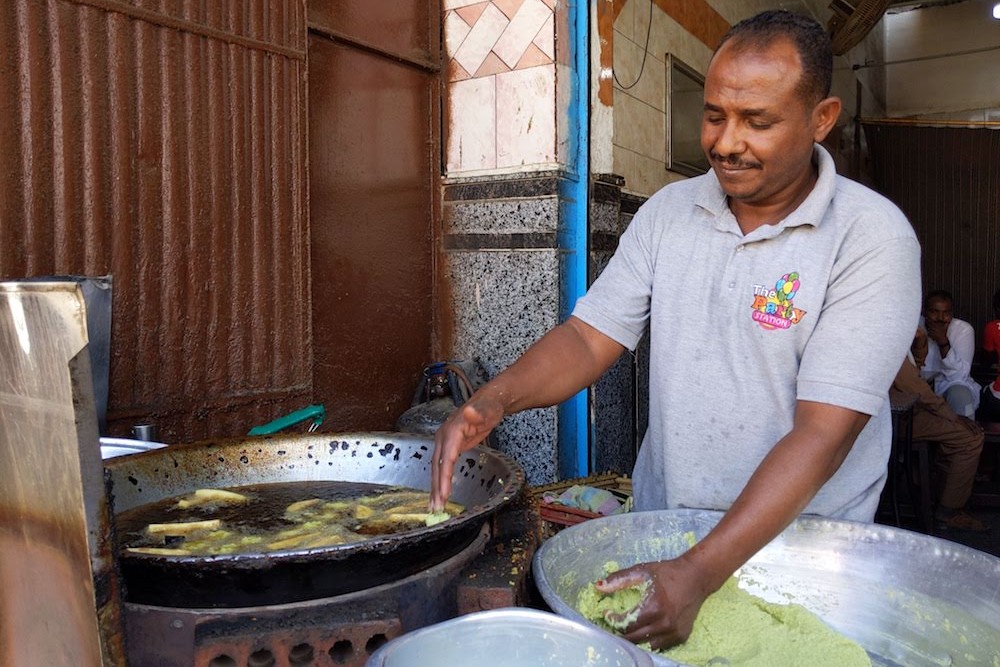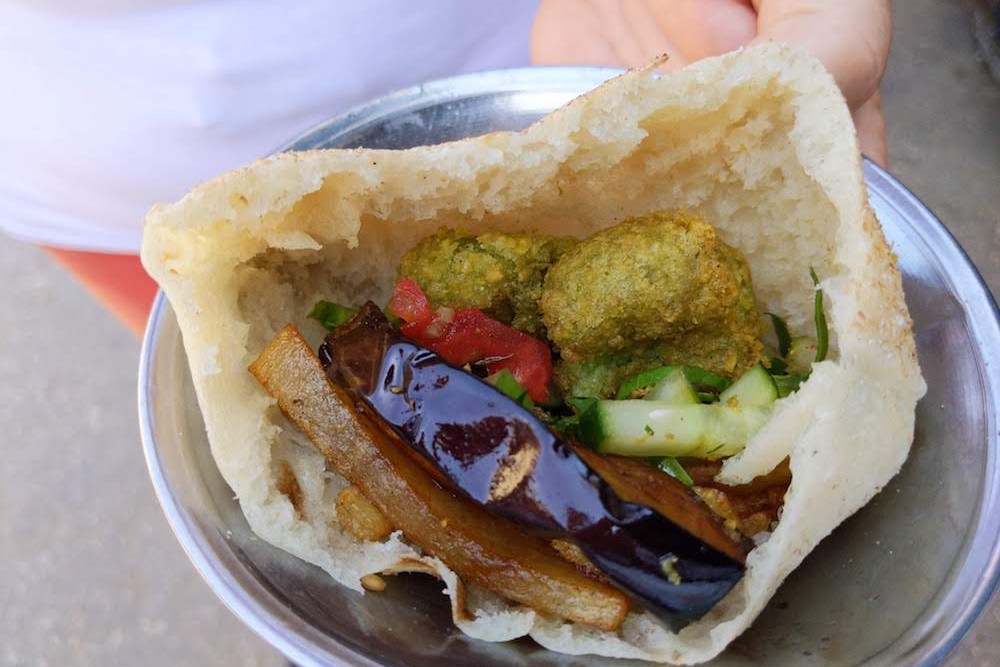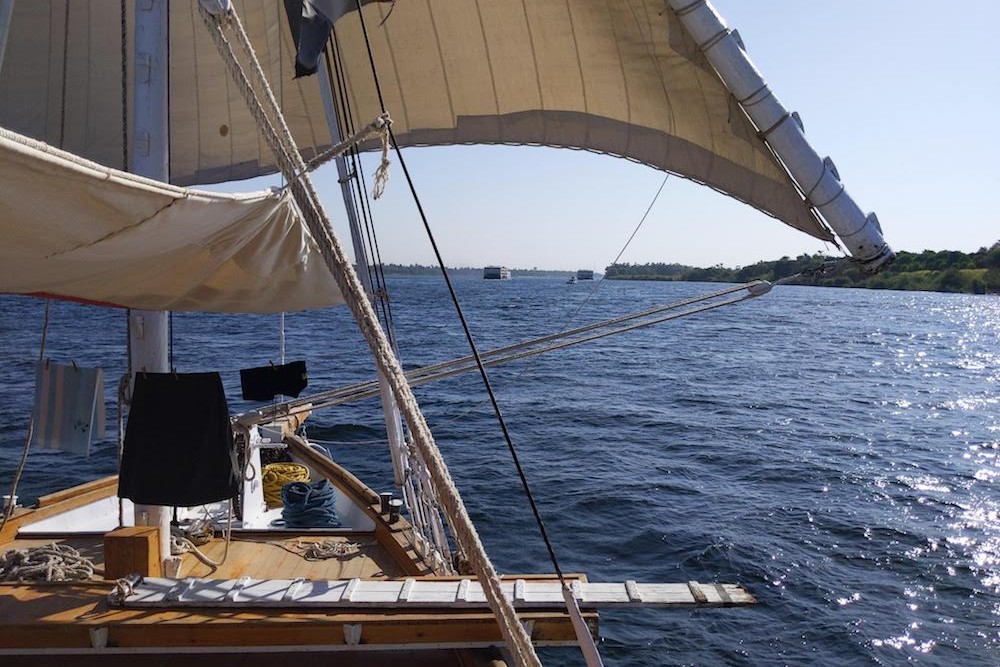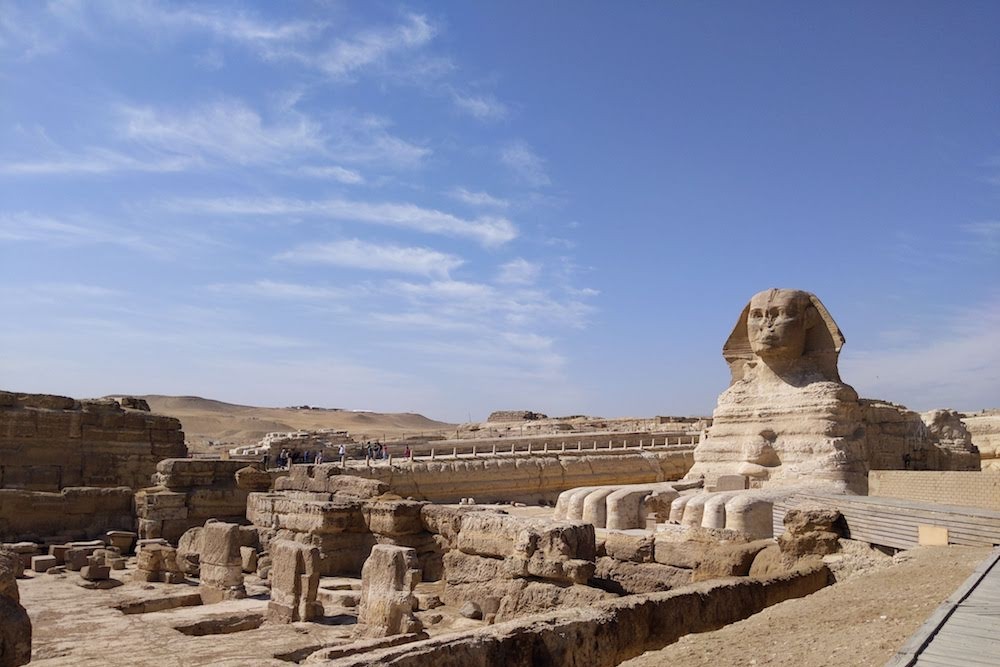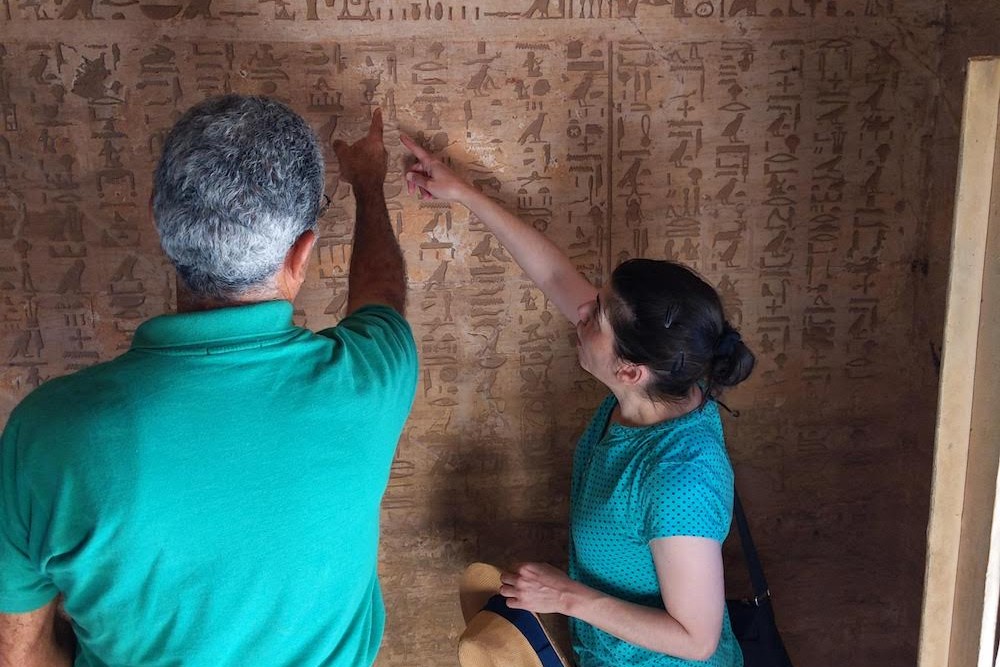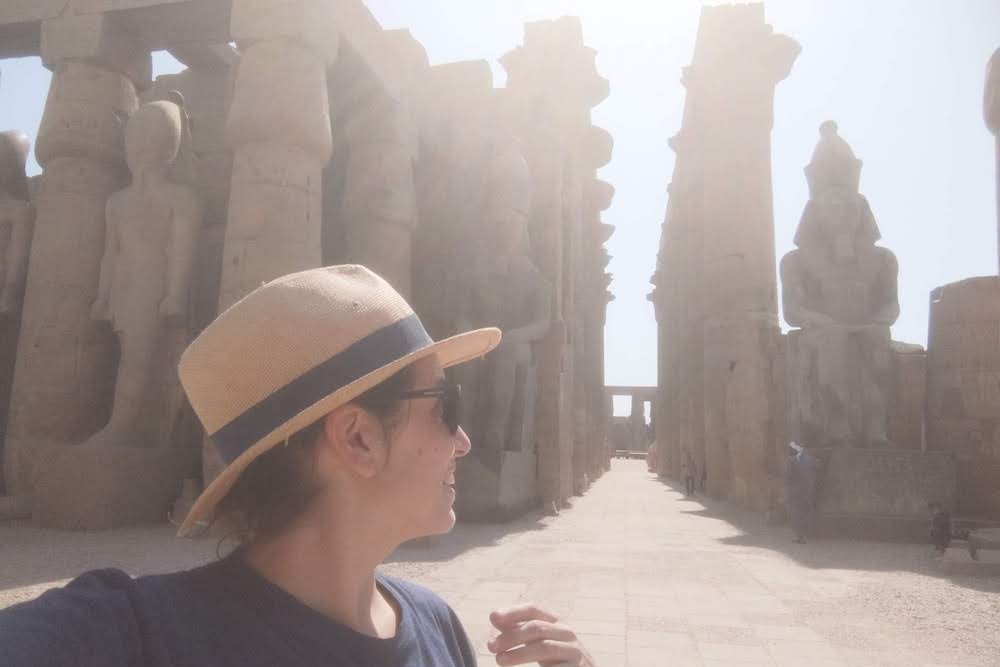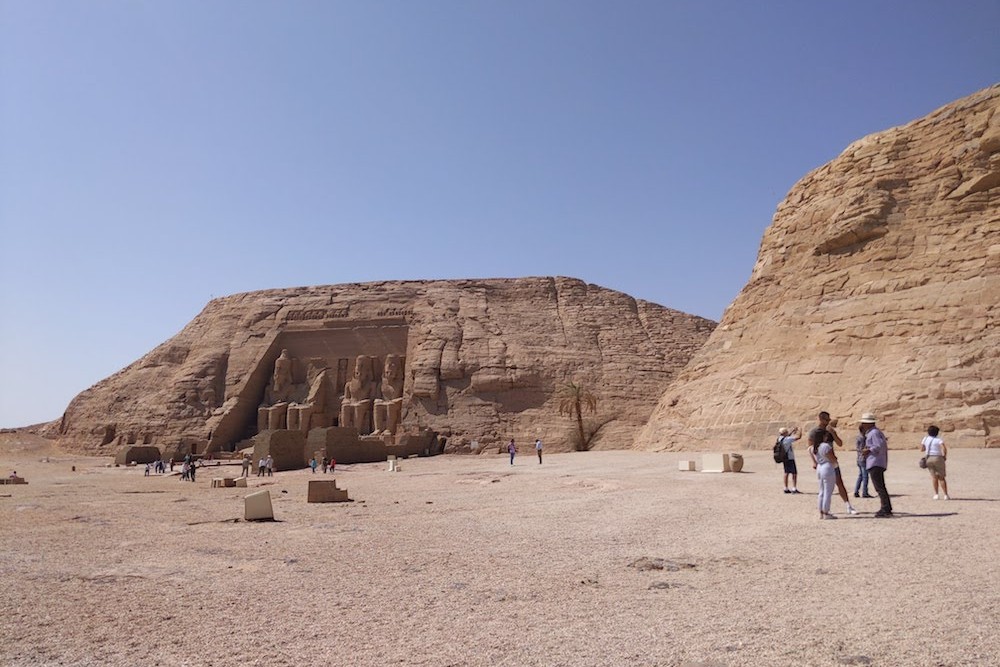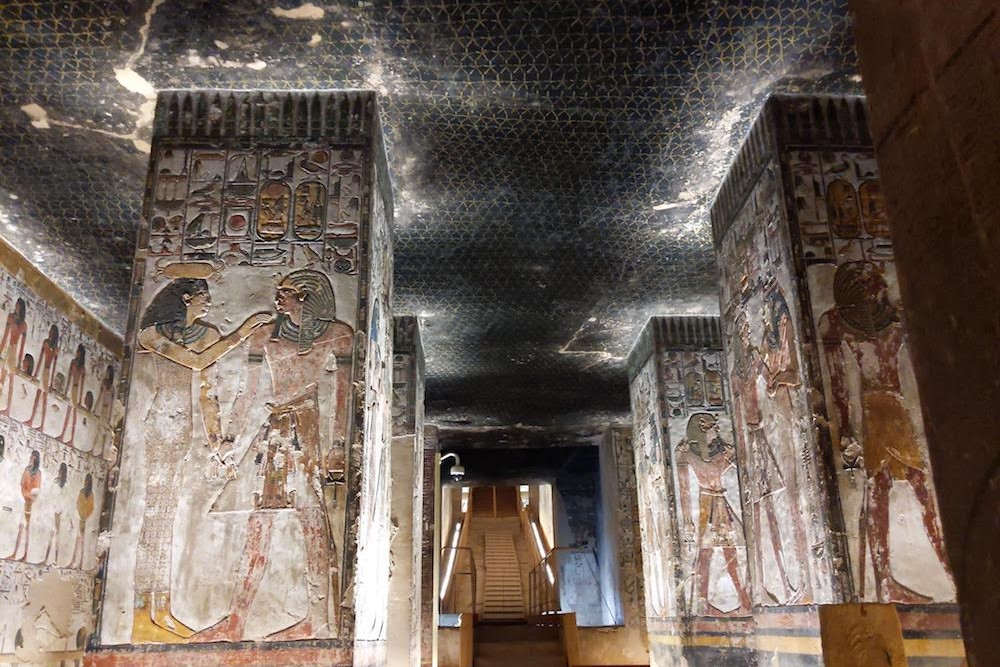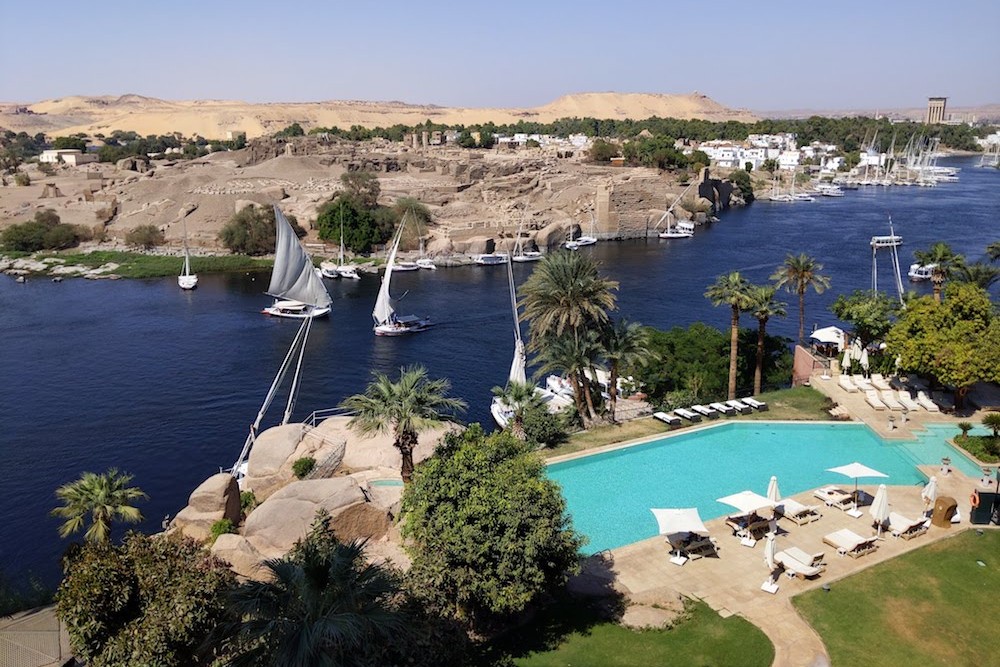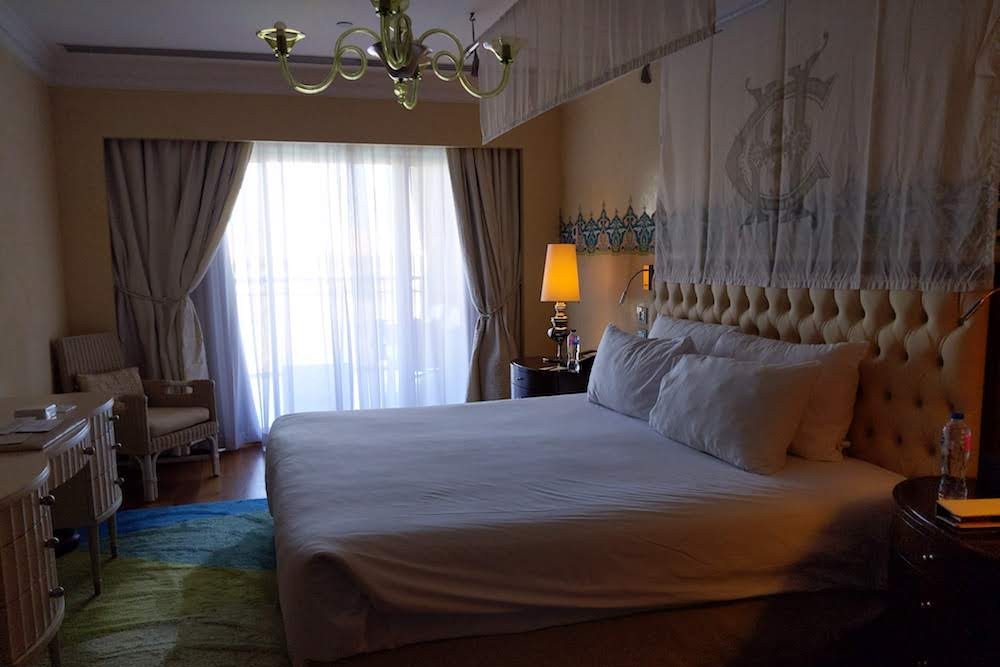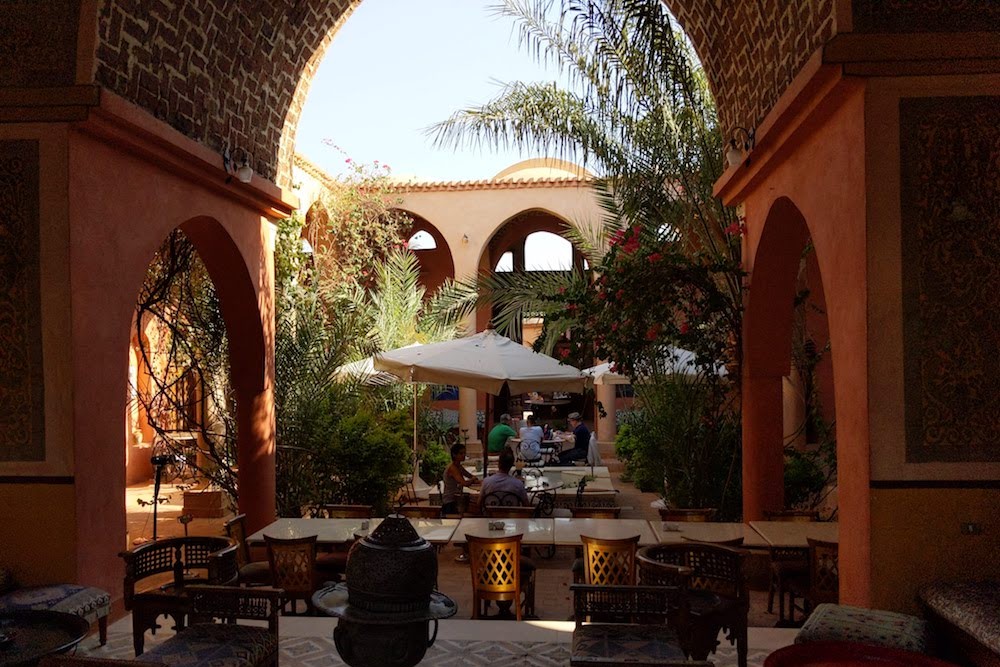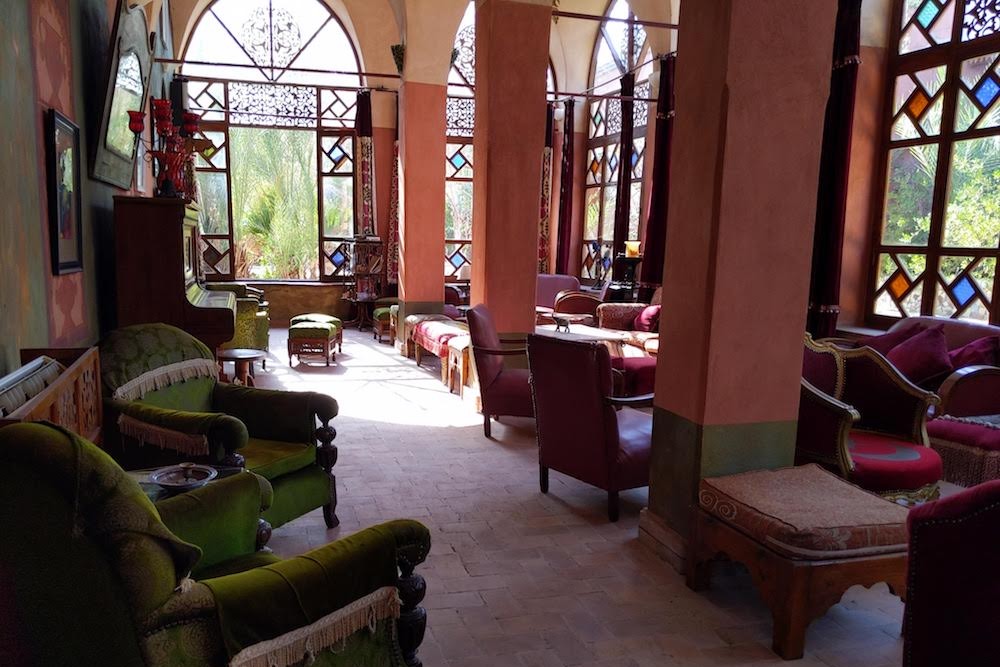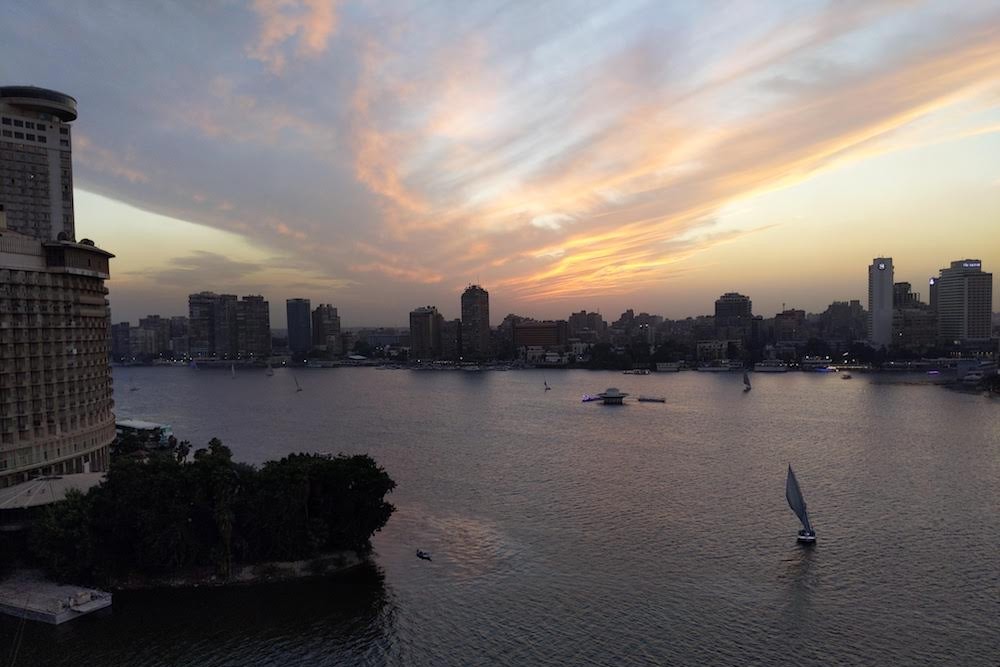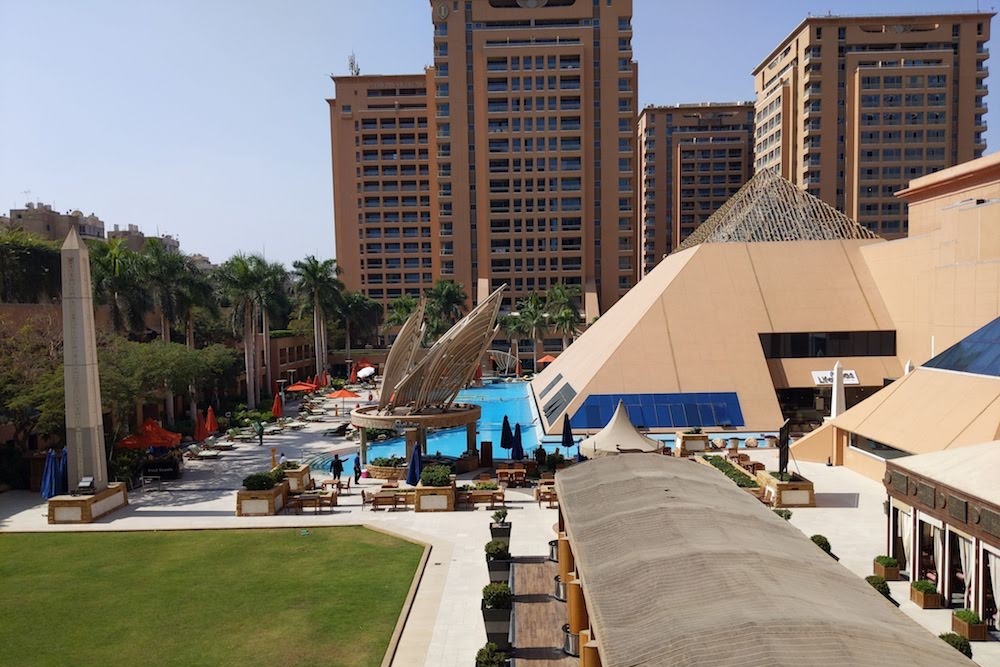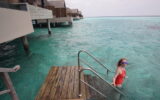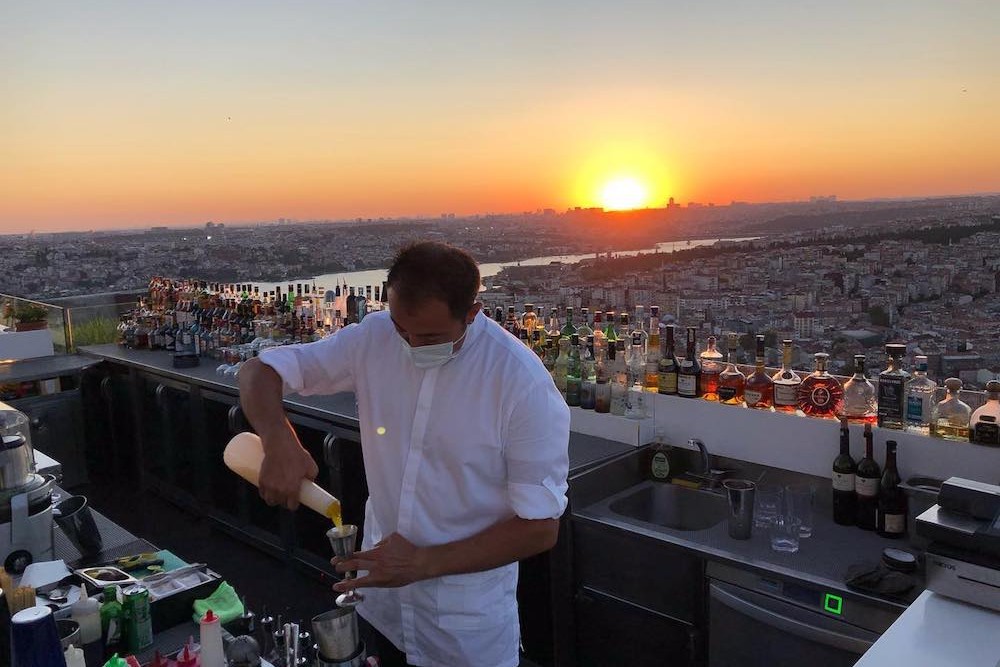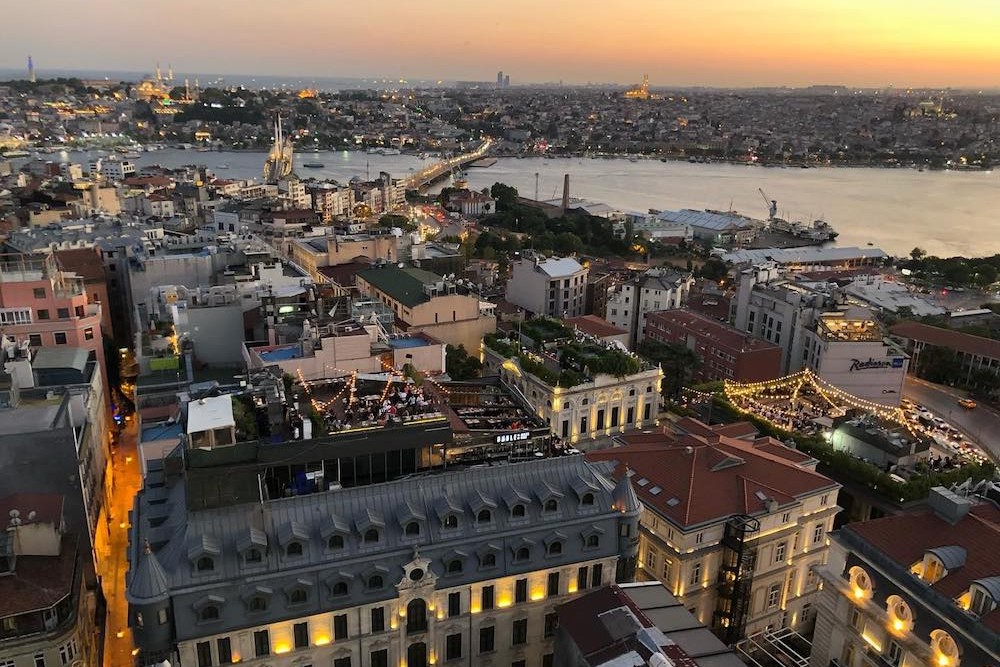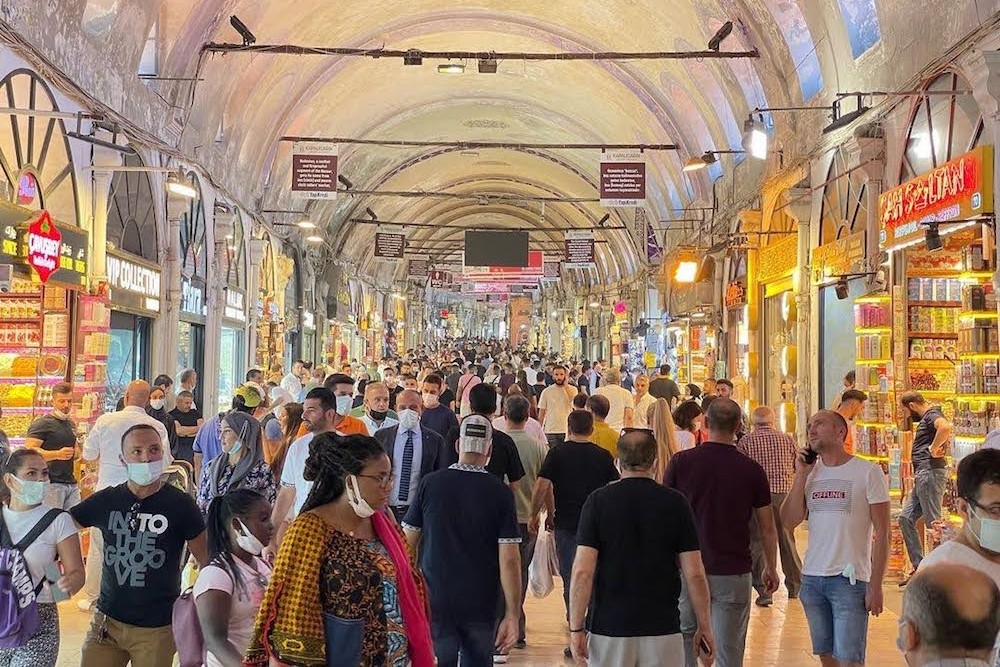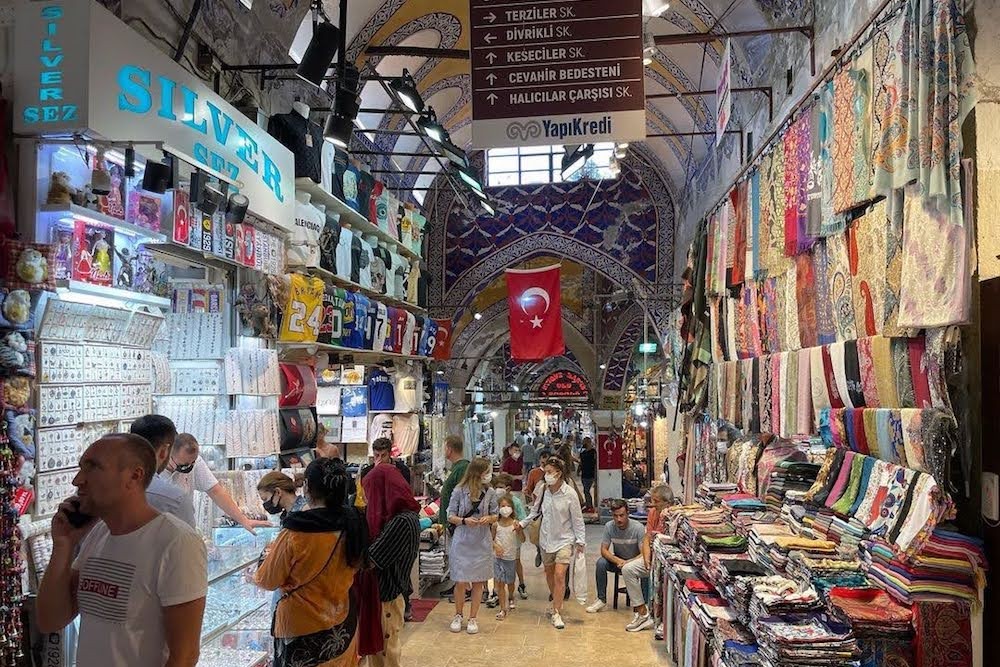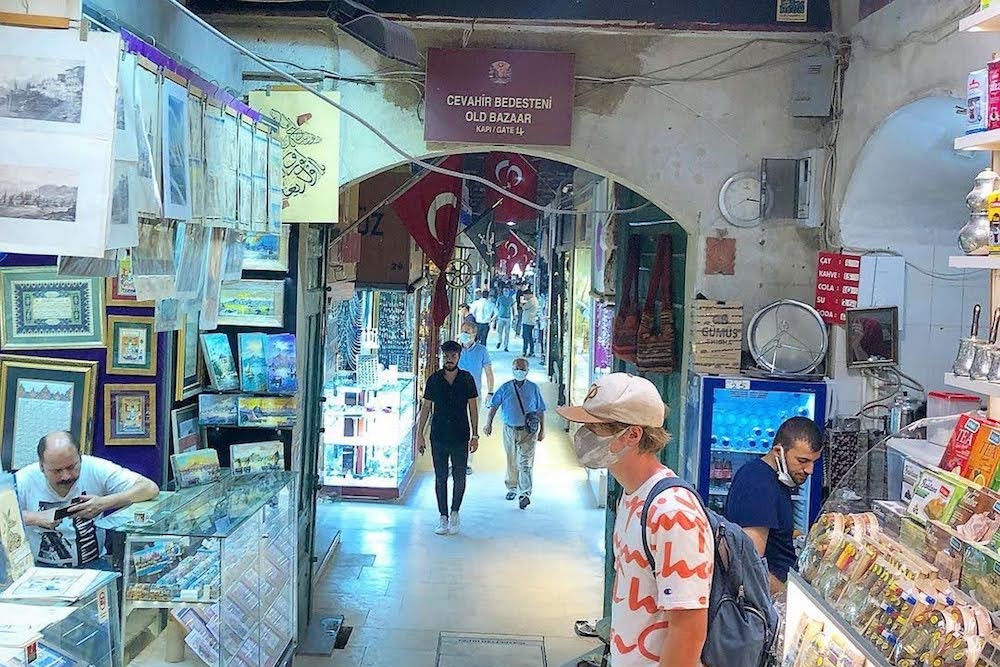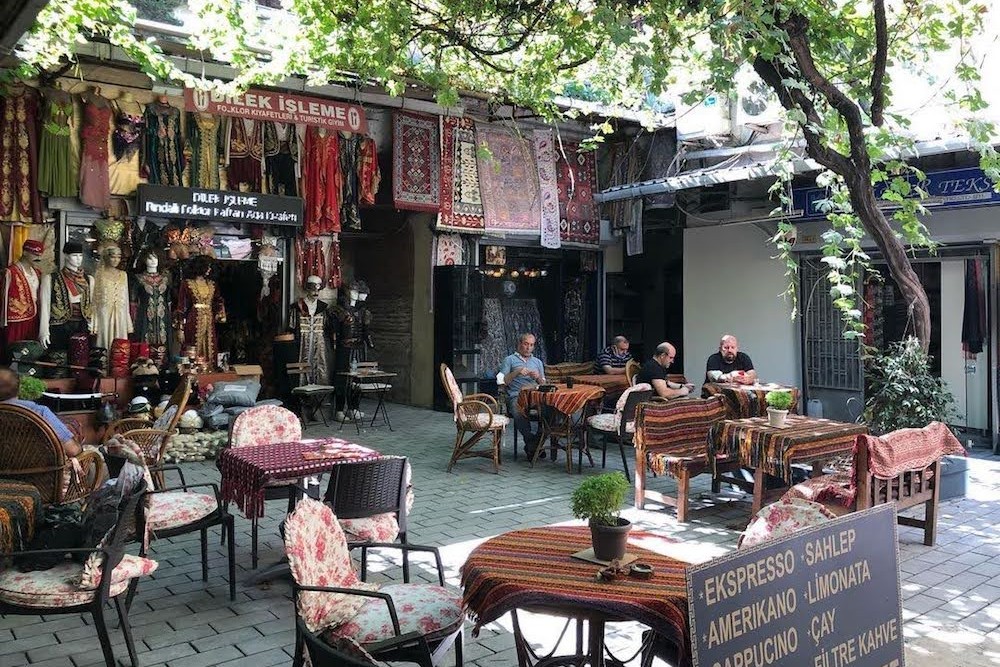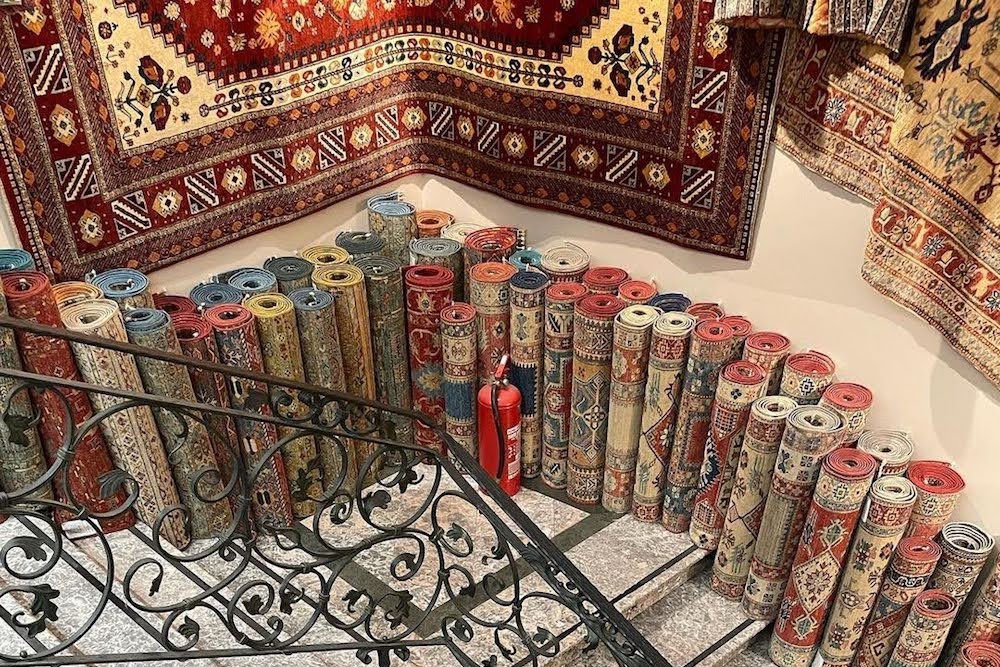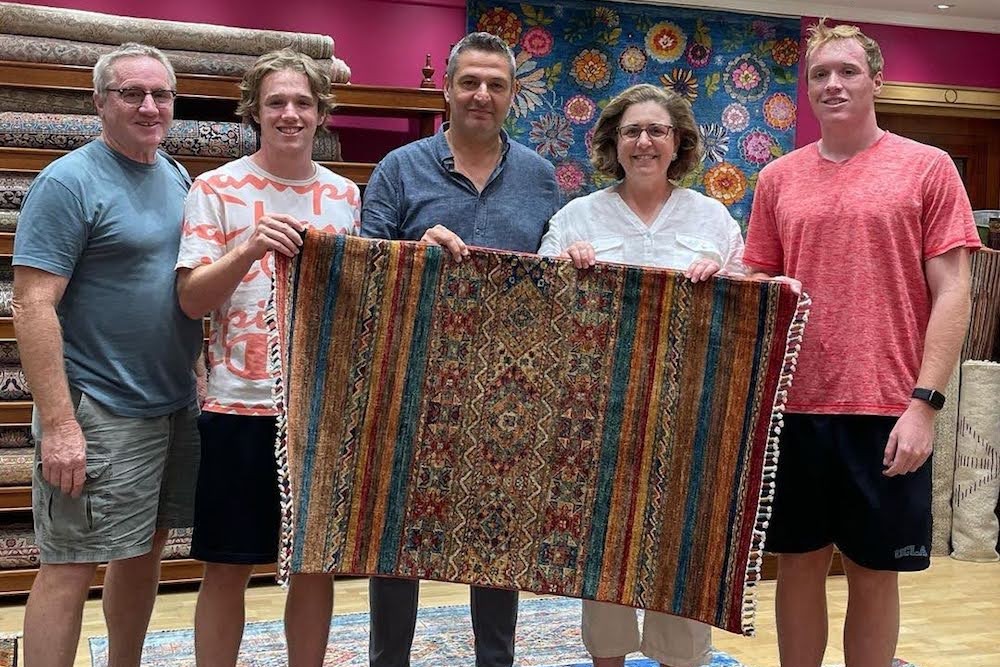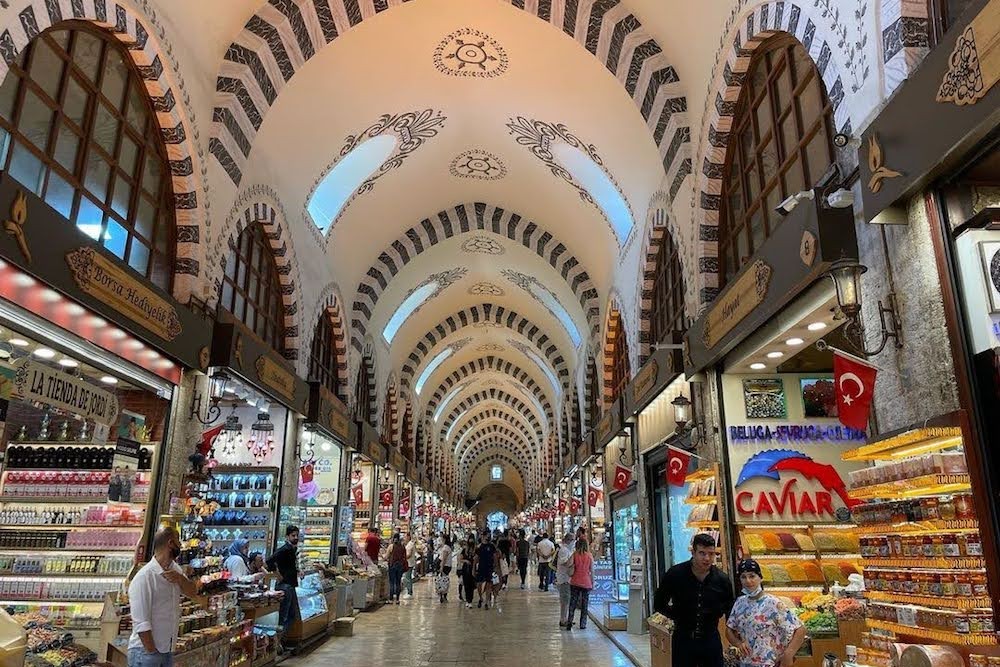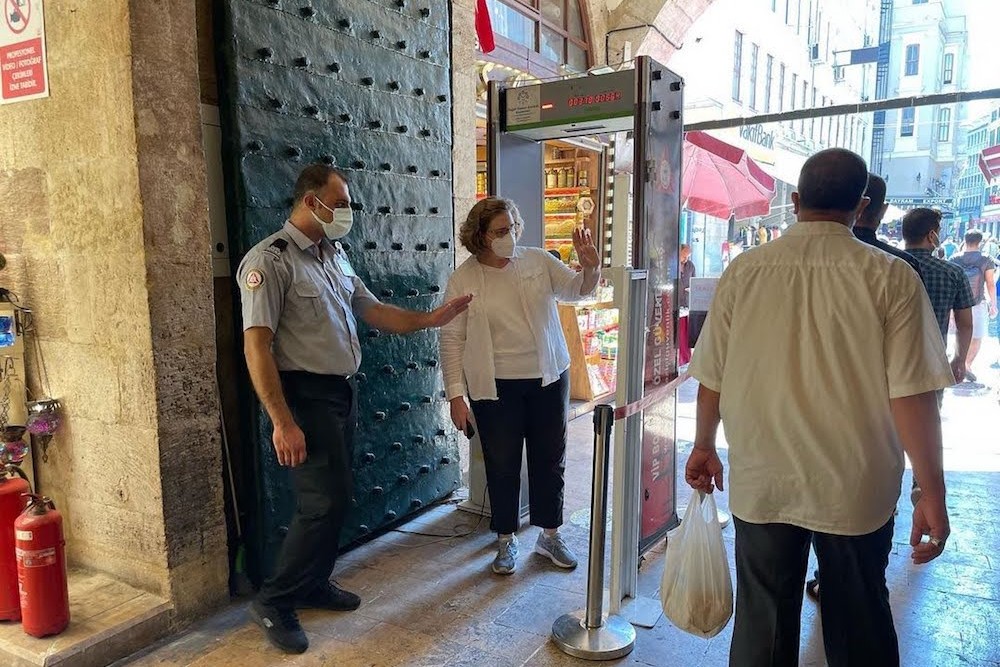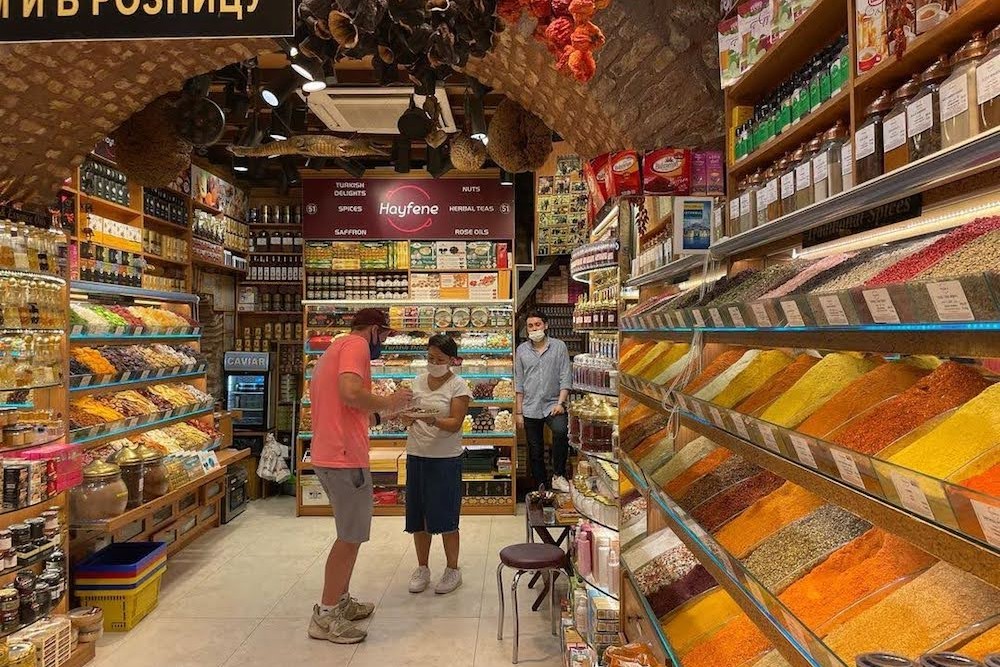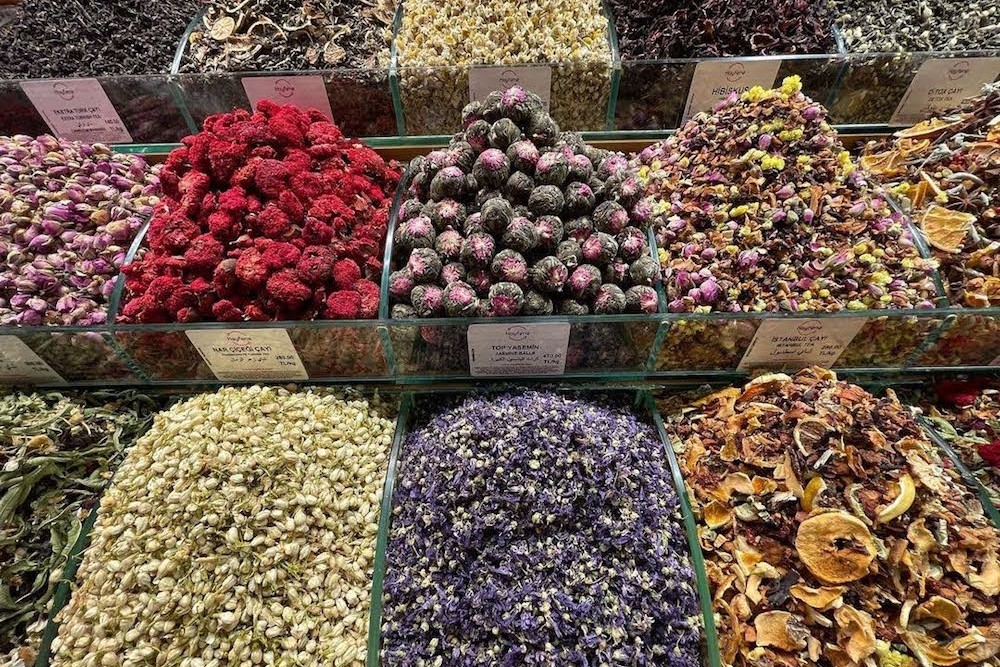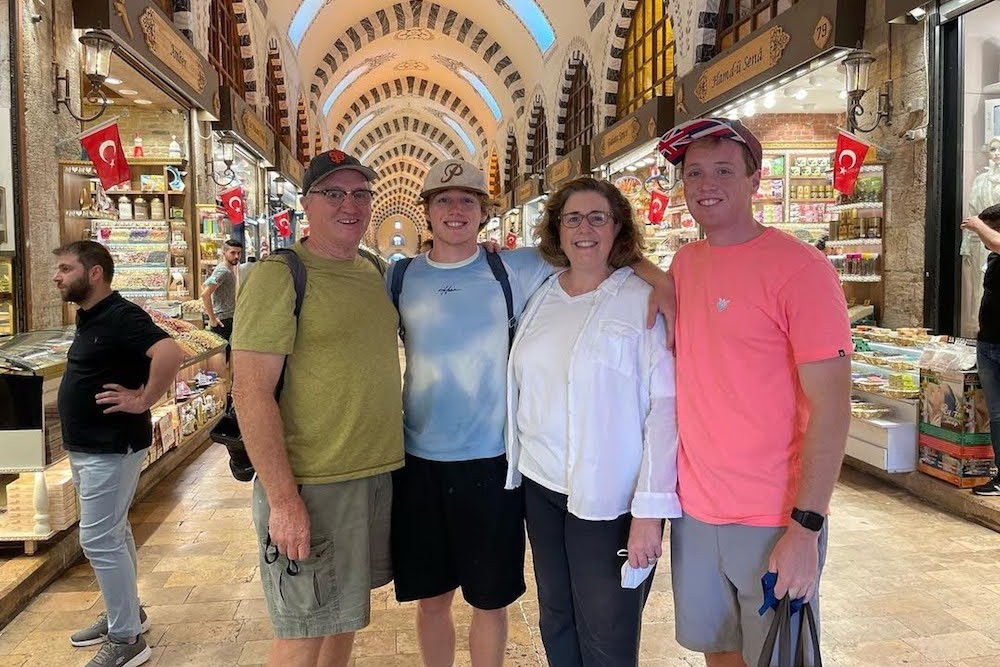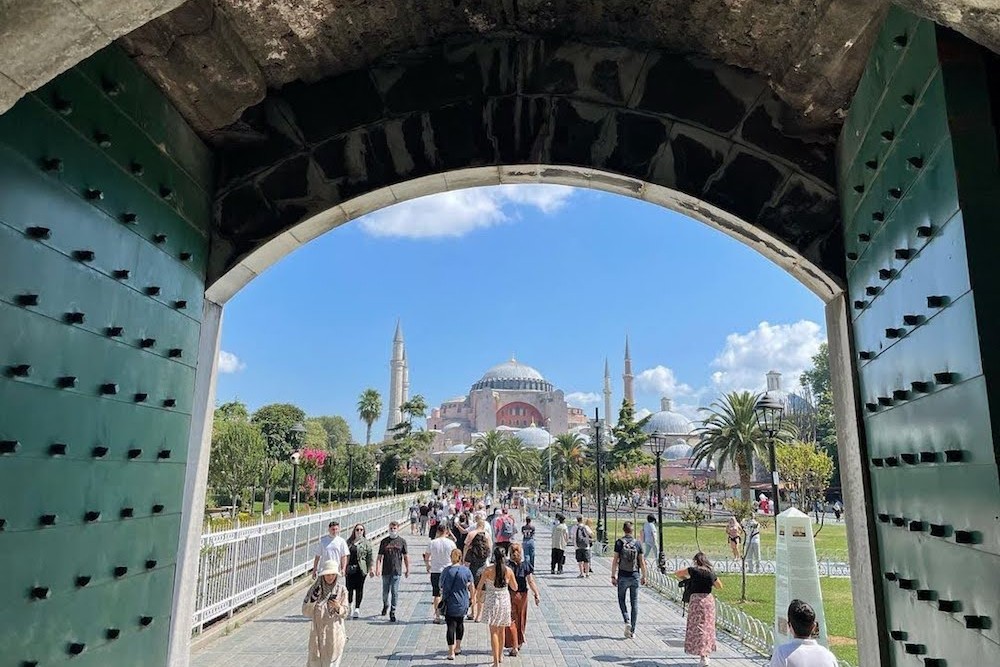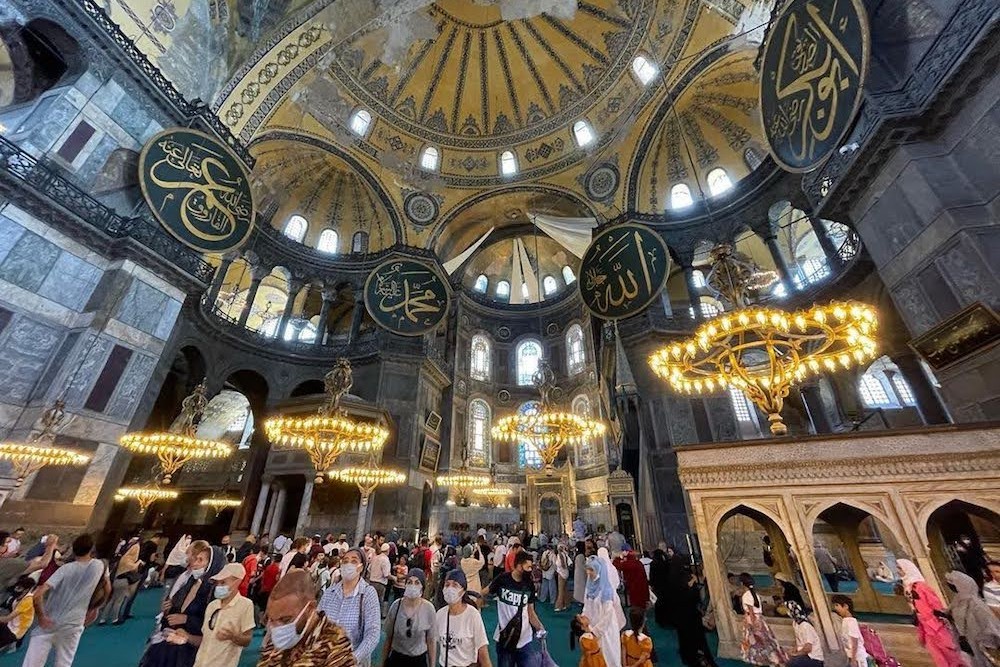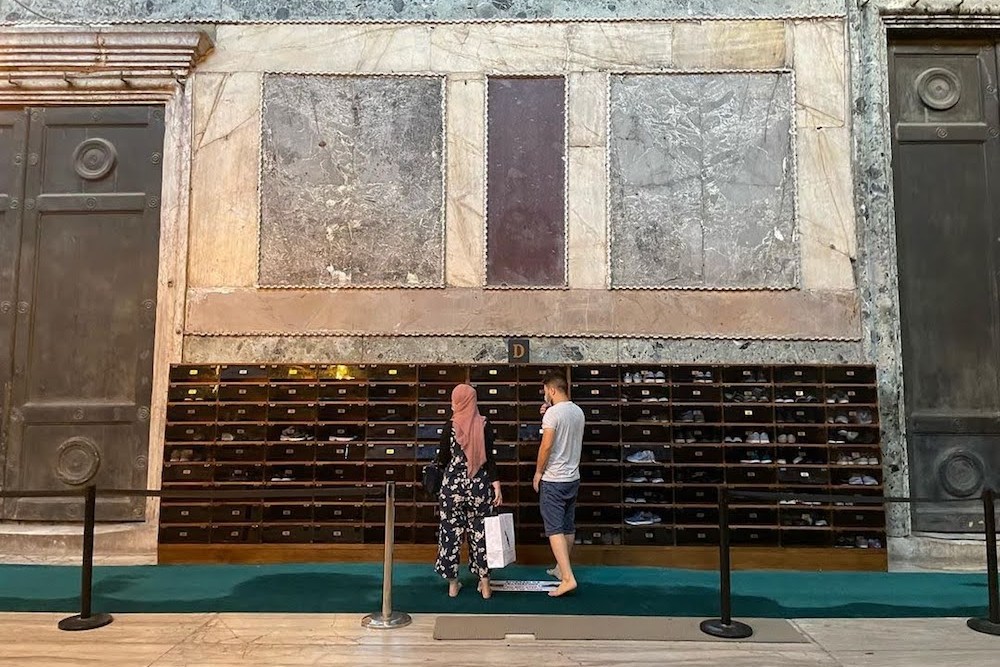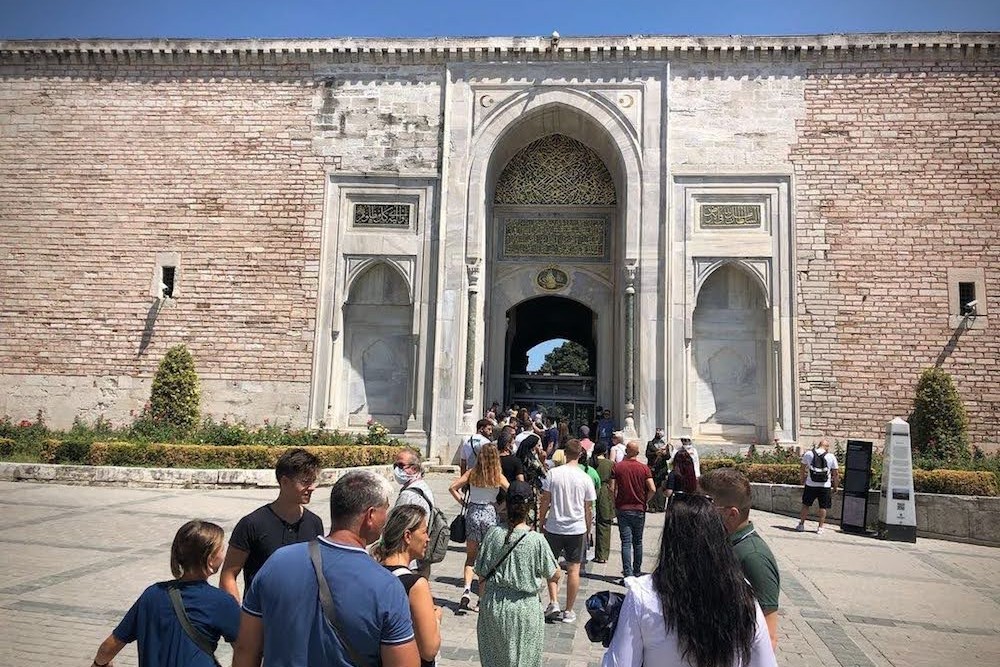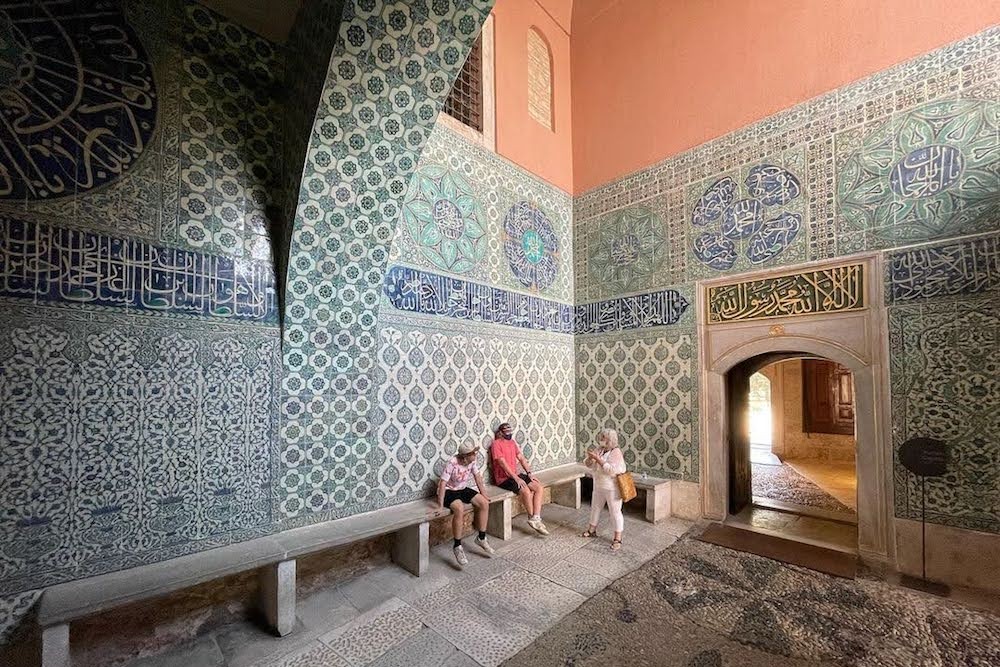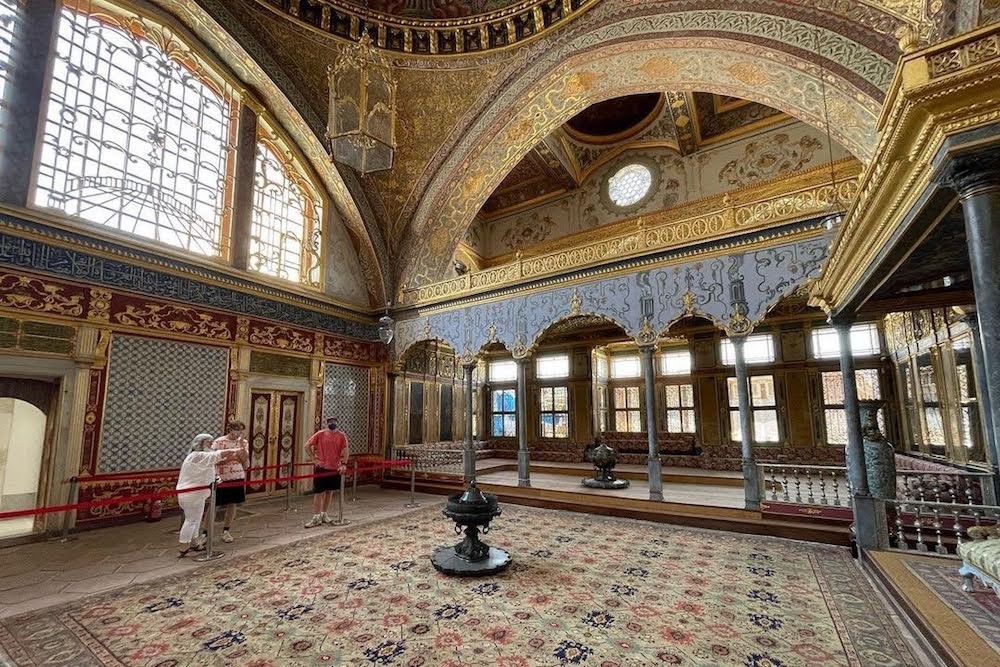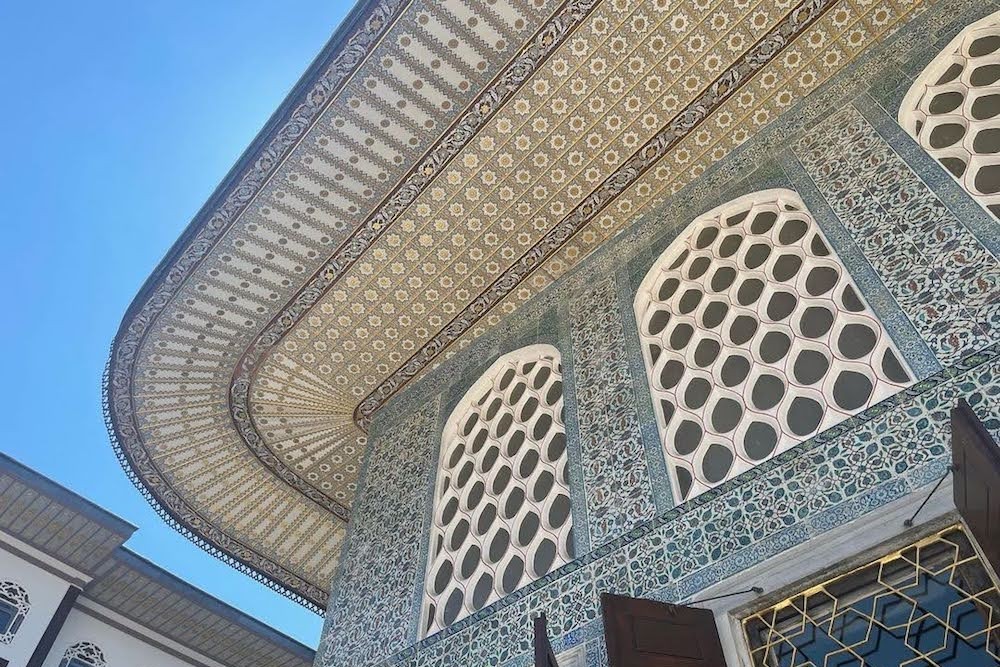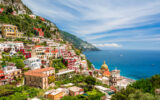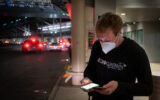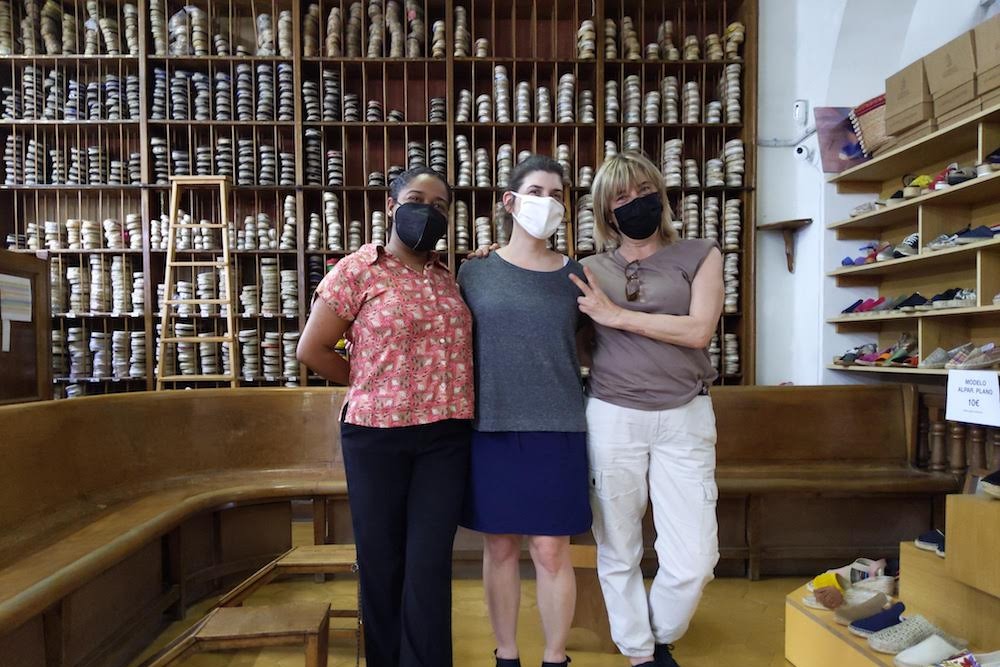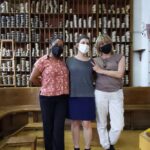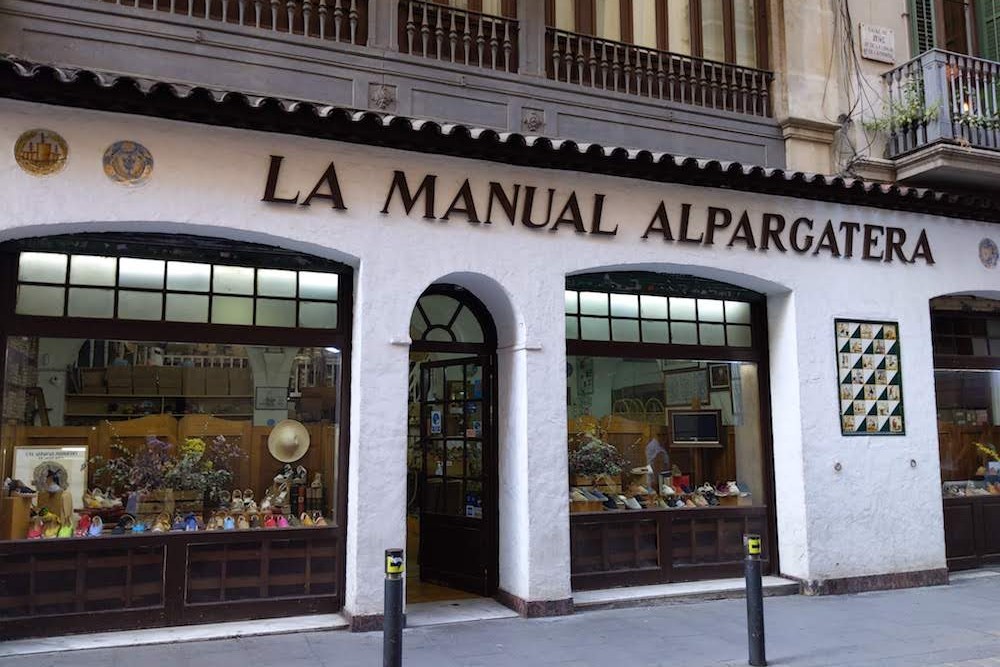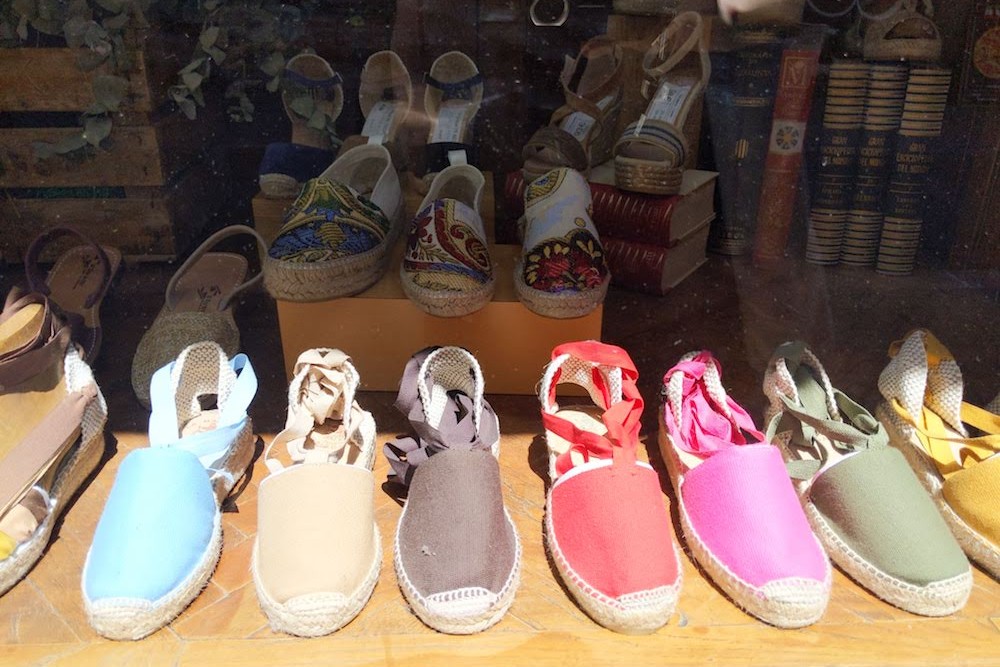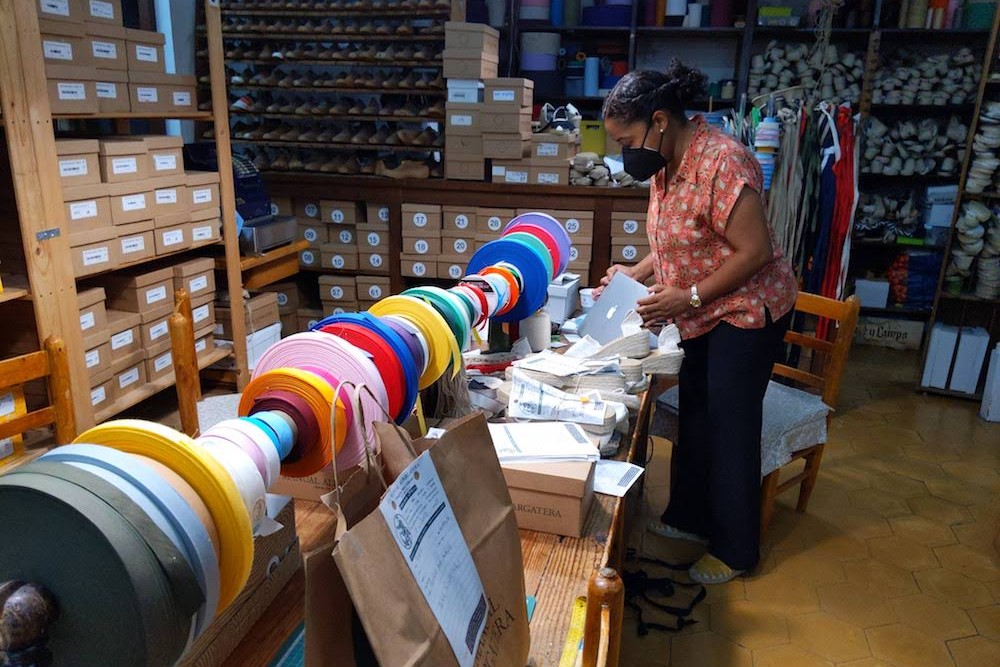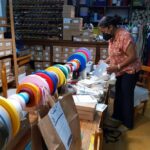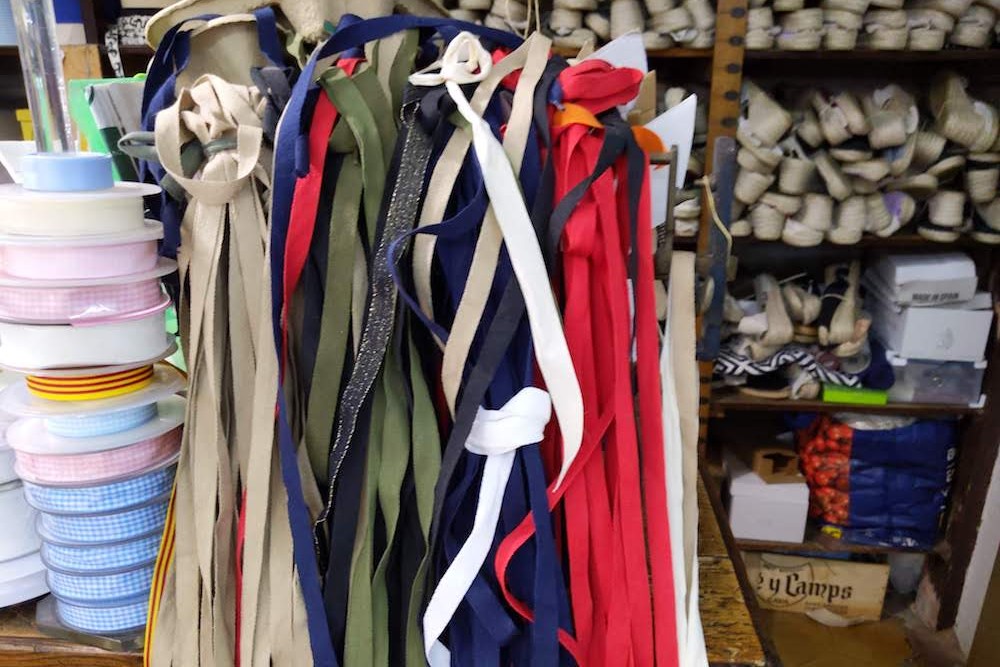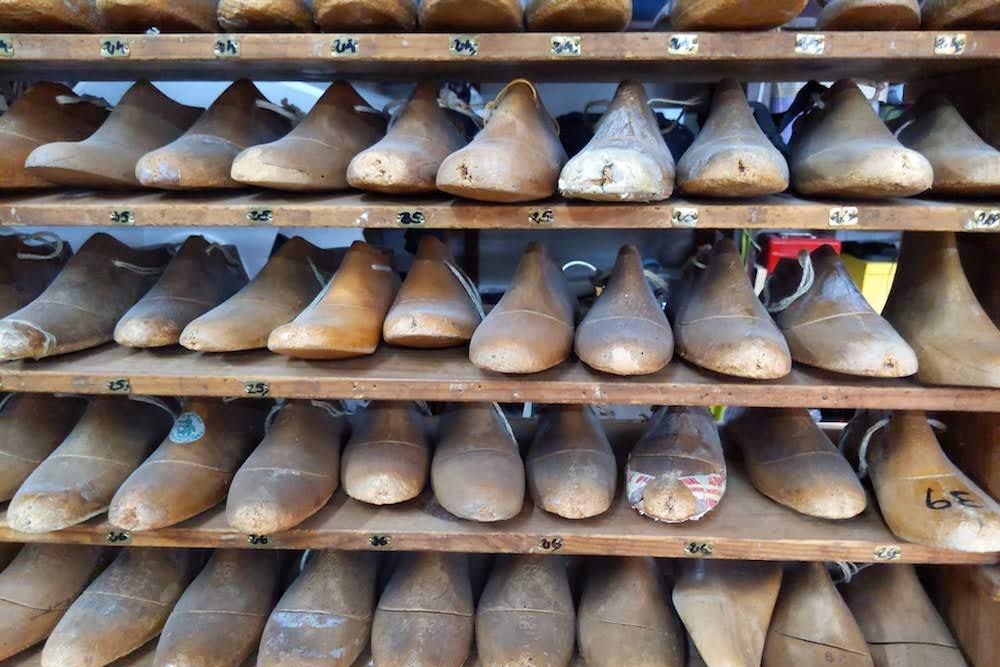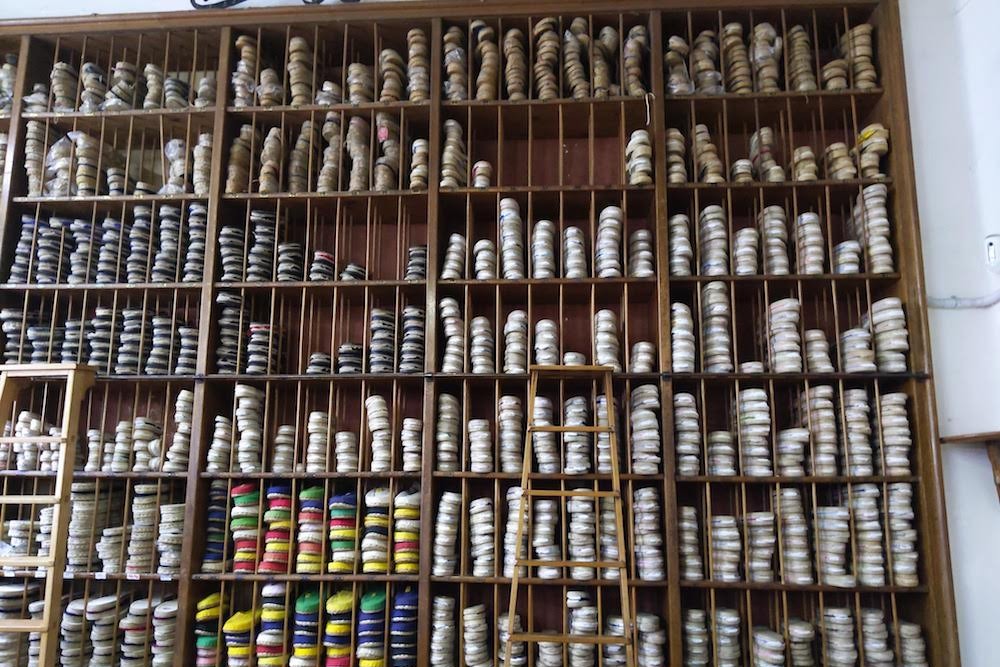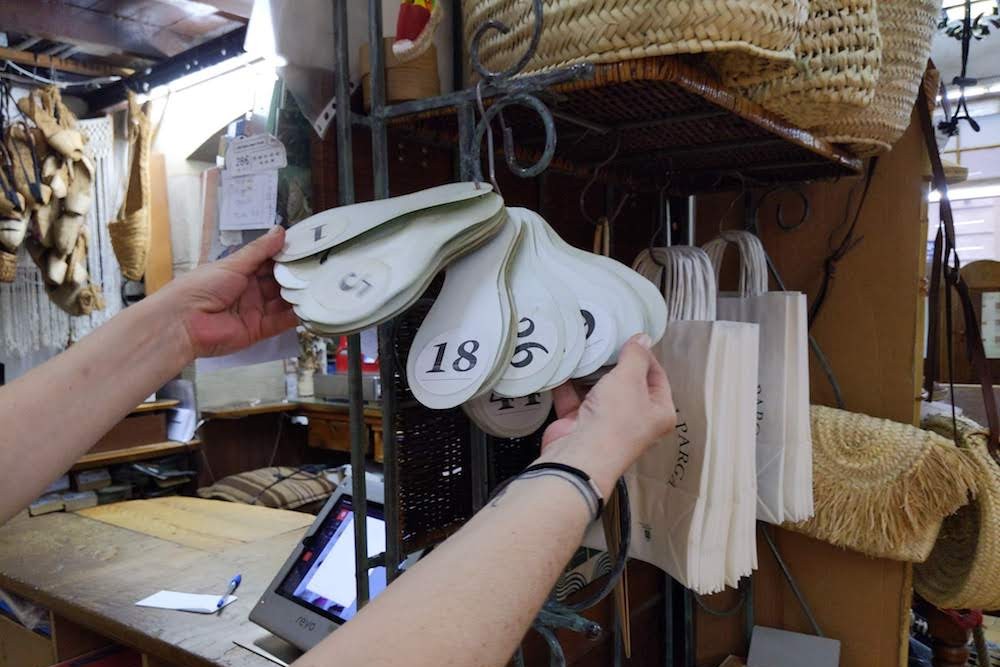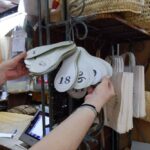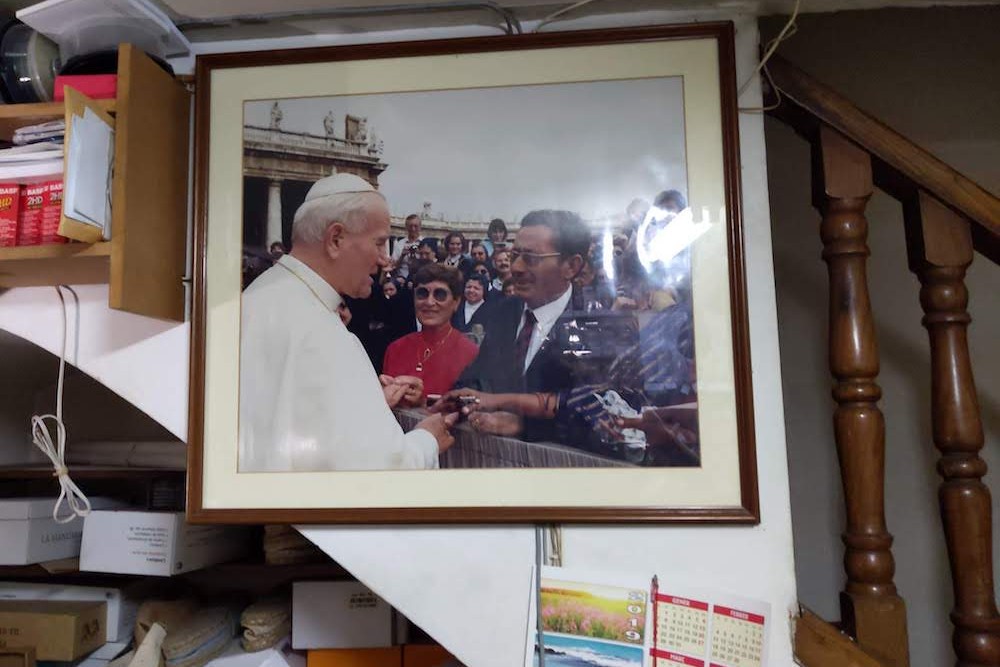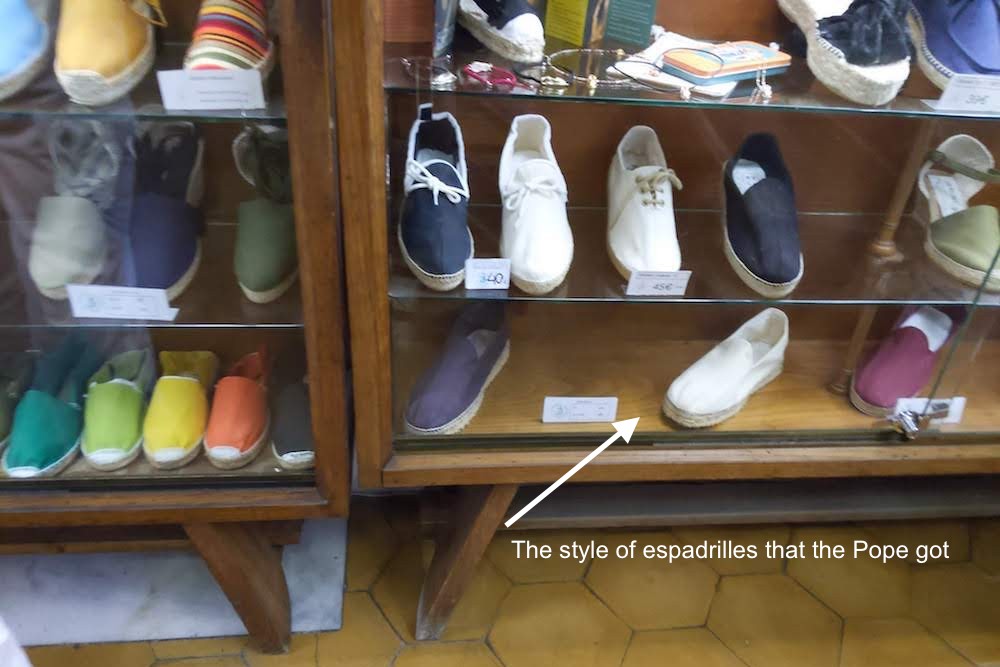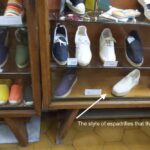Time is running out to book a trip over the December/January holidays. We’ve tapped the experts on Wendy’s WOW List—the well informed, on-the-ground trip planners who’ve been wowing our readers throughout the pandemic—to find destinations that are still able to be booked for Christmas or New Year’s vacations. These are places where they can still find you charming hotel rooms and savvy private guides and can put together a high-caliber trip.
To understand what makes a trip WOW, read these recent reviews from our travelers. And don’t miss the rest of our “Where to Go” series on the best destinations for every month of the year.
Italy

Florence lights up for the holidays. Photo: Shutterstock
Italy was incredibly crowded and pricey this summer. For a true taste of the country, the answer is to go in winter, when the weather is mild and the cities and countryside have a more local flavor. Ride a Vespa around Rome; learn how to row a gondola in Venice; gather with your family at a private villa on Sicily or Lake Como; take in an opera at La Scala in Milan; or stroll holiday markets in the Dolomites.
ASK ABOUT A HOLIDAY TRIP IN ITALY
France
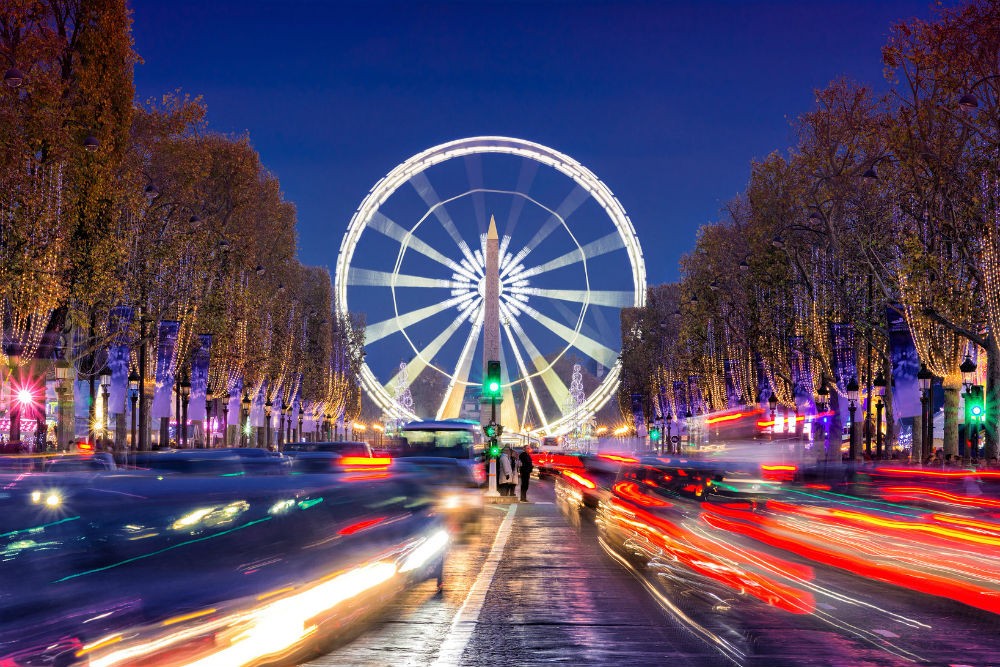
The Champs-Élysées at Christmas time, Paris. Photo: Paris Perfect
If you got shut out of France this summer, now is your chance to book a December trip. The light in Provence in winter is why so many famous artists moved there, and this month is prime time for the region’s acclaimed truffles. Of course, Paris is fabulous for Christmas and New Year’s—the City of Lights gets even more dressed up for the holidays. France’s best Christmas markets are in Strasbourg and run until December 24. If your trip dates include December 25 or 31, don’t worry that everything will be closed: The right expert can arrange a private cooking class on Christmas, or concert tickets on New Year’s Eve.
ASK ABOUT A HOLIDAY TRIP IN FRANCE
Costa Rica
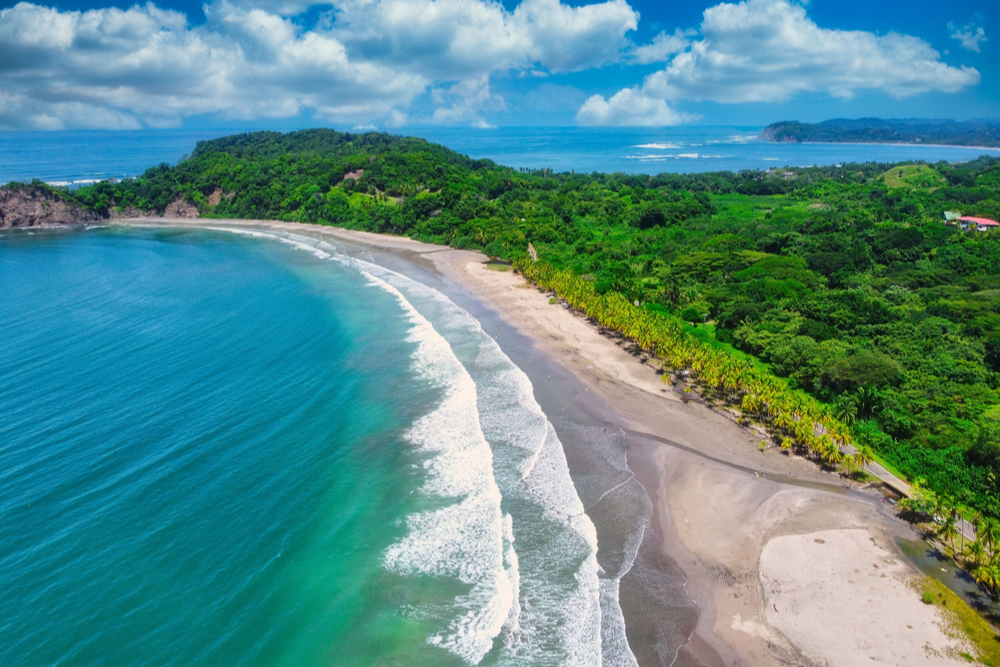
Carrillo and Samara Beaches, Costa Rica.
From beach to cloud forest to volcanoes, Costa Rica packs a lot of highlights in a small country. The skies are generally dry in December, but the land is lush and green from the recent rainy season. If you’re having trouble finding hotel rooms for your family over the holidays, our experts can help: They’ve blocked rooms at their favorite properties expressly for you last-minute planners.
ASK ABOUT A HOLIDAY TRIP IN COSTA RICA
Belize
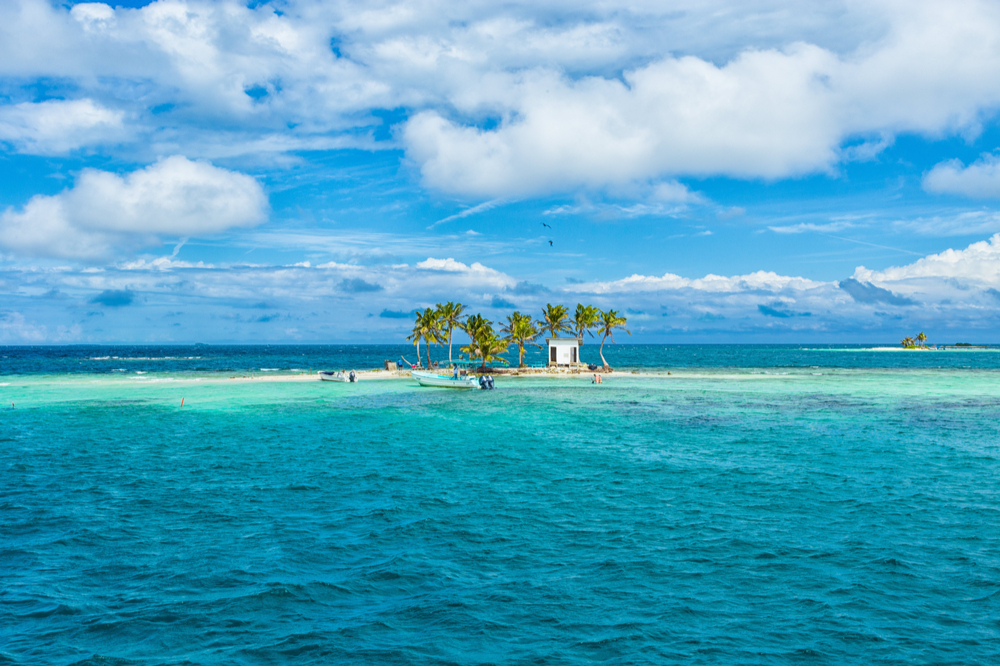
Belize. Photo: Shutterstock
Nonstop flights to Belize take off from several U.S. cities that are only about three hours away. Once you’re there you can explore world-class coral reefs, visit uncrowded Mayan ruins, learn to scuba dive as Wendy’s son did, fish for 100-pound tarpon (which kept her husband busy), and laze beside sparkling Caribbean waters. Accommodations range from beach resorts to overwater bungalows to remote jungle tree houses. If you’re traveling the week leading up to Christmas, you can even charter your own private yacht to enjoy fabulous snorkeling, sunbathing, kayaking, and endless horizons.
ASK ABOUT A HOLIDAY TRIP IN BELIZE
Canadian Rockies
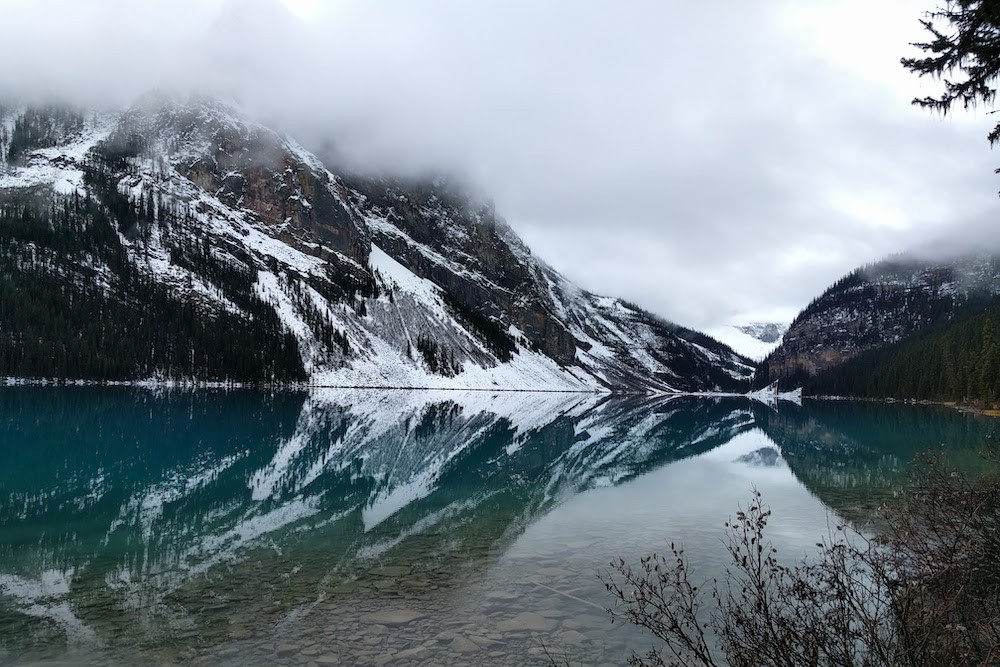
Lake Louise. Photo: Billie Cohen
The Rockies are absolutely gorgeous when covered with snow, making it a winter wonderland that is perfect for the active family…think snowshoeing, sleigh rides, and ice canyons. You can go dogsledding near Lake Louise, cross-country skiing near Jasper, and snowmobiling outside Banff. Wind down your day in a cozy private cabin or a cushy resort with spa treatments to ease any sore spots from your snowy adventures.
ASK ABOUT A HOLIDAY TRIP IN THE CANADIAN ROCKIES
London
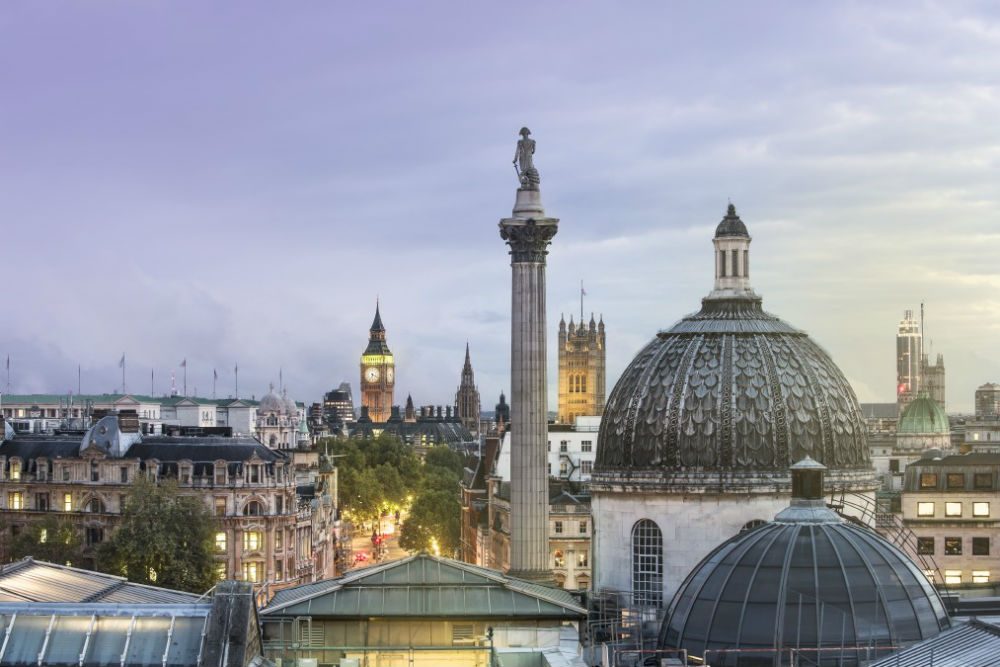
London skyline. Photo: Julian Love/London and Partners – Visit London
Enjoy a Dickensian Christmas in London, which puts on a display of spectacular lights and holiday markets. A knowledgeable local guide can make the city’s stories come alive, whether via an after-hours tour of the Tower of London, an exploration of the city’s street-art scene, or a pub crawl to the best local watering holes.
ASK ABOUT A HOLIDAY TRIP IN LONDON
A castle in the English countryside

Broughton Hall, in the Yorkshire Dales, at Christmastime.
Looking for a place to gather with extended family? Consider a stately home—even your very own castle—that suits a group of 16 or more in England. These houses are tastefully decorated throughout, tree and all, and come fully staffed, so you need not worry about cooking or cleaning over the holidays. Nearby you’ll often find Christmas markets to stroll, but you can just as easily stay on property and enjoy plenty of activities that bring your family together and put you in the Christmas spirit: wreath-making workshops, cocktail masterclasses, even a brass band recital.
ASK ABOUT A MANOR HOME IN THE ENGLISH COUNTRYSIDE
Panama
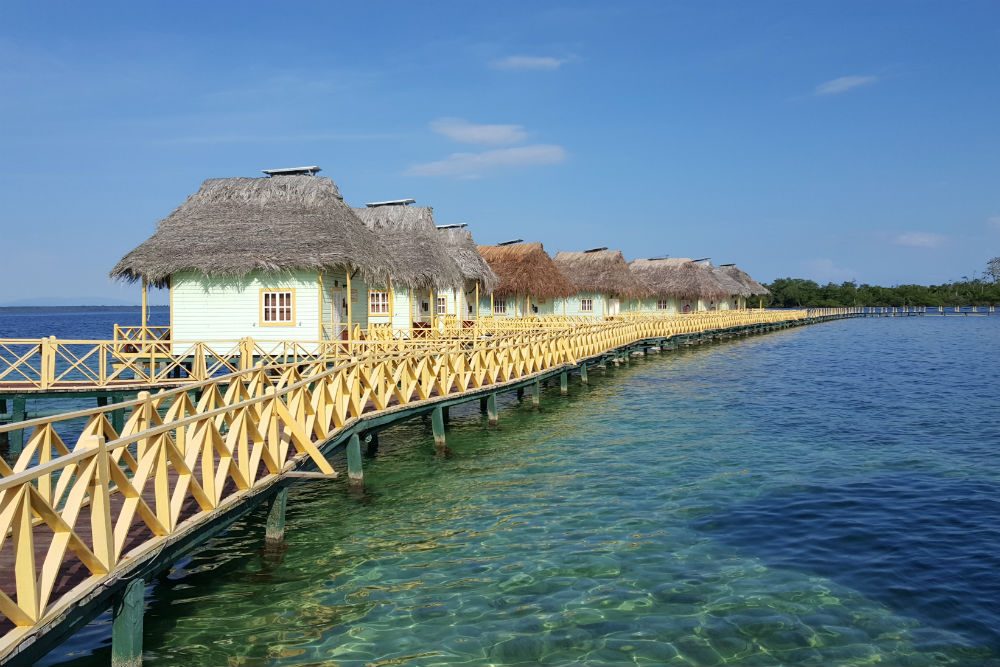
Bocas del Toro on Panama’s Caribbean Coast. Photo: Costa Travel
Under-the-radar Panama has hotels and private villas on both the Caribbean and Pacific coastlines—which deserve to be better known for their diverse marine life and prime surfing spots—not to mention verdant highland landscapes, VIP Panama Canal tours for would-be engineers, and coffee and chocolate fincas that will welcome you for tours and tastes.
ASK ABOUT A HOLIDAY TRIP IN PANAMA
Colombia
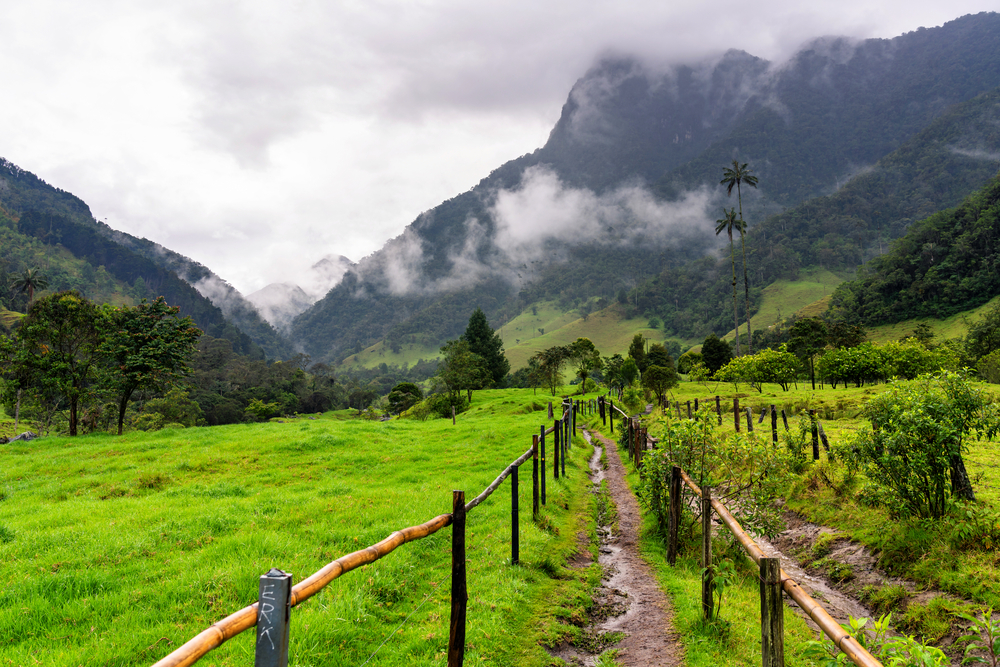
Cocora Valley, Colombia.
Colombia’s charms range from Bogota, sitting 8,000 feet up in the Andes, to Cartagena, with its charming walled Old City on the Caribbean coast. In between you’ll find boutique haciendas in the coffee regions, cable cars to scale the mountains around Medellin, and a rich diversity of wildlife. The interior cities are quieter over the holidays—a plus when it comes to exploring museums and navigating traffic—while places along the coast often demand multi-night stays. Not all of Cartagena’s beaches are alike; work with an expert to find the right strand for you.
ASK ABOUT A HOLIDAY TRIP IN COLOMBIA
Norway

Northern lights in Norway.
Enjoy a cozy holiday with your family in Norway: Ride a sled pulled by reindeer in search of the northern lights, go snowmobiling above the Arctic Circle, learn about the indigenous Sami culture, enjoy locally sourced meals inside your timber lodge or ice hotel, and warm up between outdoor pursuits in a wood-fired sauna.
ASK ABOUT A HOLIDAY TRIP IN NORWAY
The Maldives
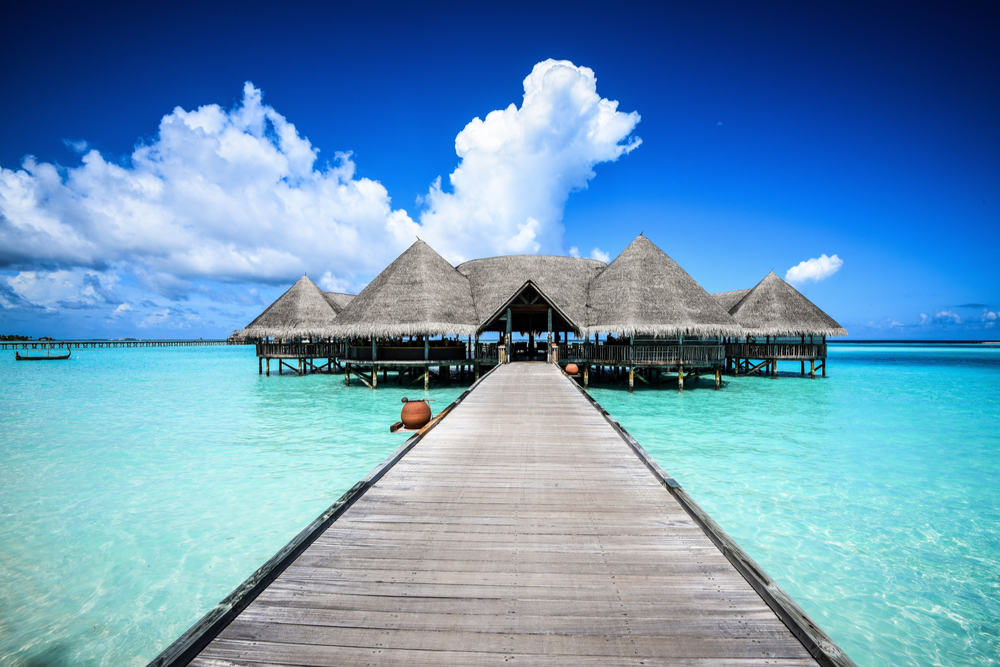
Gili Lankanfushi, Maldives. Photo: Shutterstock
What better tropical getaway than jetting off to these idyllic islands in the Indian Ocean? Most are home to just a single resort, where you can spend your days snorkeling with manta rays, digging your toes into the sand at beachside restaurants, and relaxing in your private overwater bungalow. Pure bliss.
ASK ABOUT A HOLIDAY TRIP IN THE MALDIVES
The Alps
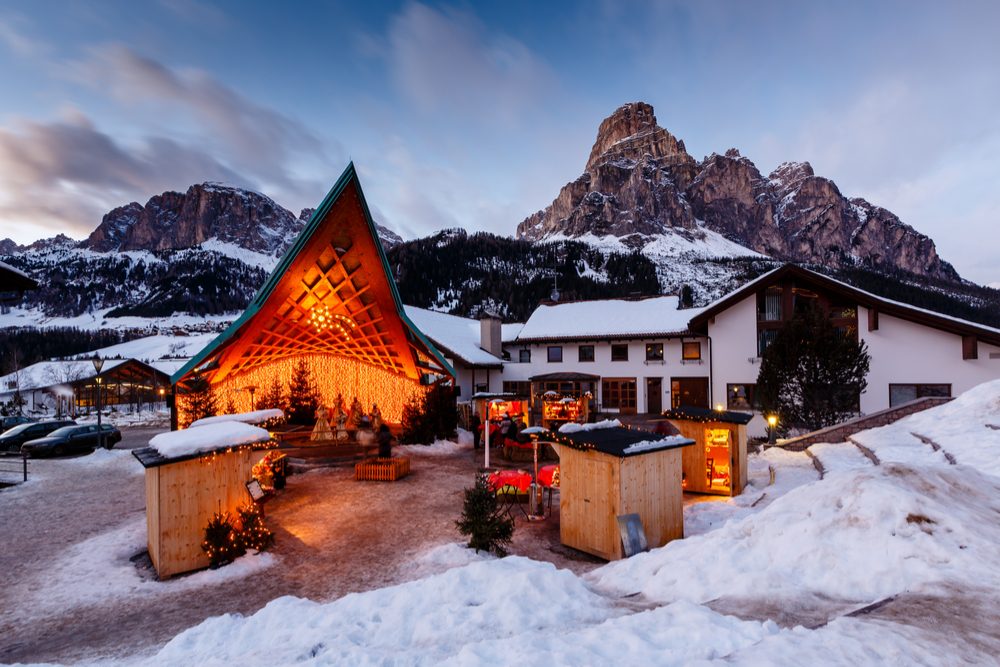
Corvara ski resort, Alta Badia, Dolomites Alps, Italy. Photo: Shutterstock
Wintertime Alpine fun comes in many flavors, from rustic huts on the Italian slopes to chic French ski towns to Zermatt’s après-ski scene. Whether you’re after a private guide to take you off-piste skiing, a hut-to-hut adventure, or a more civilized locale with options for non-skiiers, we can probably connect you with the right expert. Deciding between the Alps or a ski trip out west? You’ll pay more for the flights to Europe, but lift tickets there are considerably more affordable.
ASK ABOUT A HOLIDAY TRIP IN THE ALPS
Mexico
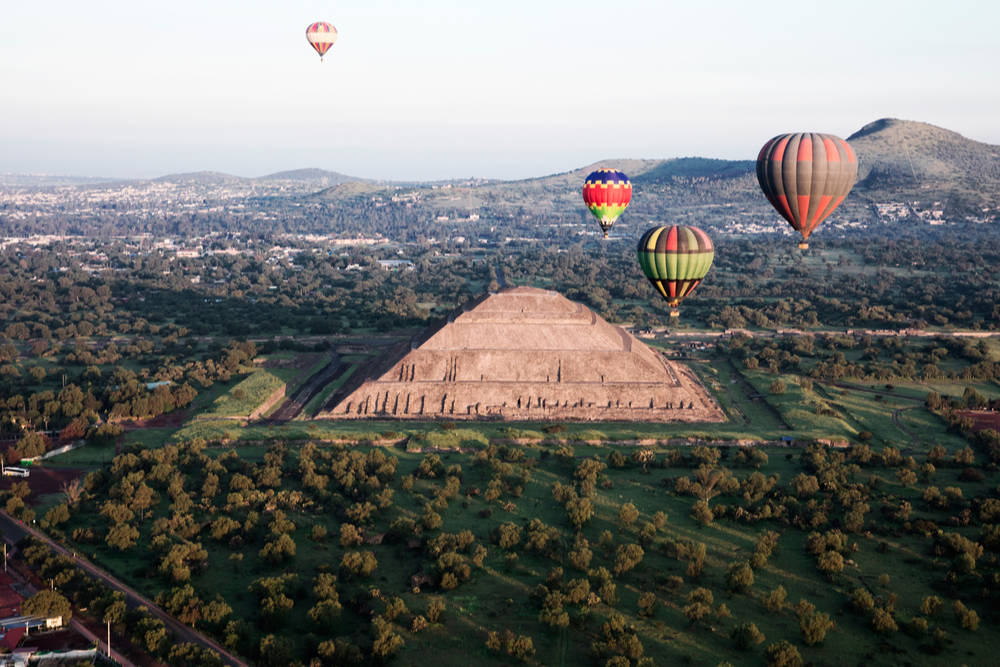
Mexico City is vibrant with arts, restaurants, and parks—and the historic Teotihuacan pyramid is nearby too. Photo: Shutterstock
Our southern neighbor is a perennial favorite for the winter holidays, but several corners of the country still have good availability in December. Head to the Riviera Nayarit, north of Puerto Vallarta, or to Los Cabos for gorgeous beaches and great dining options. For an urban experience without the crowds (because the locals are all at the beach), try Mexico City, where the springlike weather brings warm days and cool evenings. Southeast of the capital is Puebla, known for its colonial history, colorful architecture, and culinary and art scenes. And on the Yucatán Peninsula there’s Mérida, a hotspot during both the Mayan and colonial eras, today rich in history and culture.
ASK ABOUT A HOLIDAY TRIP IN MEXICO
Galapagos Islands and Ecuador
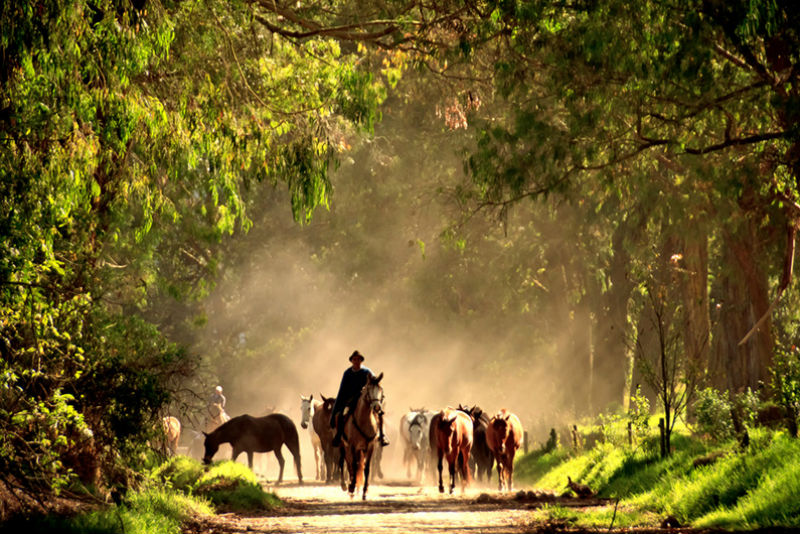
Hacienda Zuleta, Ecuador. Photo: Hacienda Zuleta
Options are dwindling in the Galapagos for the holiday weeks, but availability is easier to come by at Galapagos hotels than for boat-based journeys. In mainland Ecuador, where December temperatures are in the 70s, it’s easy to combine Quito’s Old Town with a historic hacienda in the nearby Andean highlands, where you can explore craft villages, hike in ecological reserves, and horseback ride among quilt-like pastures.
ASK ABOUT A HOLIDAY TRIP IN THE GALAPAGOS AND ECUADOR
Peru
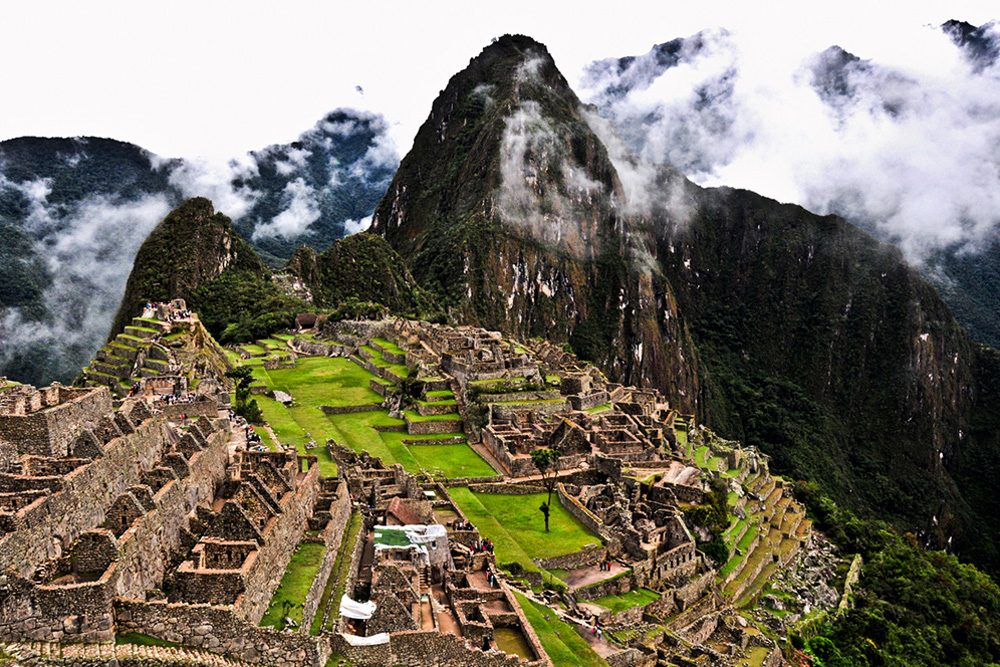
The ruins at Machu Picchu, Peru. Photo: Aracari
Imagine spending the holidays at Machu Picchu, or riding the rails in luxury on the Andean Explorer train line from Cusco to Lake Titicaca to Arequipa. There can be afternoon showers in Peru at this time of year, but smart planning can focus your outdoor activities on the mornings—you can even hike the last few miles of the Inca Trail and arrive at Machu Picchu via the Sun Gate, which has a spectacular, panoramic view of the ruins.
ASK ABOUT A HOLIDAY TRIP IN PERU
Safari in Botswana or Zimbabwe
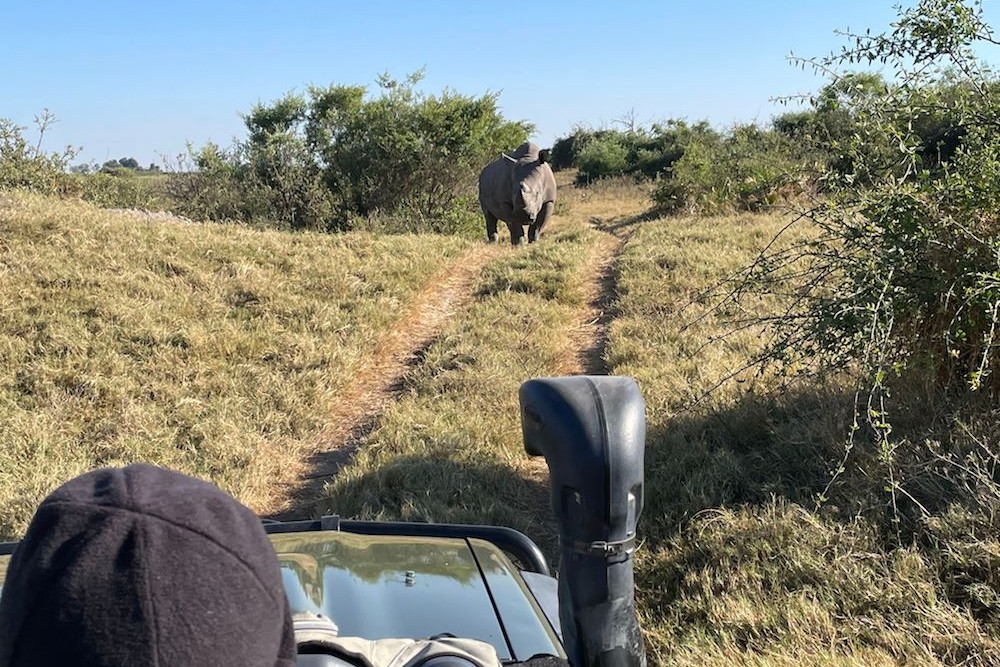
Rhino-spotting on safari in Botswana. Photo: Brook Wilkinson
South Africa and Kenya may be booked up, but there’s still availability in Botswana and Zimbabwe, where December falls during the green season. In return for the possibility of an afternoon or evening rain shower you get lush vegetation (which makes for great photos), more prolific predators (because the grazing species are having their babies), and significantly lower rates at many camps and lodges.
ASK ABOUT A HOLIDAY SAFARI
Antarctica Cruises
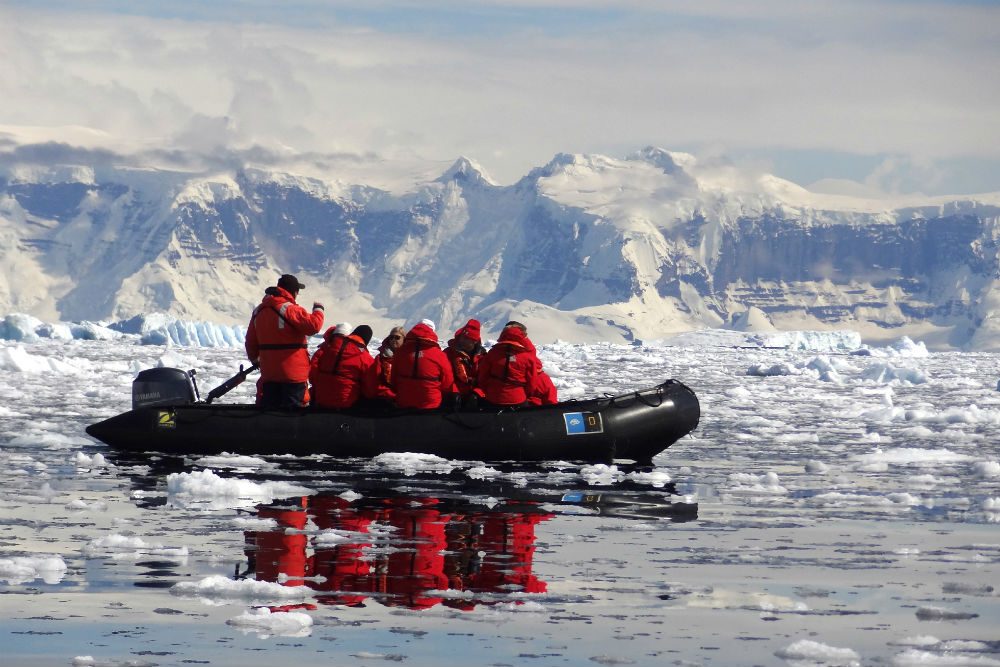
Zodiac cruise through the ice, Antarctica. Photo: Abby Suplizio
If seeing wildlife is your goal, the latter half of December is the very best time to cruise to Antarctica. By then, thousands of penguins, including their fluffy chicks, have made their home along the coastline, the sea ice has usually broken up enough to allow great access, and the weather is generally better than earlier or later in the season.
ASK ABOUT A HOLIDAY ANTARCTICA CRUISE
Southeast Asia
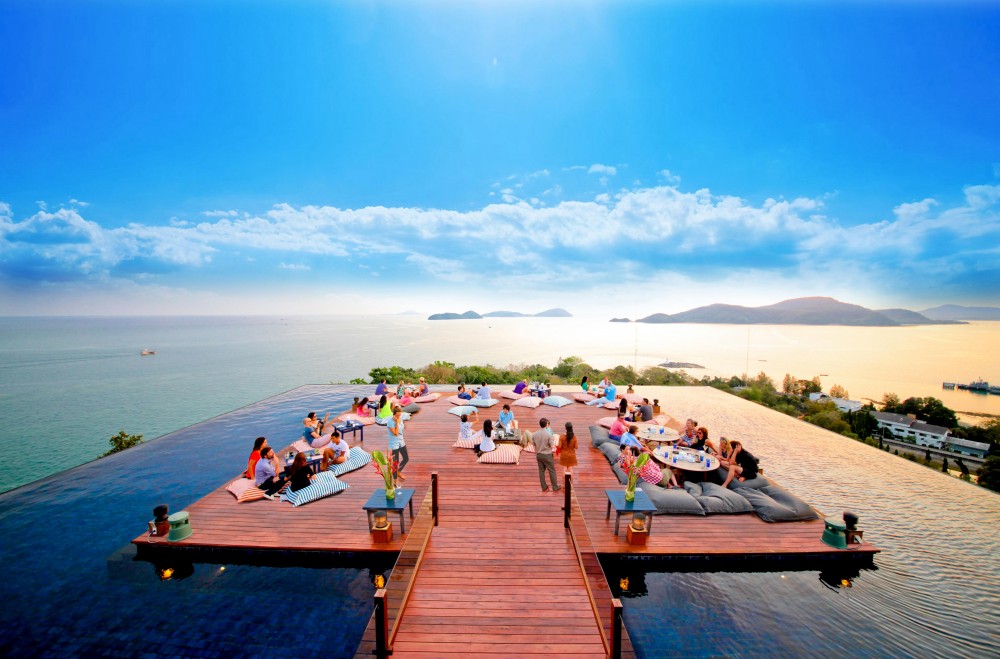
Sri Panwa, Phuket, Thailand.
2023 is Southeast Asia’s moment: Nonstop flights are coming back, and the crowds that descended on Europe this summer haven’t yet arrived. With so many great new hotels opening in Bangkok, it won’t be hard to find room over the holidays; there are still rooms aplenty in Hanoi and Saigon too. Flight options into Cambodia are more limited, but the reward is wide hotel availability in Siem Reap, and far fewer tourists at Angkor Wat than you’d have seen there in December 2019.
ASK ABOUT A HOLIDAY TRIP IN SOUTHEAST ASIA
Bora Bora and Tahiti (French Polynesia)
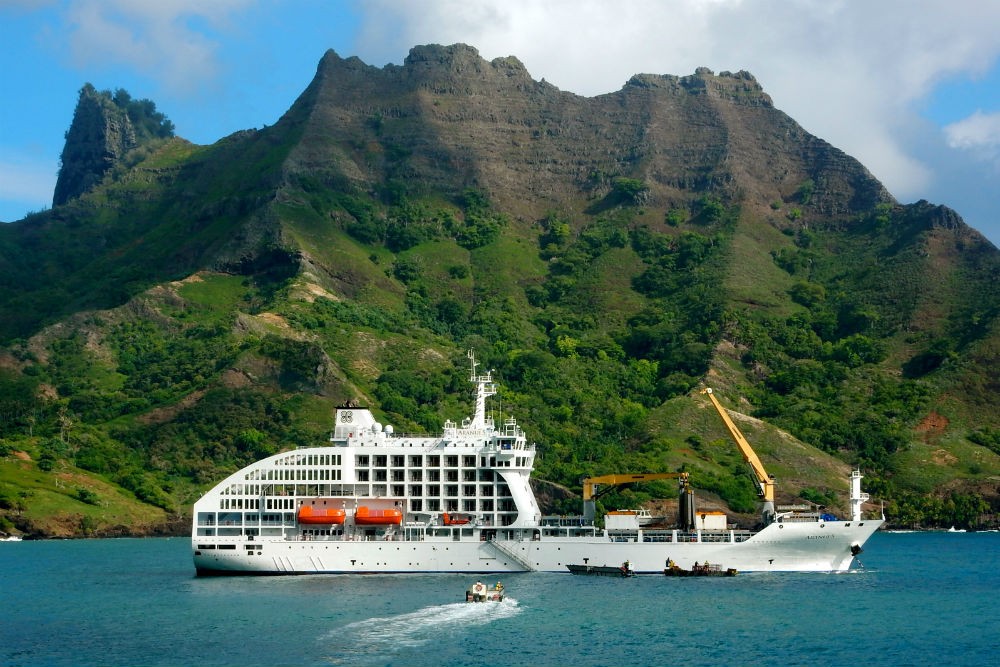
The Aranui 5.
Many resorts are booked up for the period between Christmas and New Year’s, but you can still snag an idyllic overwater bungalow for the week leading up to Christmas. You can also still book a cabin on the Aranui 5, a supply boat that doubles as a passenger ship and sails 12-day itineraries through the remote Marquesas archipelago.
ASK ABOUT A HOLIDAY TRIP IN FRENCH POLYNESIA
Europe’s Christmas Markets

Warsaw’s Christmas market. Photo: Polish Tourist Board
Many of Europe’s charming Christmas markets close on December 24, but a growing number are staying open past the holiday. That’s true at many markets in Austria, Hungary, the Czech Republic, Poland, and Belgium; in the Netherlands, the Amsterdam Light Festival runs all the way until January 22. A savvy specialist will work your itinerary to hit the markets that still have a truly local feel.
ASK ABOUT A CHRISTMAS MARKETS TRIP
Sri Lanka
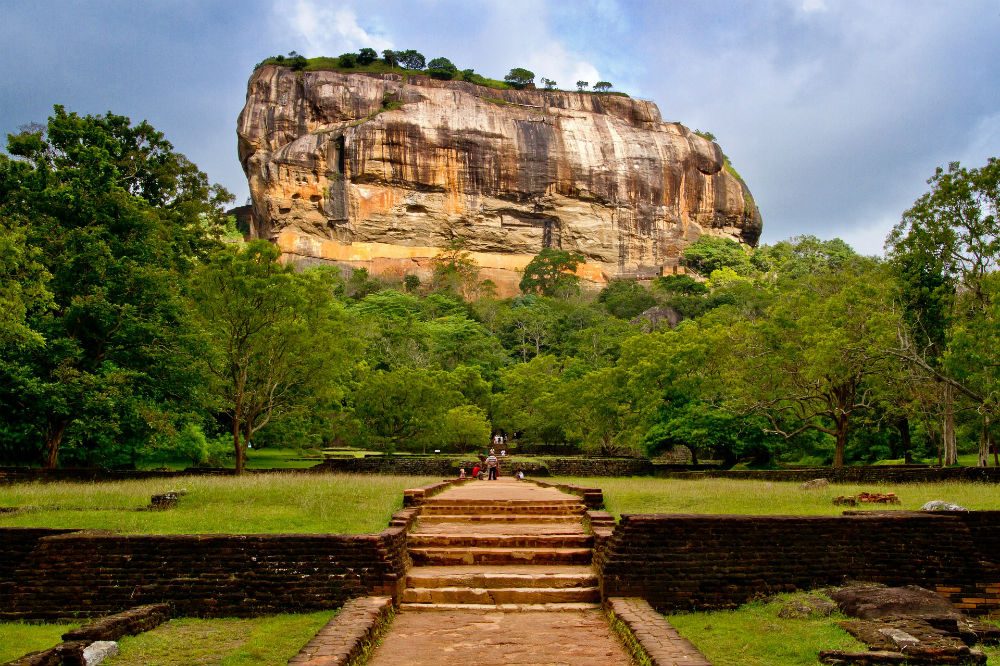
Sigiriya Rock, Sri Lanka. Photo: Pixabay
Last year’s political unrest is over, but Sri Lanka has yet to see tourism bounce back. That’s great news for intrepid travelers: Many hotels aren’t charging peak rates, and the dollar is very strong against the rupee. Combine the country’s cultural landmarks with a scenic train ride through tea plantations in the hill country, then overnight in a tented “cocoon” near a national park that abuts the ocean and offers frequent leopard sightings.
ASK ABOUT A HOLIDAY TRIP IN SRI LANKA
Be a safer, smarter traveler: Sign up for Wendy’s weekly newsletter to stay in the know. And read real travelers’ reviews of Wendy’s WOW List and use it to plan your next trip.
